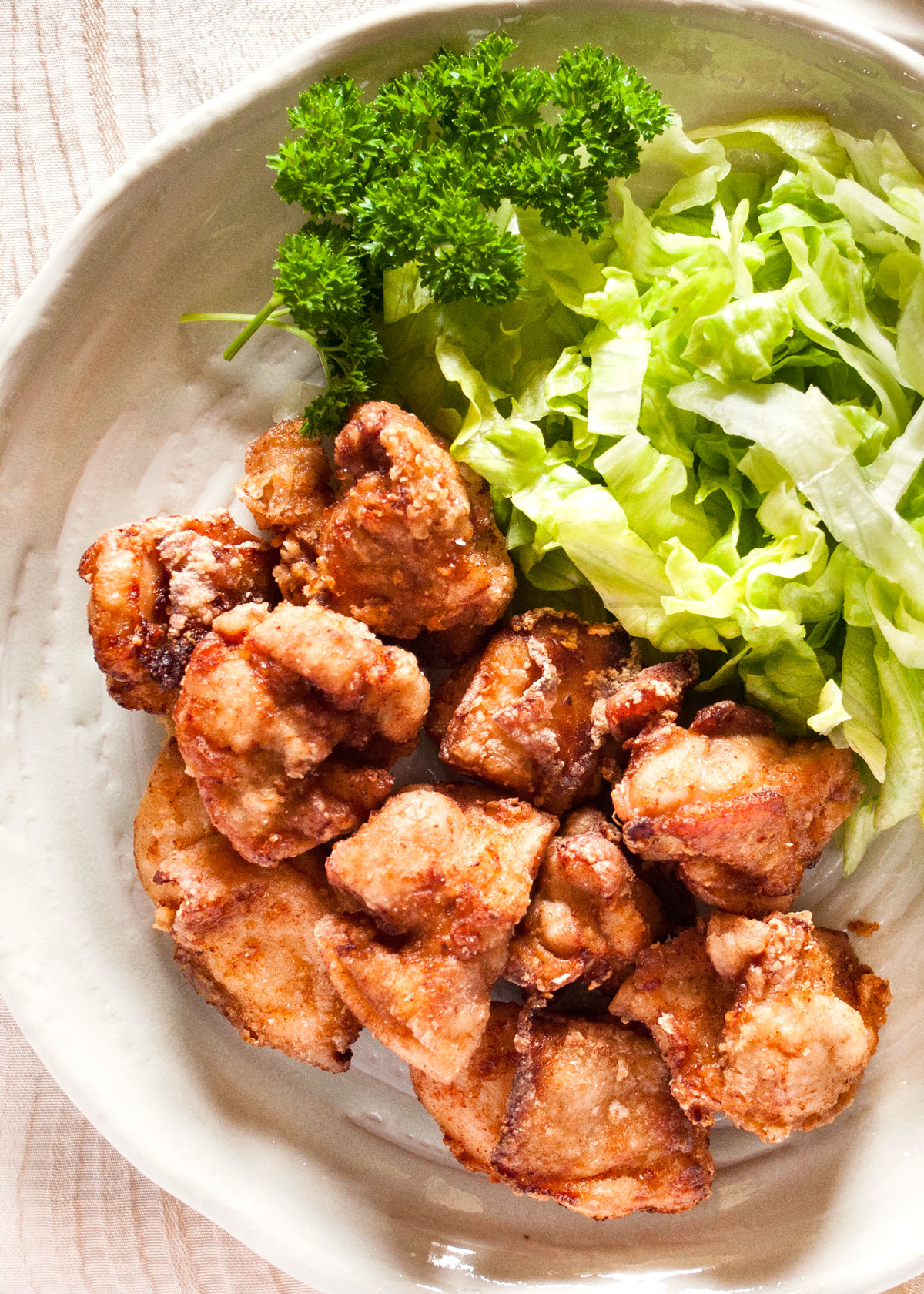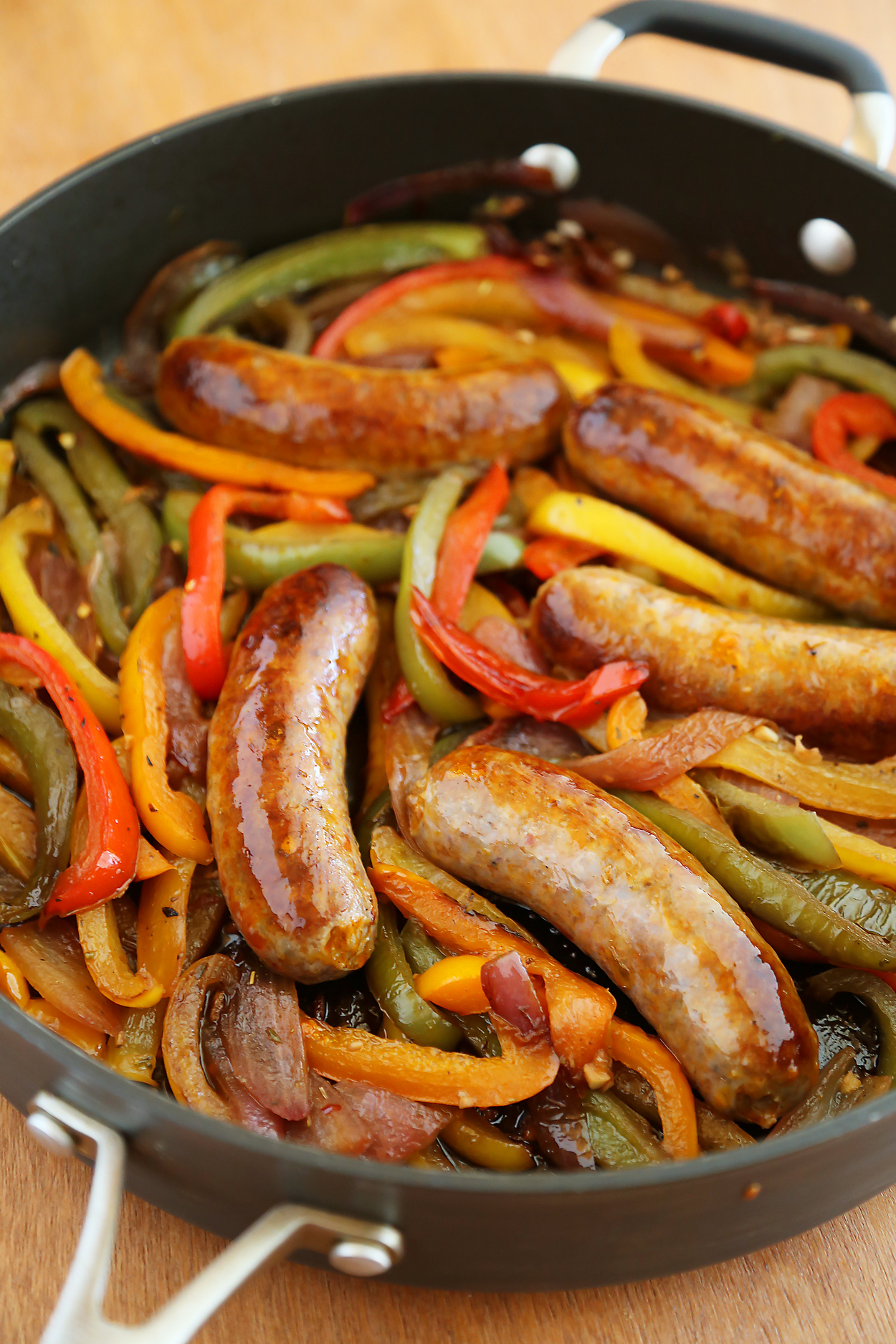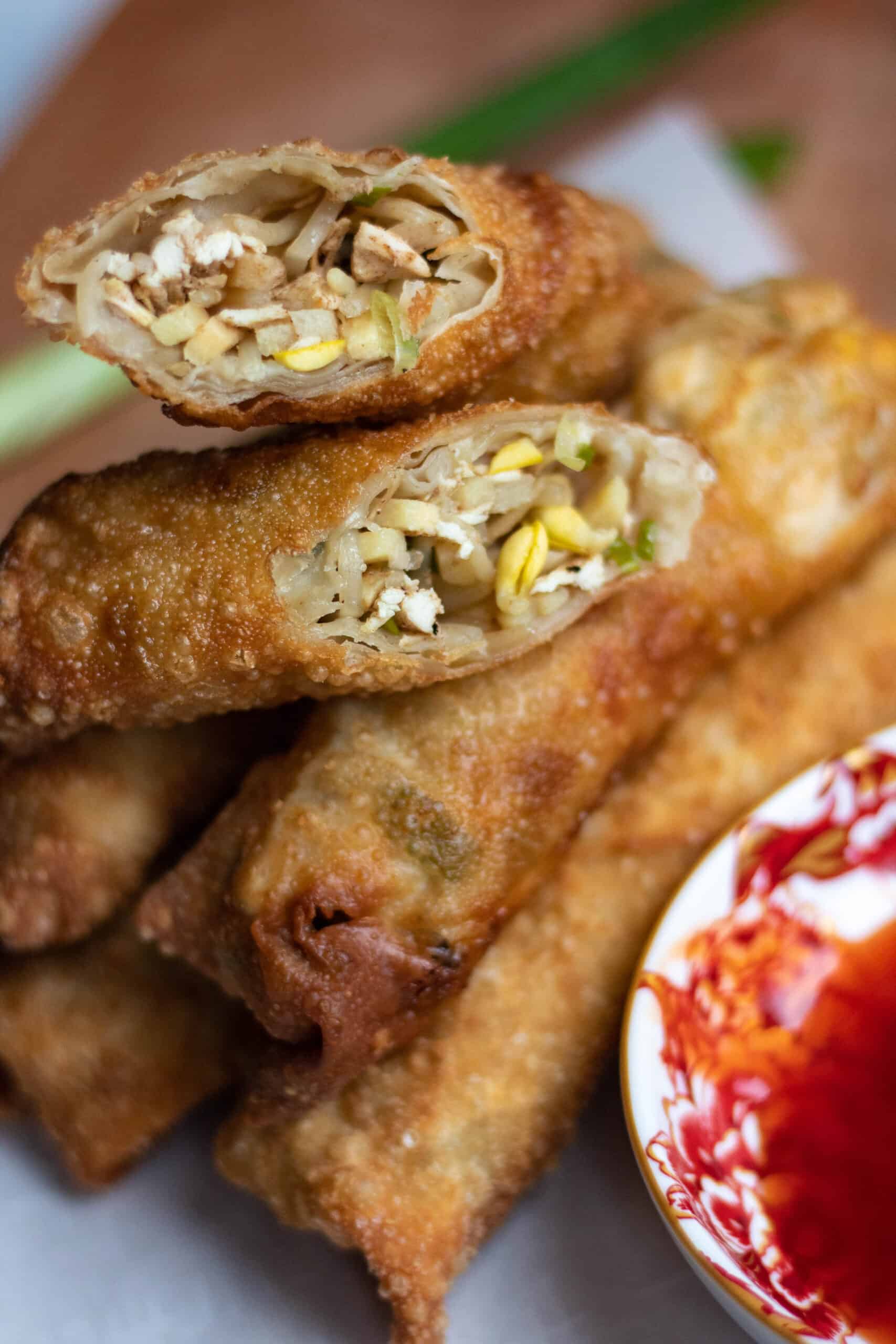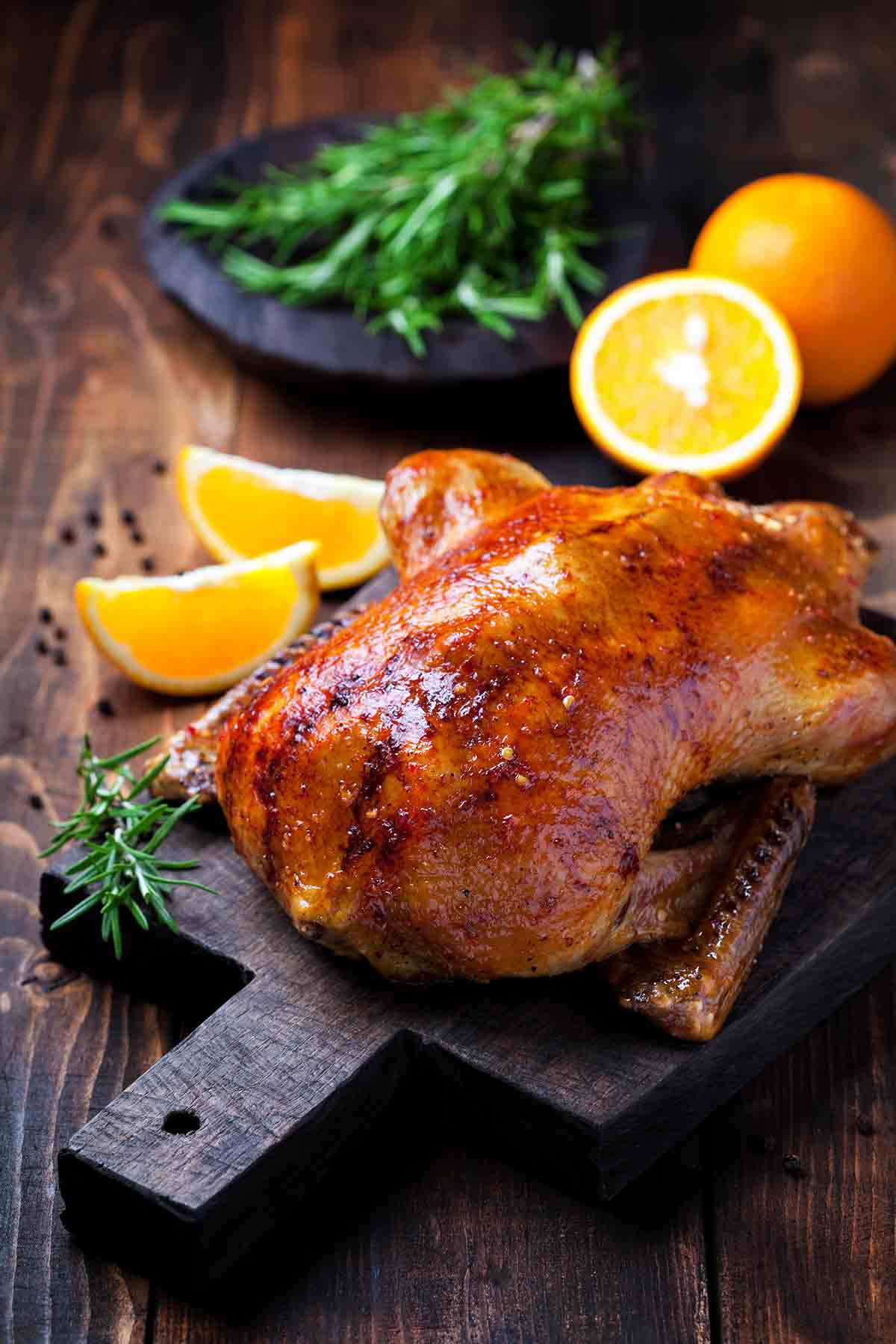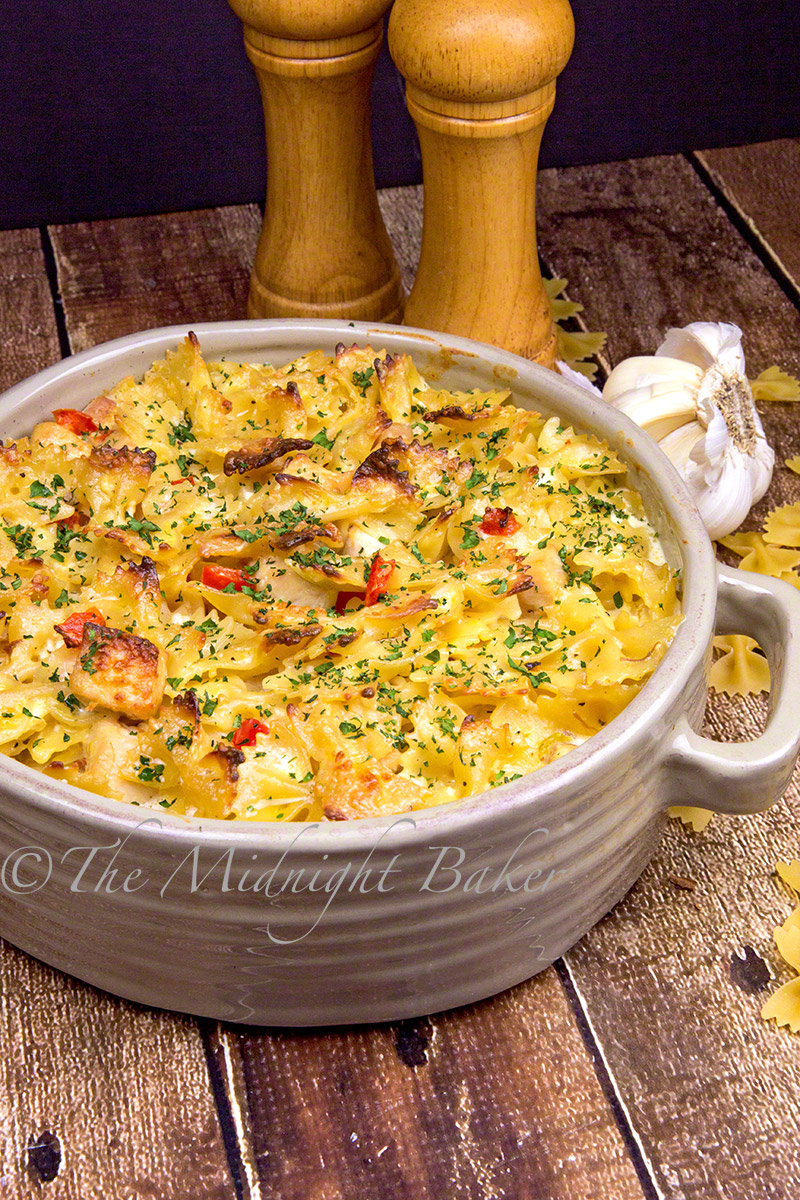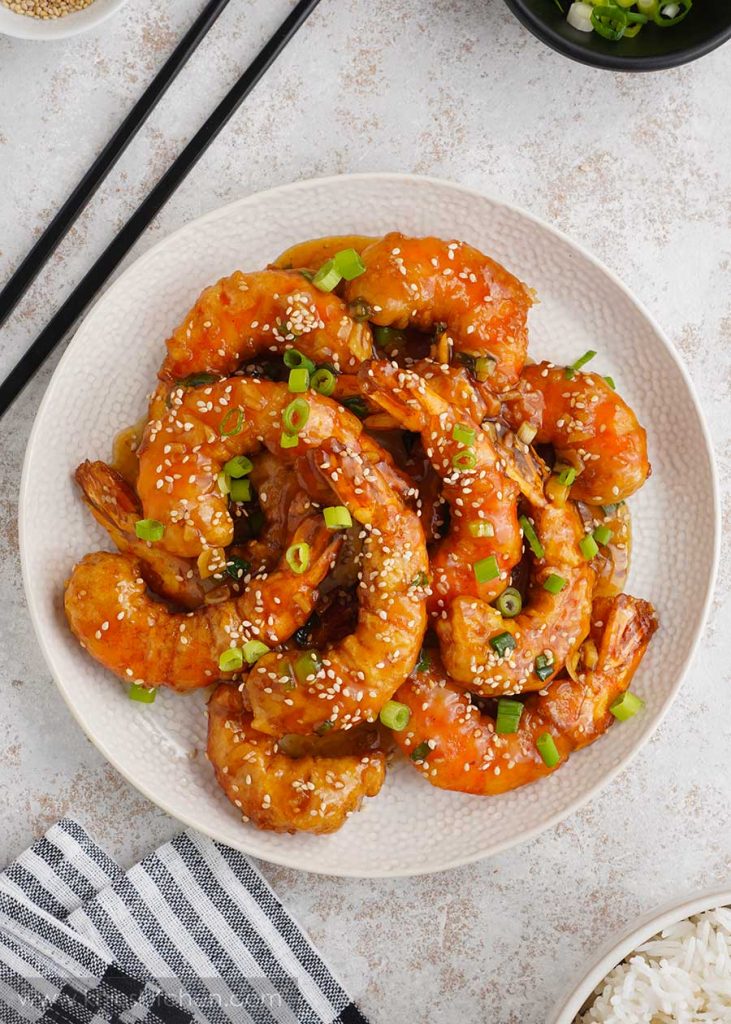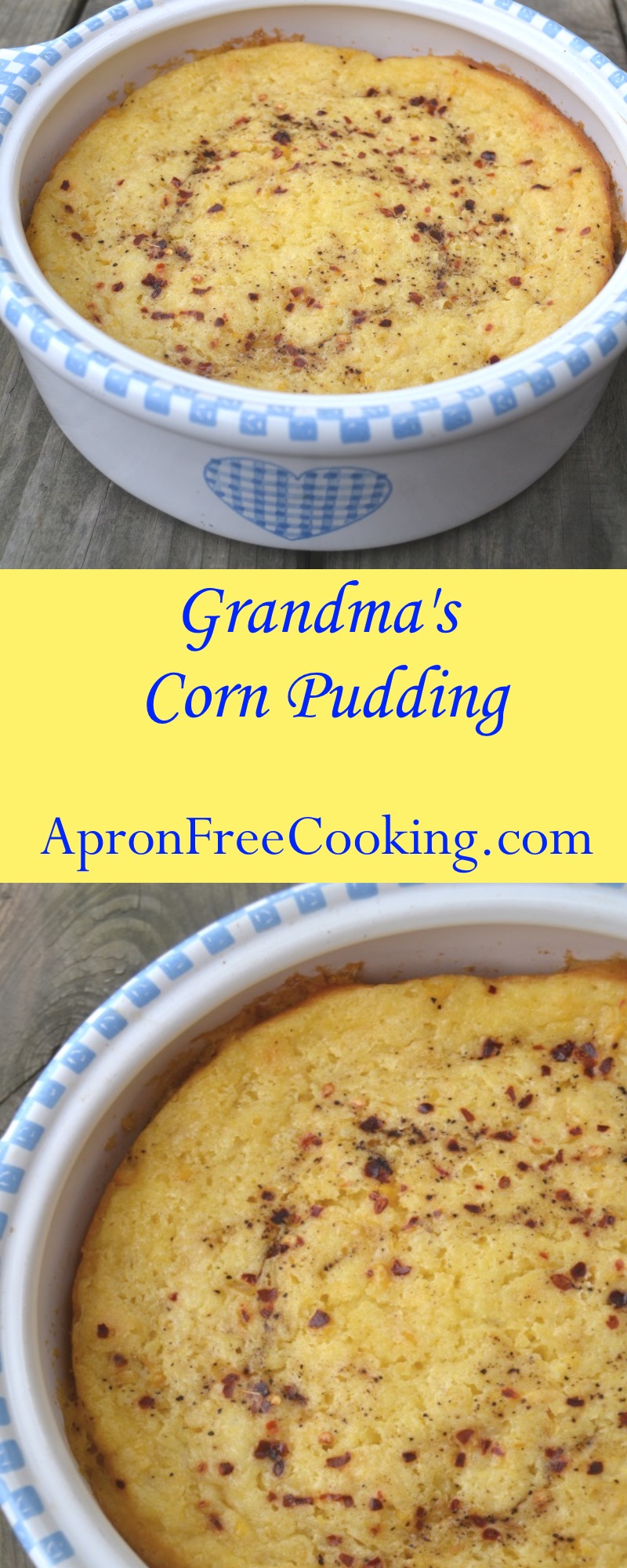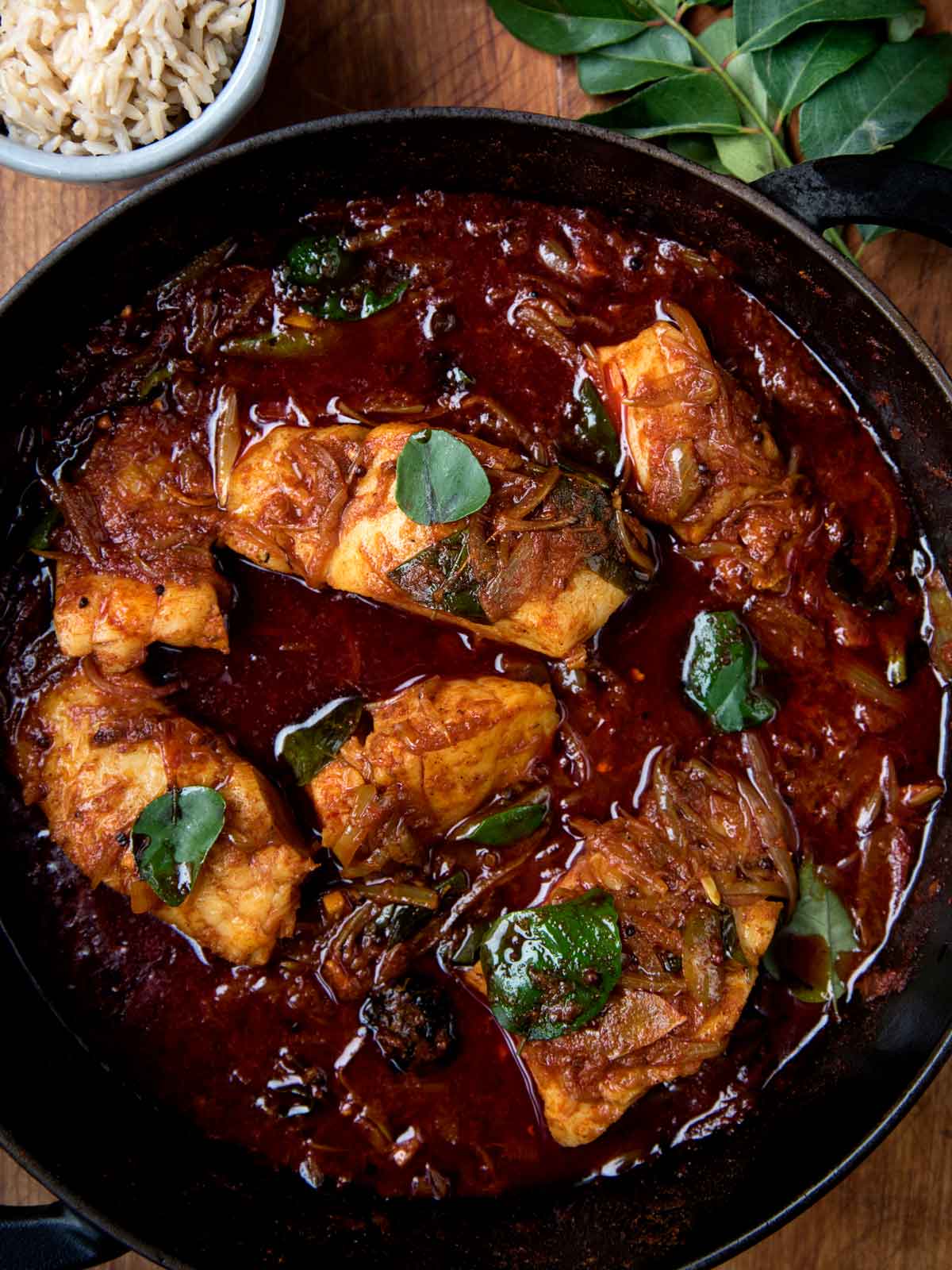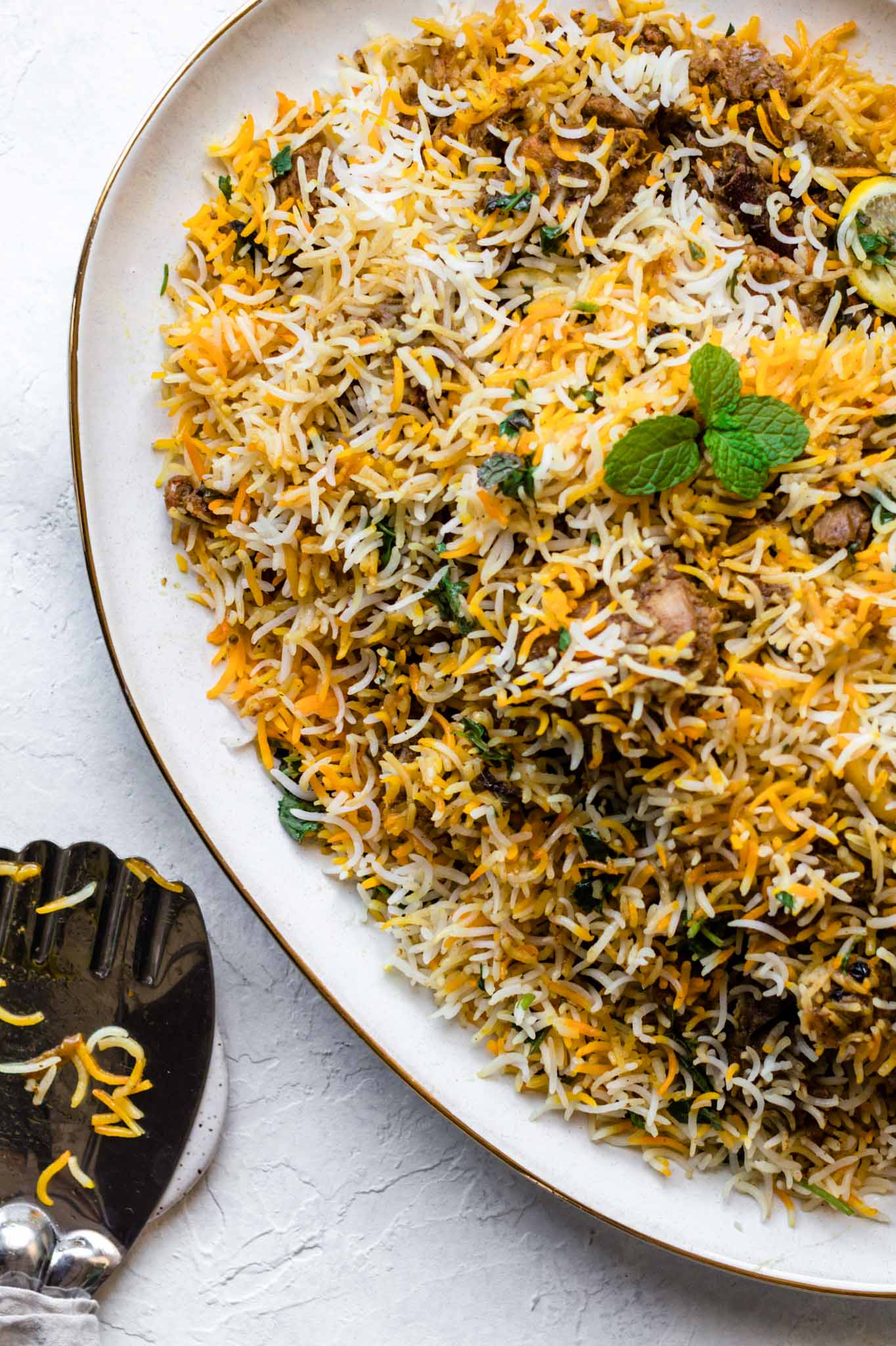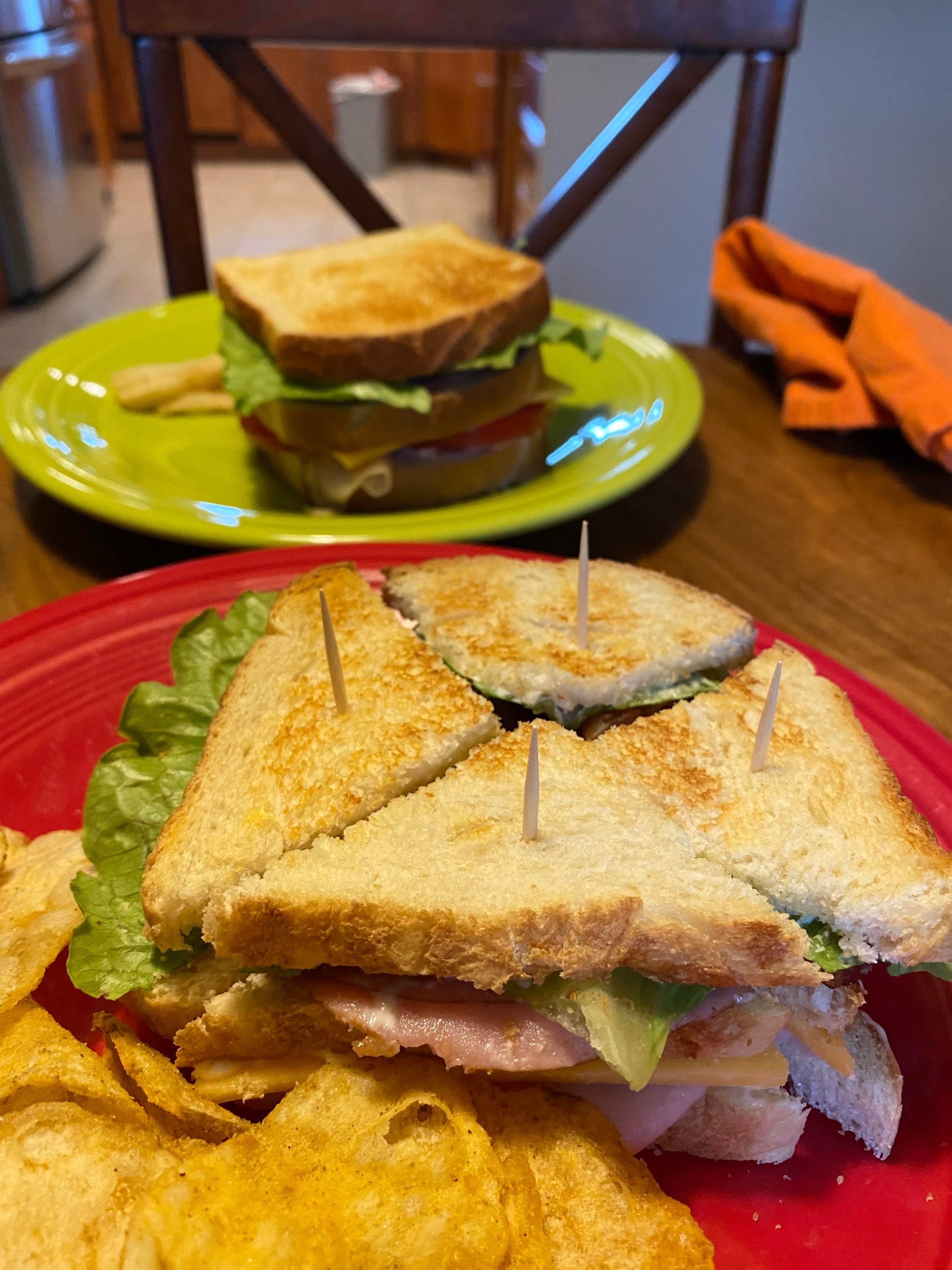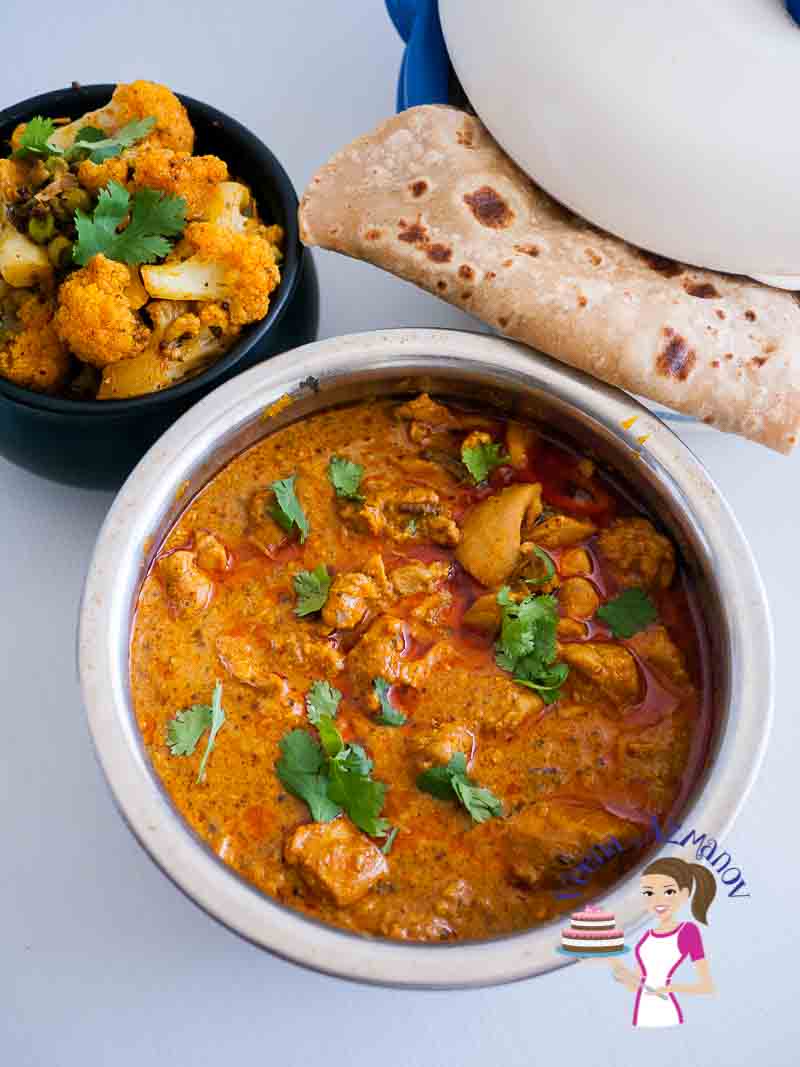Onion bhaji, also known as onion pakora, is a popular Indian snack that has made its way into global cuisine. This delicious fritter is made with onions, chickpea flour, and spices, and is a staple at Indian restaurants and street food stalls. These crispy, golden brown bites are perfect for a quick snack or served as an appetizer. In this article, we will share a traditional Indian onion bhaji recipe that you can easily recreate at home.
The Origin of Onion Bhaji
History and Cultural Significance
Onion bhaji is believed to have originated in the Indian state of Maharashtra, particularly in the city of Mumbai. It was first introduced by the Marathi community and was known as "kanda bhaji," with "kanda" meaning onion in the Marathi language. Over time, the dish gained popularity and spread to other regions of India.
In Indian culture, onion bhaji is often associated with festivals and celebrations, where it is served as a street food or as part of a larger meal. It is also a popular snack during monsoon season, as the rain and cooler weather make it the perfect comfort food.
These crispy fritters are not only a delicious snack but also hold cultural significance in Indian cuisine.
Ingredients and Preparation
Traditional Recipe
The main ingredient in onion bhaji is, of course, onions. They are thinly sliced and mixed with gram flour (also known as chickpea flour), rice flour, and a blend of spices such as cumin, coriander, and turmeric. The batter is then deep-fried until golden brown and crispy.
Some variations of the recipe may also include shredded cabbage or other vegetables such as potatoes or spinach.
Healthier Options
For a healthier alternative, onion bhaji can also be baked instead of fried. Simply place the fritters on a baking sheet lined with parchment paper and bake at 375 degrees Fahrenheit for 15-20 minutes until golden brown.
Additionally, you can use a combination of whole wheat flour and chickpea flour for a higher fiber and protein content.
Serving Suggestions
Accompaniments
Onion bhaji is often served with chutney, a spicy dipping sauce made with herbs, spices, and fruits like mango or tamarind. It can also be served with a side of raita, a cooling yogurt-based sauce, to balance out the spiciness of the fritters.
For a complete meal, onion bhaji can be served with other Indian dishes such as chicken tikka masala or saag paneer.
Presentation
Onion bhaji is traditionally served in a paper cone or on a banana leaf, adding to its street food charm. For a fancier presentation, you can serve the fritters on a platter with a sprinkle of chaat masala, a tangy spice mix.
In Conclusion
Onion bhaji is a delicious and versatile dish that can be enjoyed as a snack or part of a meal. With its crispy exterior and flavorful interior, it is sure to be a crowd-pleaser. By following this traditional Indian onion bhaji recipe, you can bring the flavors of India into your own kitchen and impress your family and friends with your culinary skills.
So why not give this recipe a try and experience the taste of India in every bite?
HTML Code:
<h2>The Origin of Onion Bhaji</h2>
<h3>History and Cultural Significance</h3>
Onion bhaji is believed to have originated in the Indian state of Maharashtra, particularly in the city of Mumbai. It was first introduced by the Marathi community and was known as "kanda bhaji," with "kanda" meaning onion in the Marathi language. Over time, the dish gained popularity and spread to other regions of India.
In Indian culture, onion bhaji is often associated with festivals and celebrations, where it is served as a street food or as part of a larger meal. It is also a popular snack during monsoon season, as the rain and cooler weather make it the perfect comfort food.
<b>These crispy fritters are not only a delicious snack but also hold cultural significance in Indian cuisine.</b>
<h2>Ingredients and Preparation</h2>
<h3>Traditional Recipe</h3>
The main ingredient in onion bhaji is, of course, onions. They are thinly sliced and mixed with gram flour (also known as chickpea flour), rice flour, and a blend of spices such as cumin, coriander, and turmeric. The batter is then deep-fried until golden brown and crispy.
<b>Some variations of the recipe may also include shredded cabbage or other vegetables such as potatoes or spinach.</b>
<h3>Healthier Options</h3>
For a healthier alternative, onion bhaji can also be baked instead of fried. Simply place the fritters on a baking sheet lined with parchment paper and bake at 375 degrees Fahrenheit for 15-20 minutes until golden brown.
<b>Additionally, you can use a combination of whole wheat flour and chickpea flour for a higher fiber and protein content.</b>
<h2>Serving Suggestions</h2>
<h3>Accompaniments</h3>
Onion bhaji is often served with chutney, a spicy dipping sauce made with herbs, spices, and fruits like mango or tamarind. It can also be served with a side of raita, a cooling yogurt-based sauce, to balance out the spiciness of the fritters.
<b>For a complete meal, onion bhaji can be served with other Indian dishes such as chicken tikka masala or saag paneer.</b>
<h3>Presentation</h3>
Onion bhaji is traditionally served in a paper cone or on a banana leaf, adding to its street food charm. For a fancier presentation, you can serve the fritters on a platter with a sprinkle of chaat masala, a tangy spice mix.
<h2>In Conclusion</h2>
Onion bhaji is a delicious and versatile dish that can be enjoyed as a snack or part of a meal. With its crispy exterior and flavorful interior, it is sure to be a crowd-pleaser. By following this traditional Indian onion bhaji recipe, you can bring the flavors of India into your own kitchen and impress your family and friends with your culinary skills.
<b>So why not give this recipe a try and experience the taste of India in every bite?</b>

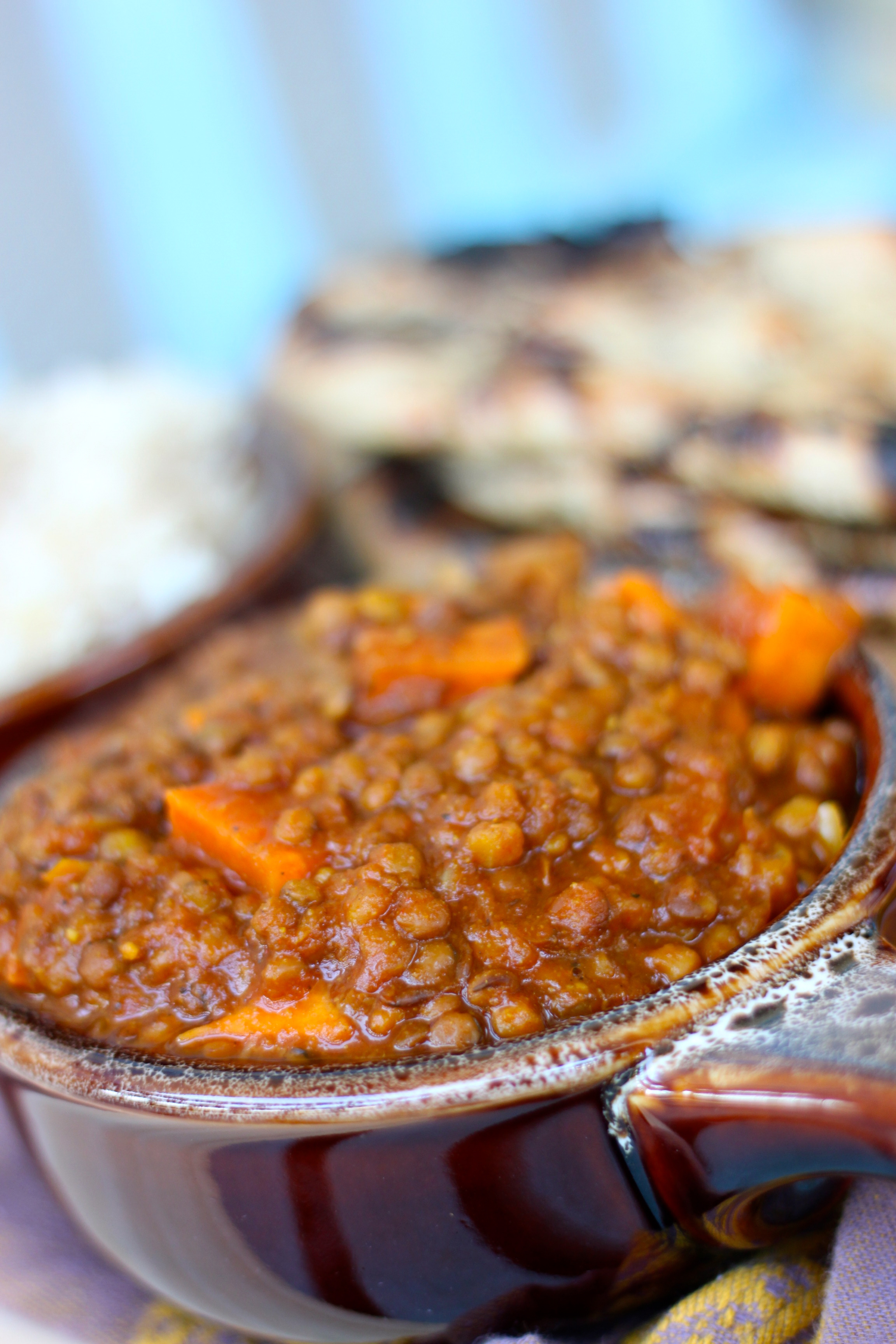

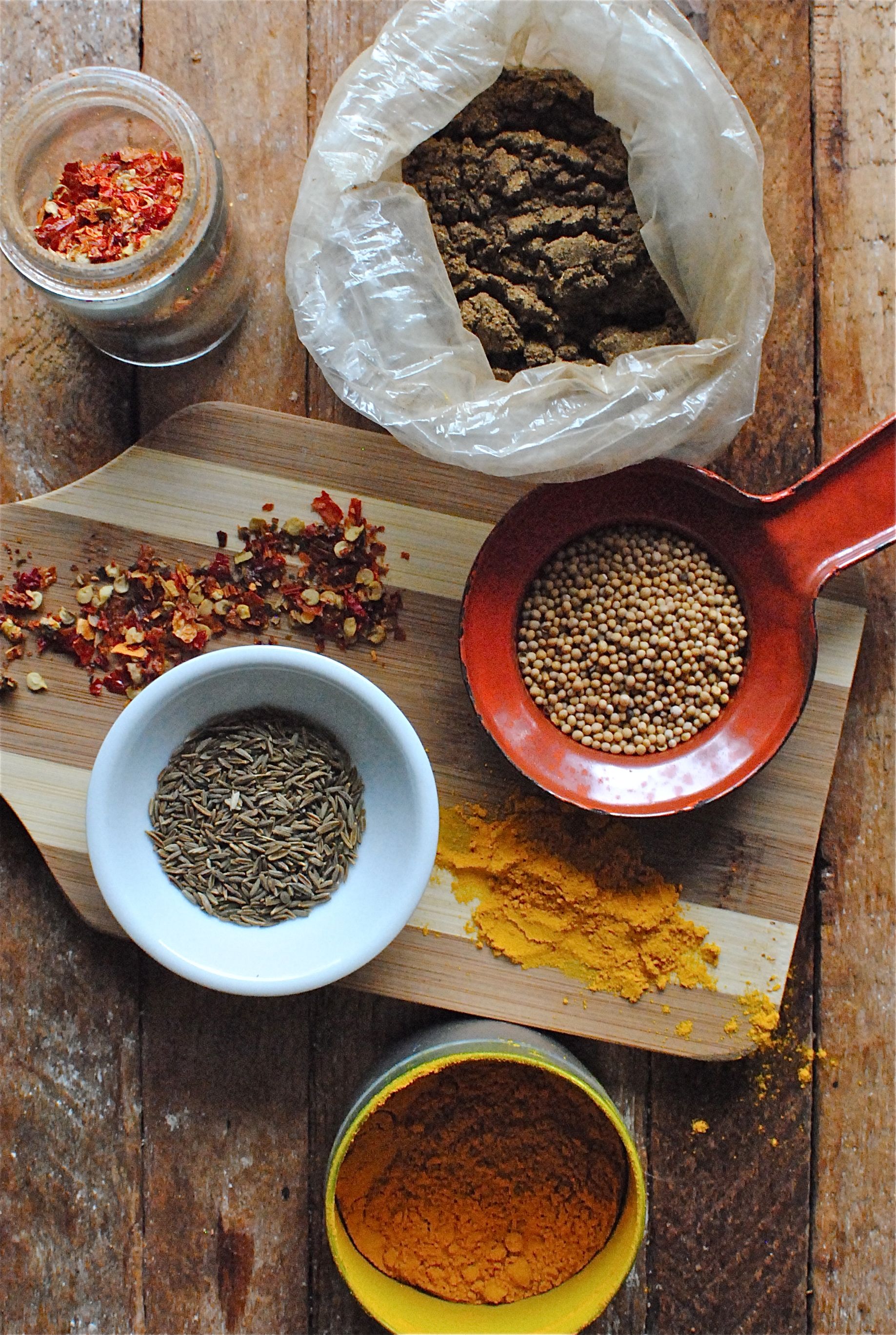





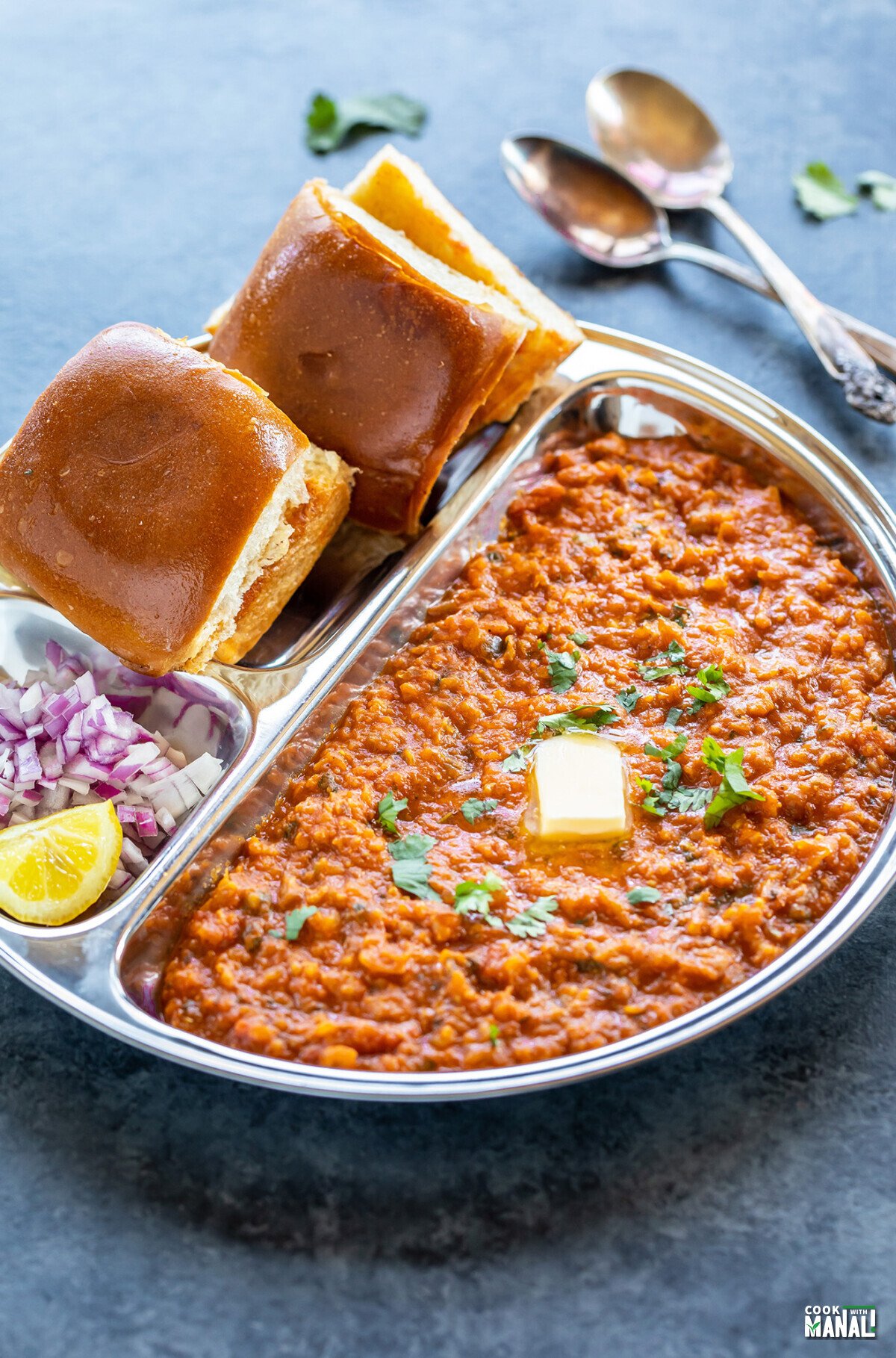
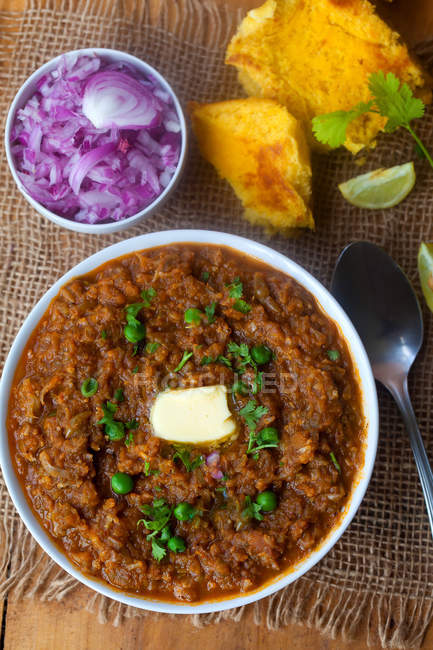




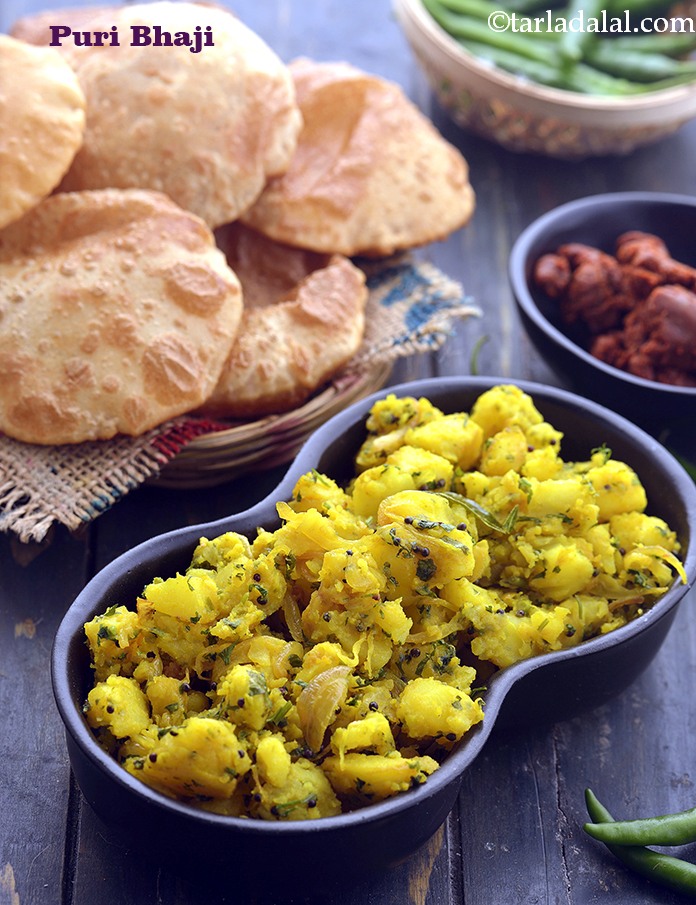
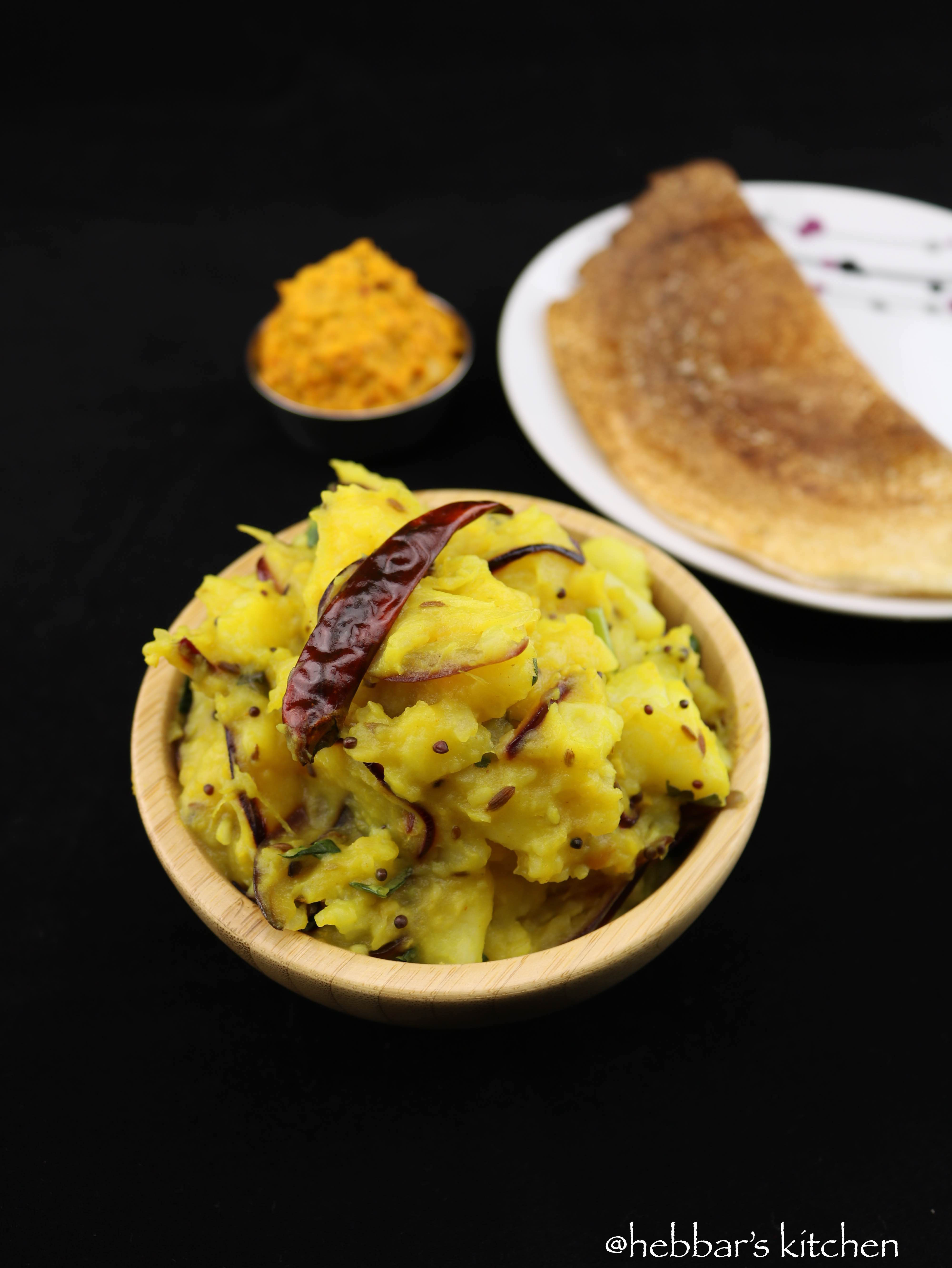
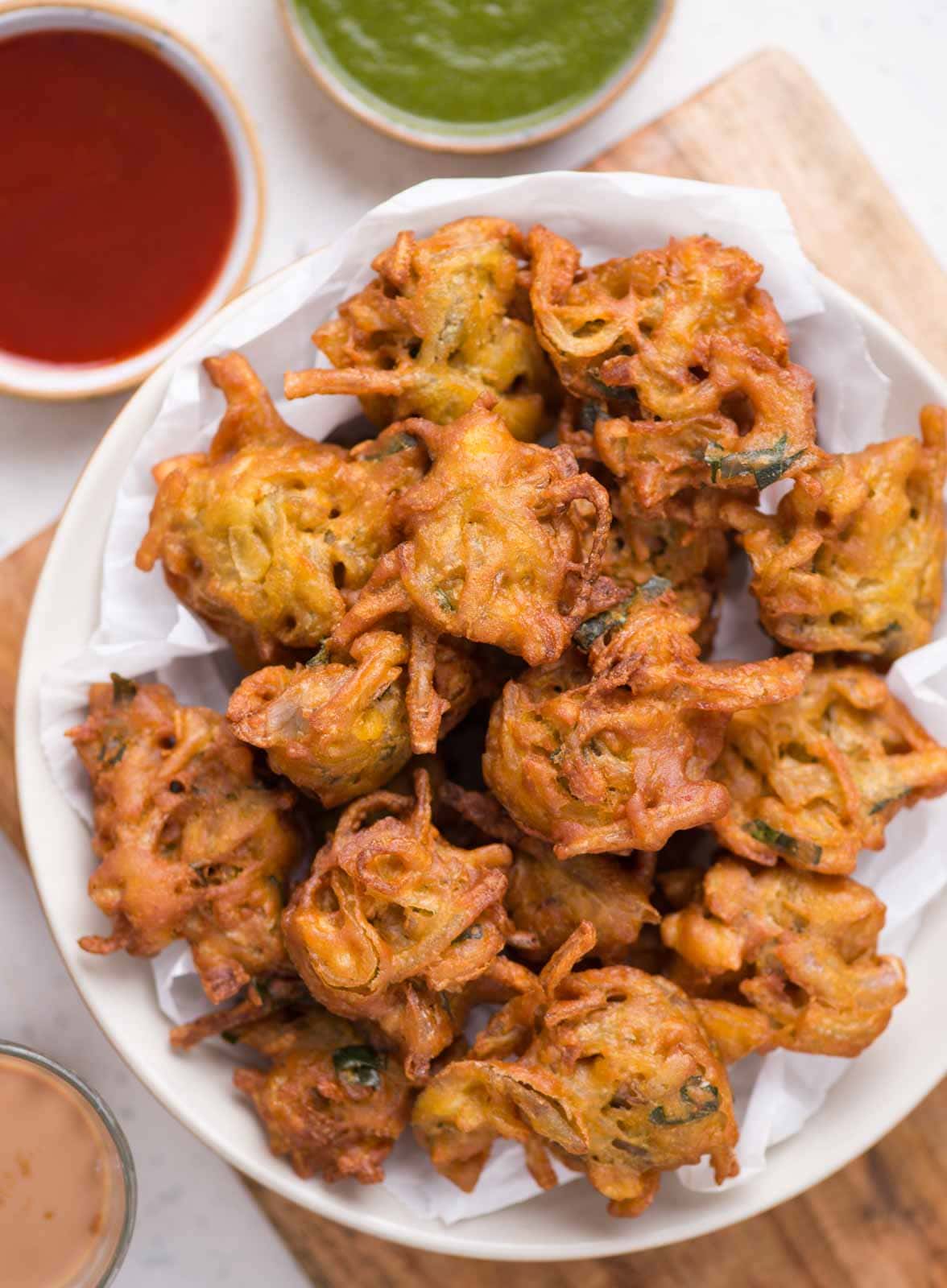

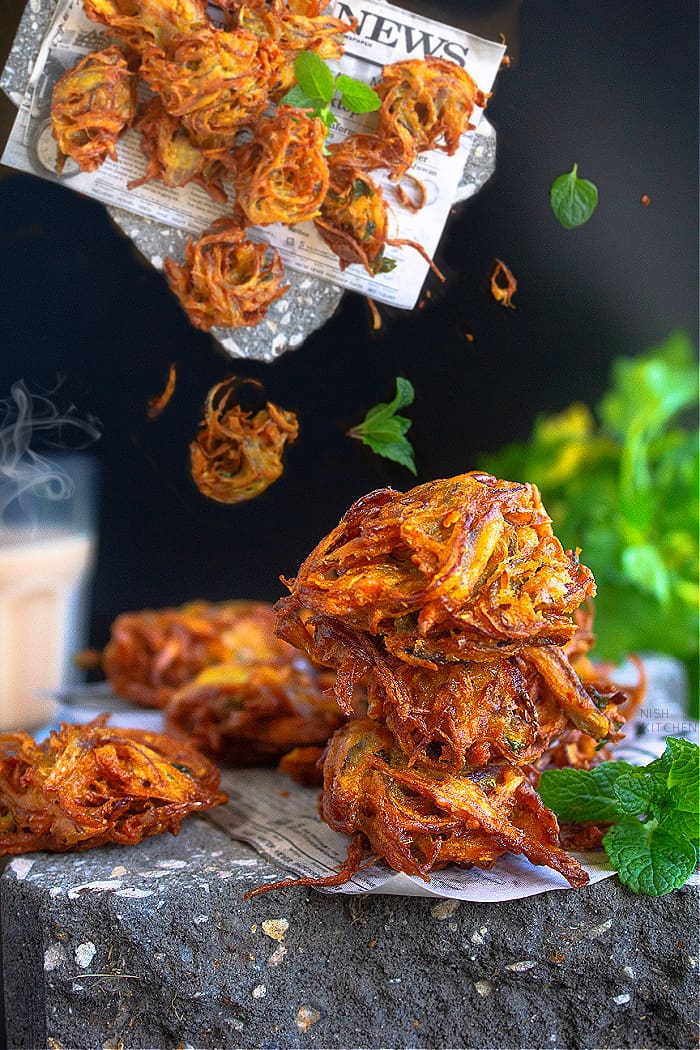


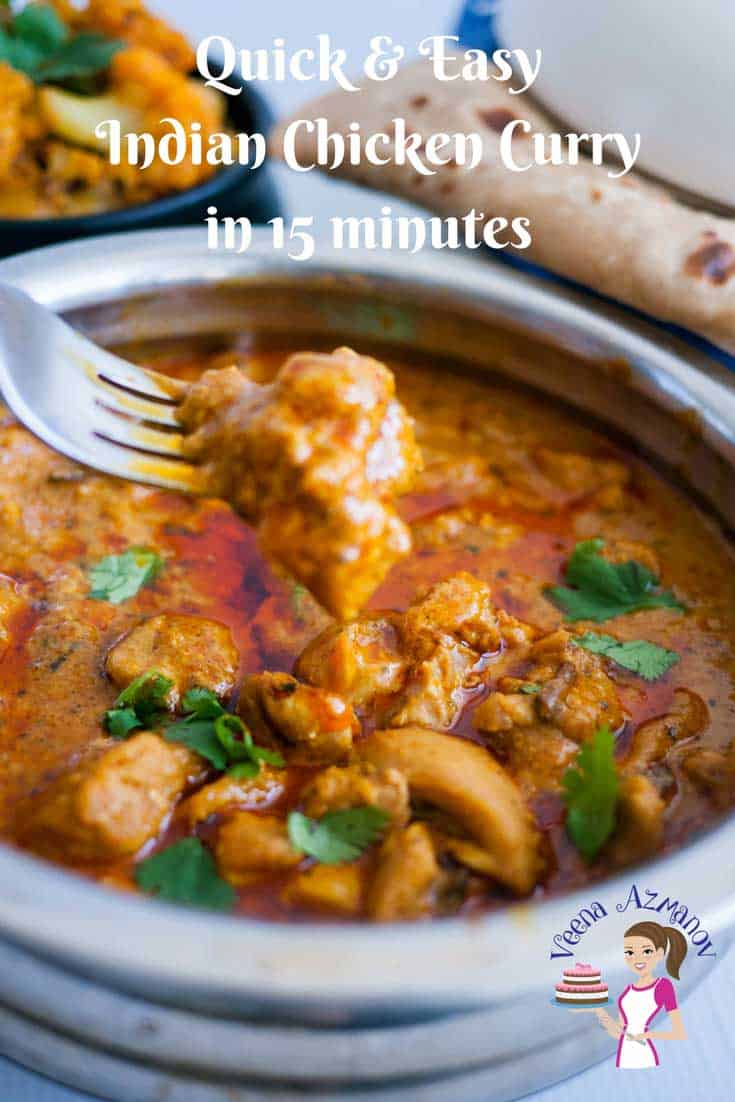
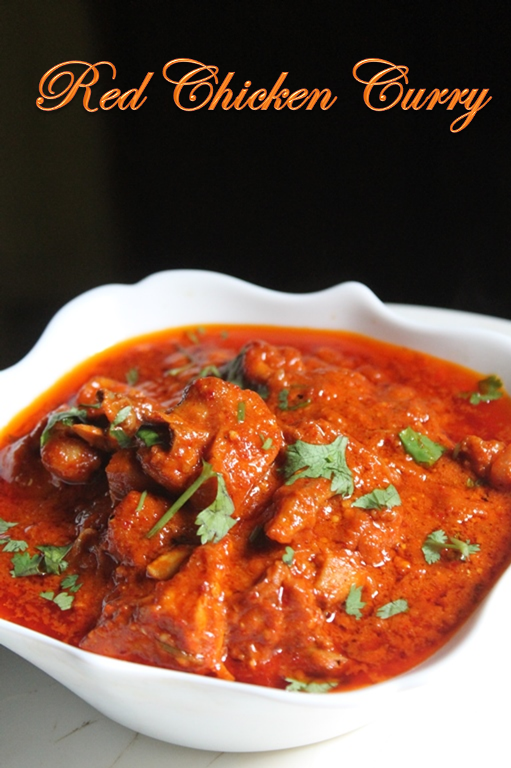
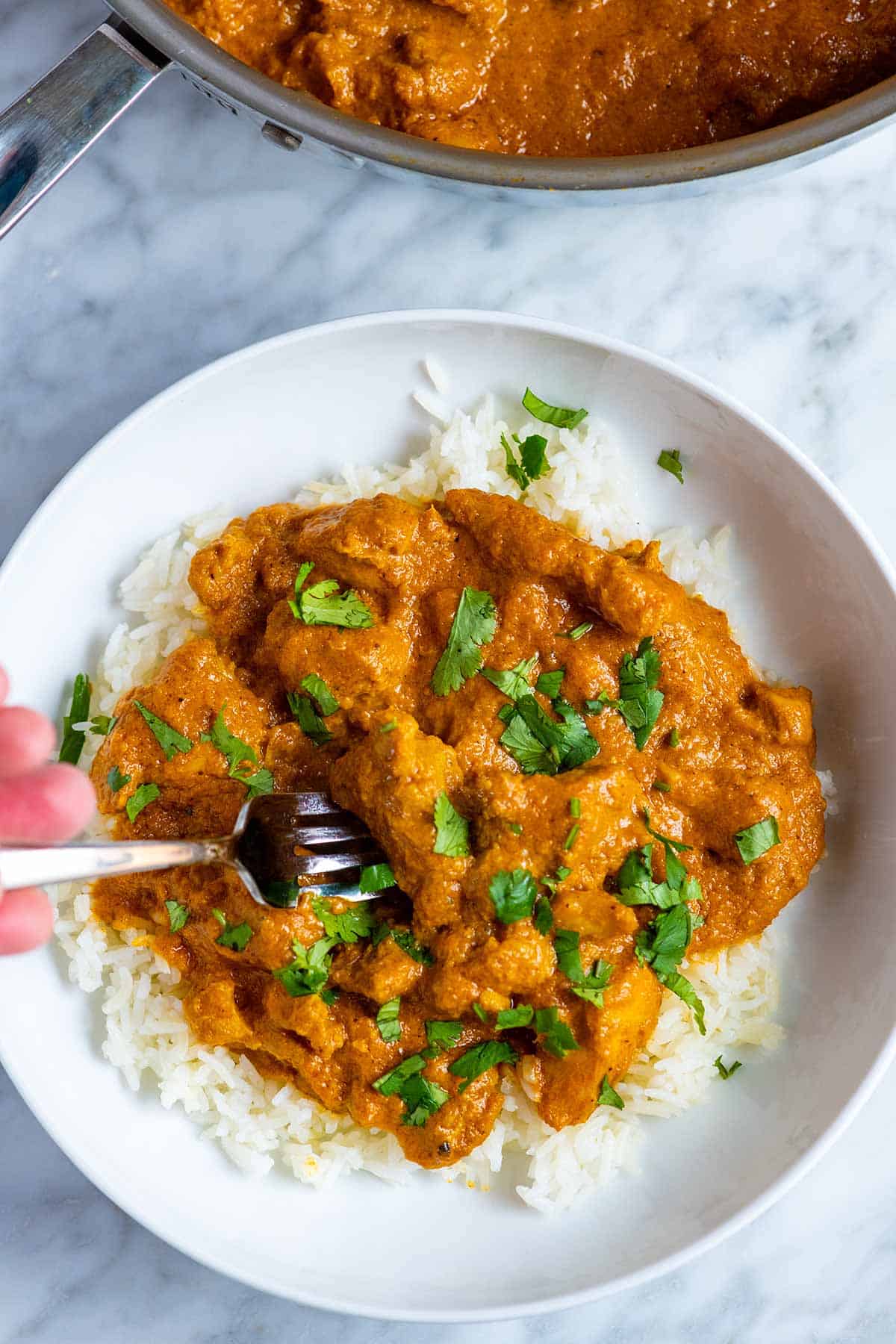

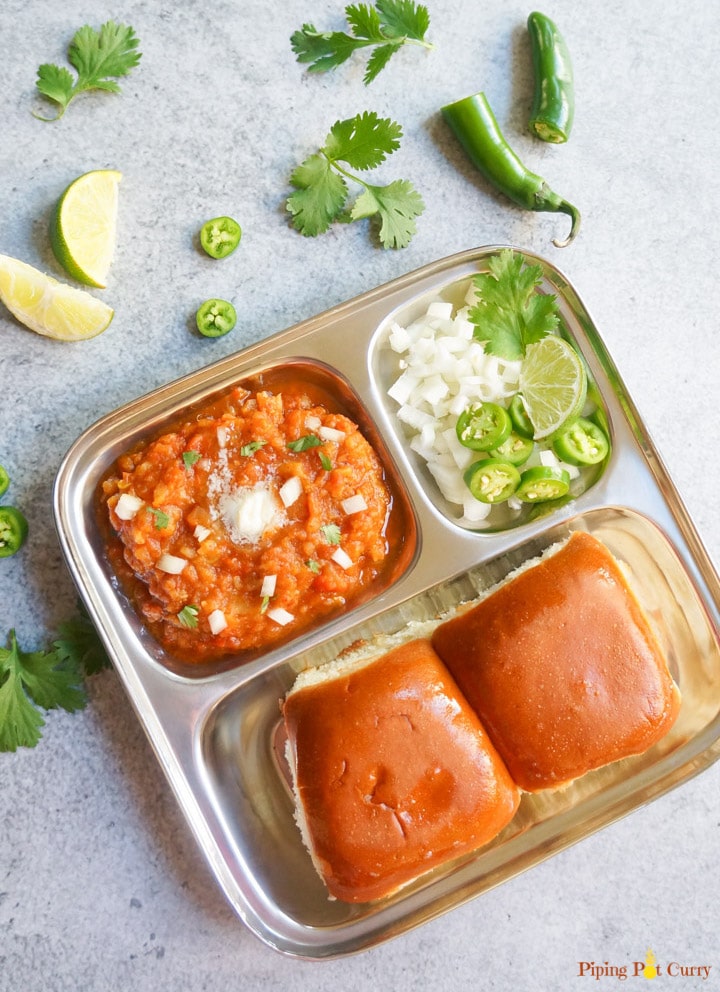

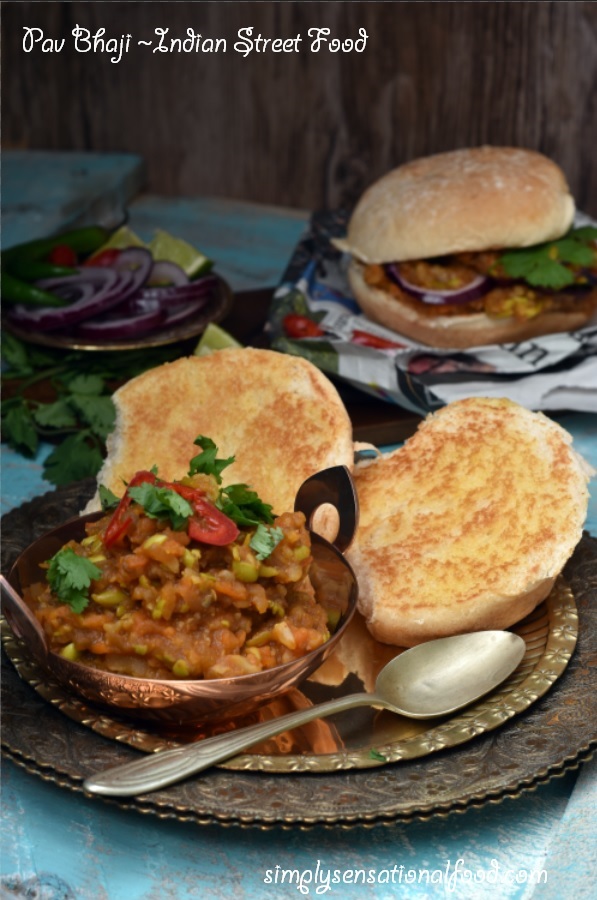
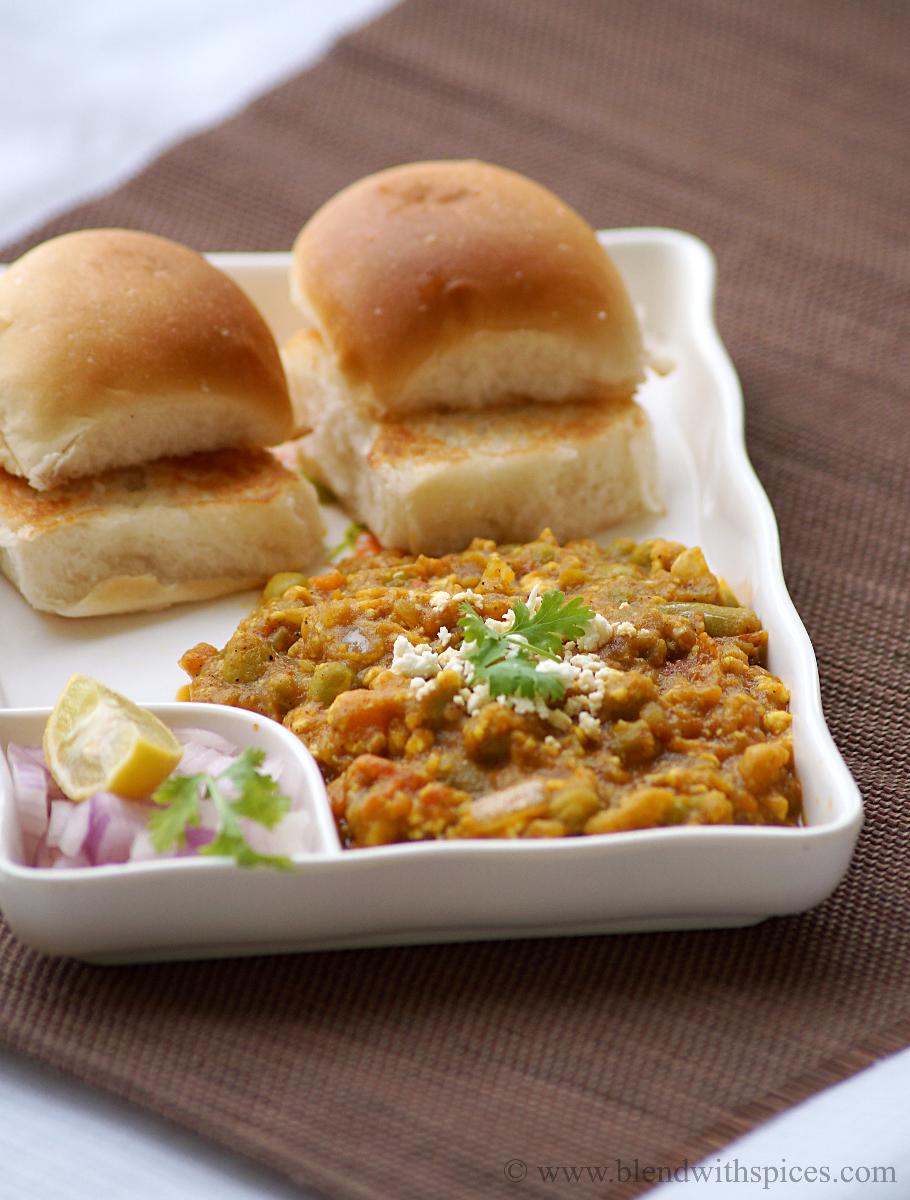
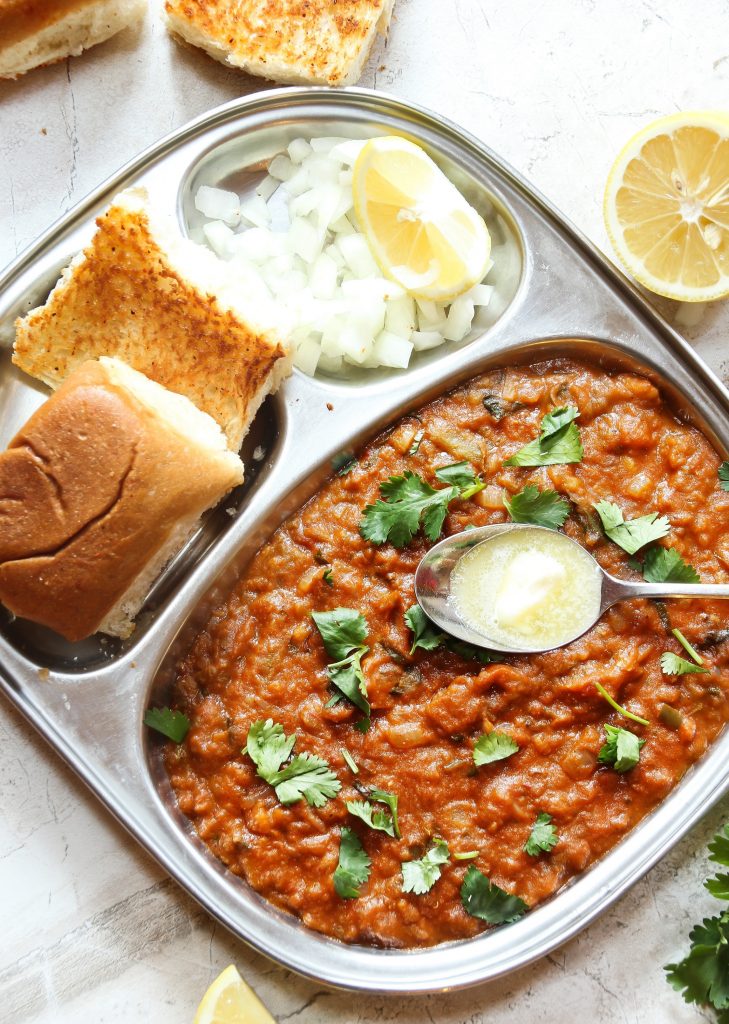

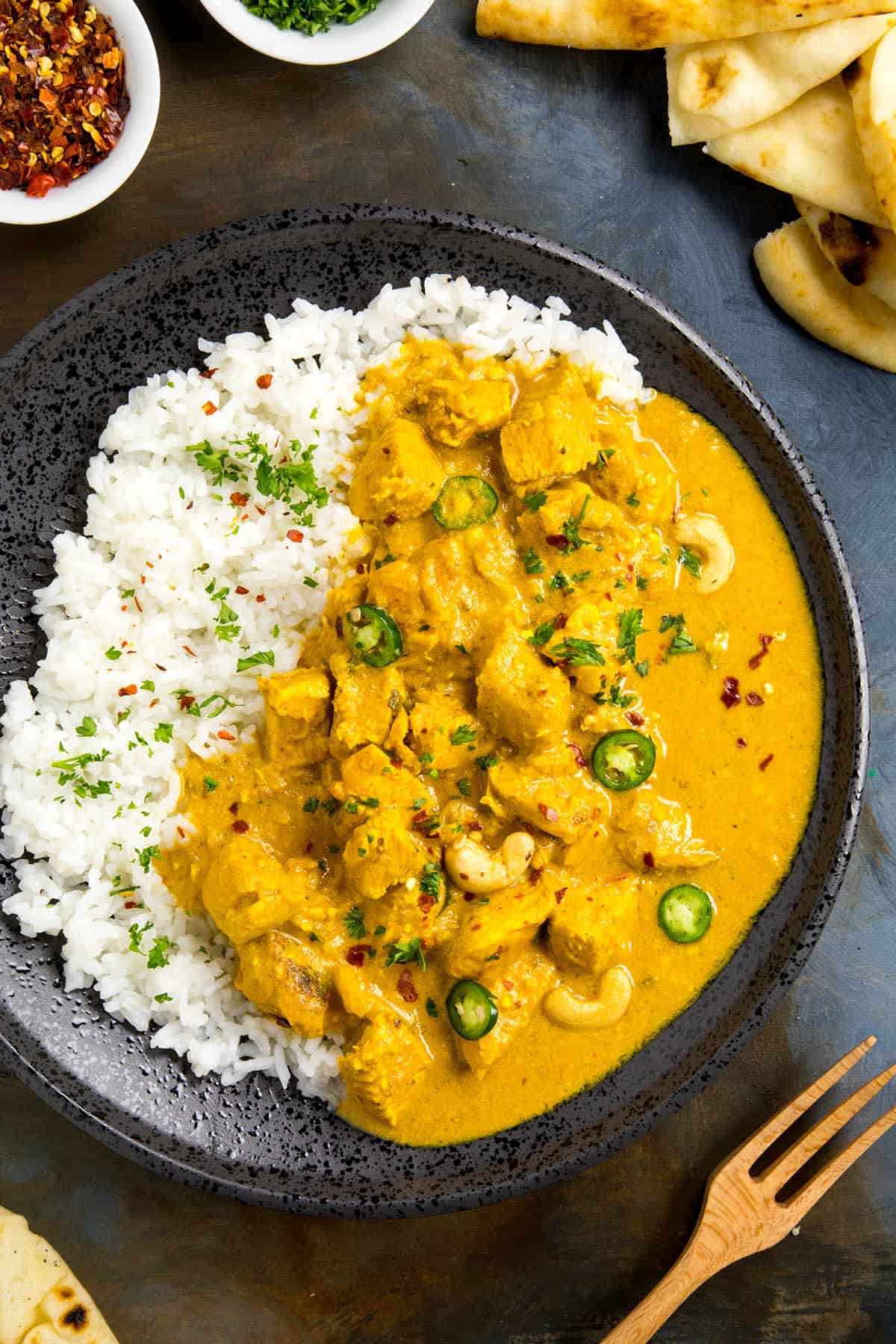
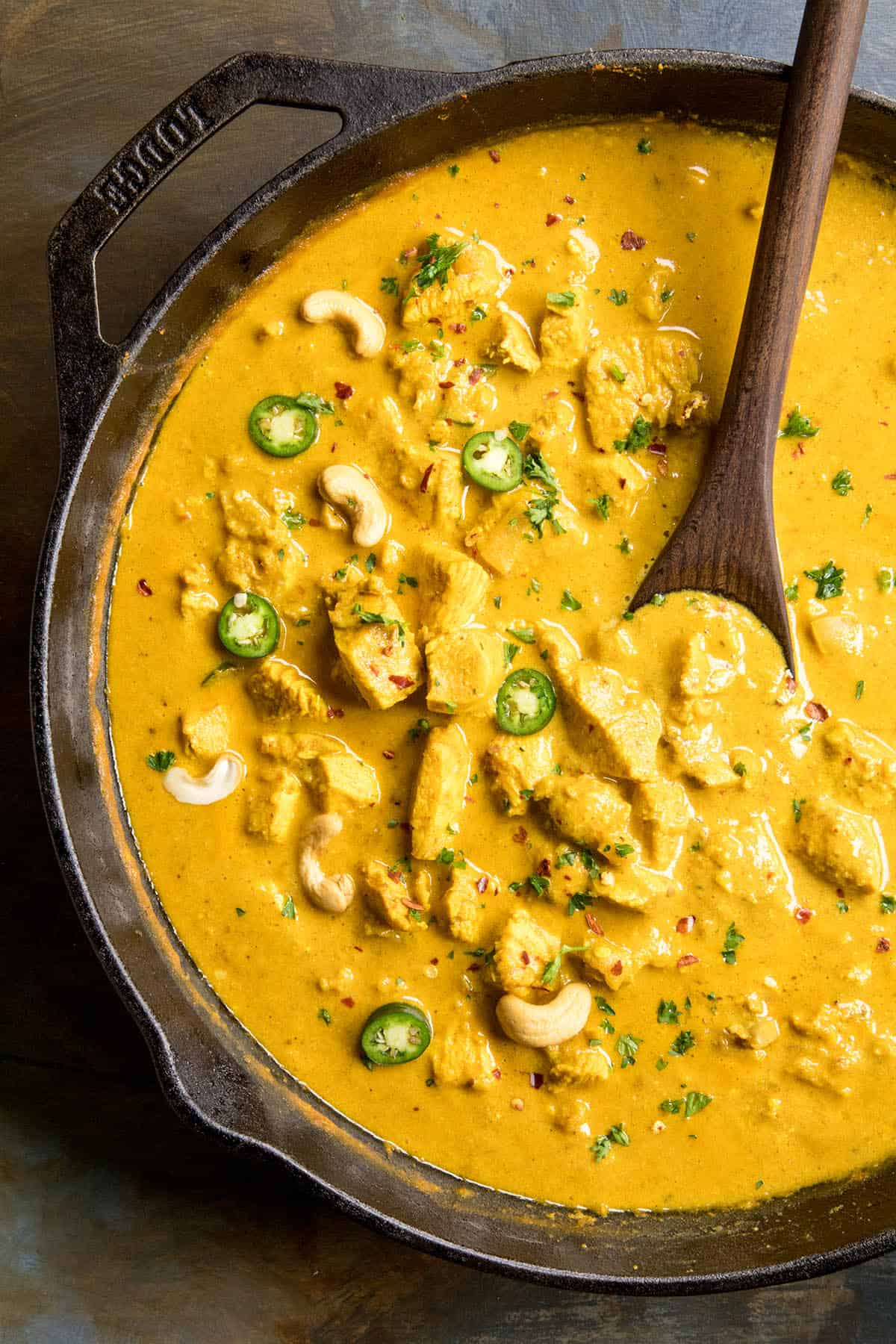
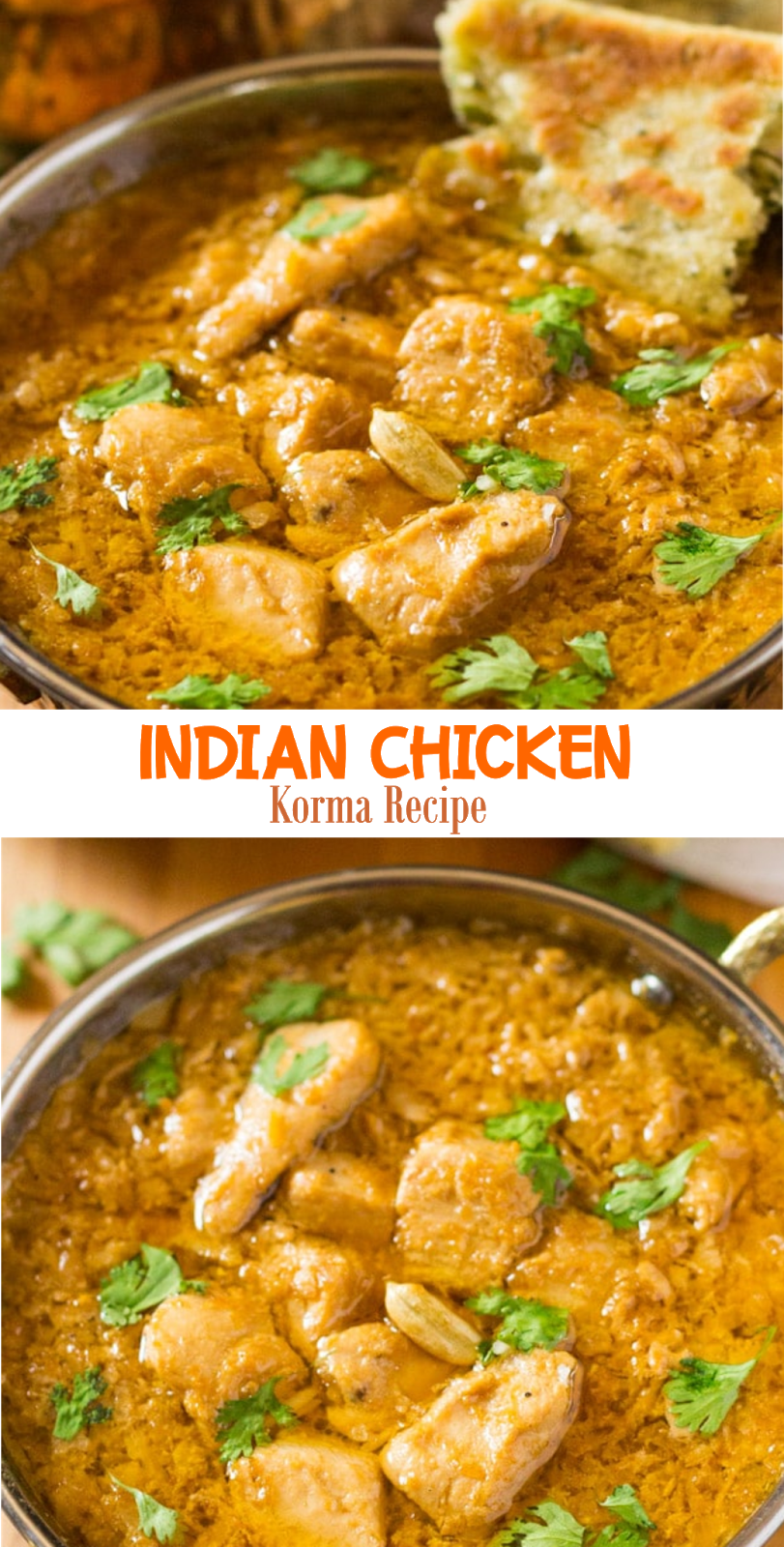
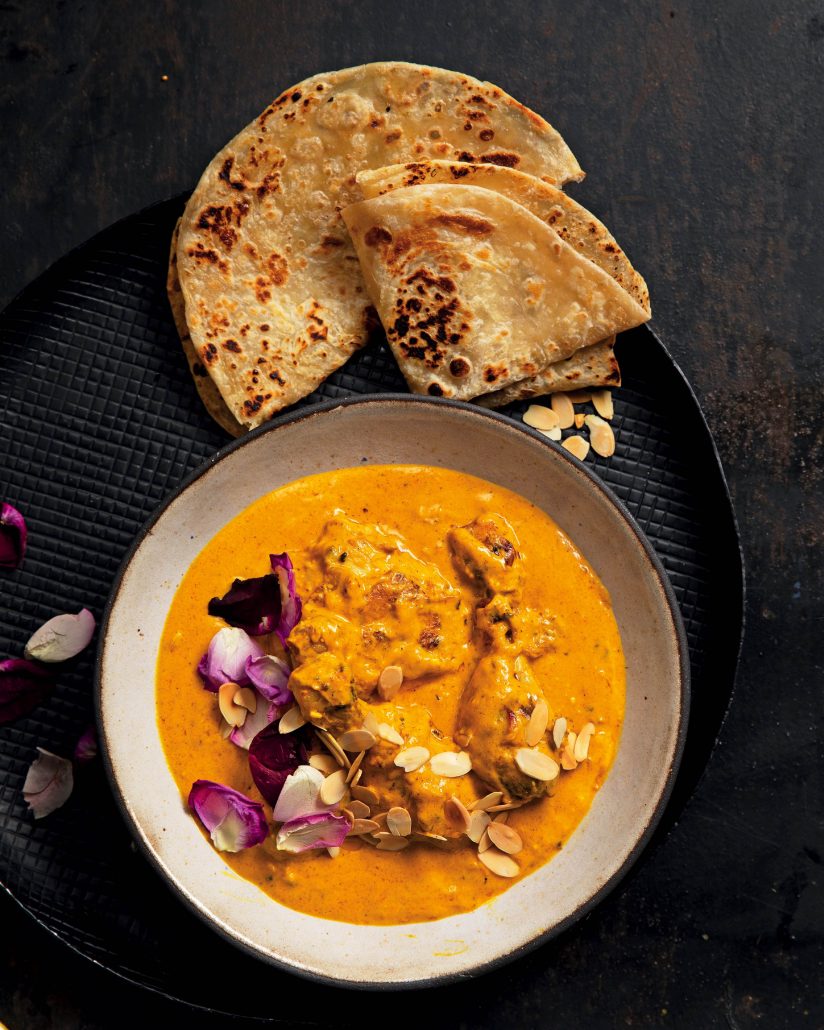

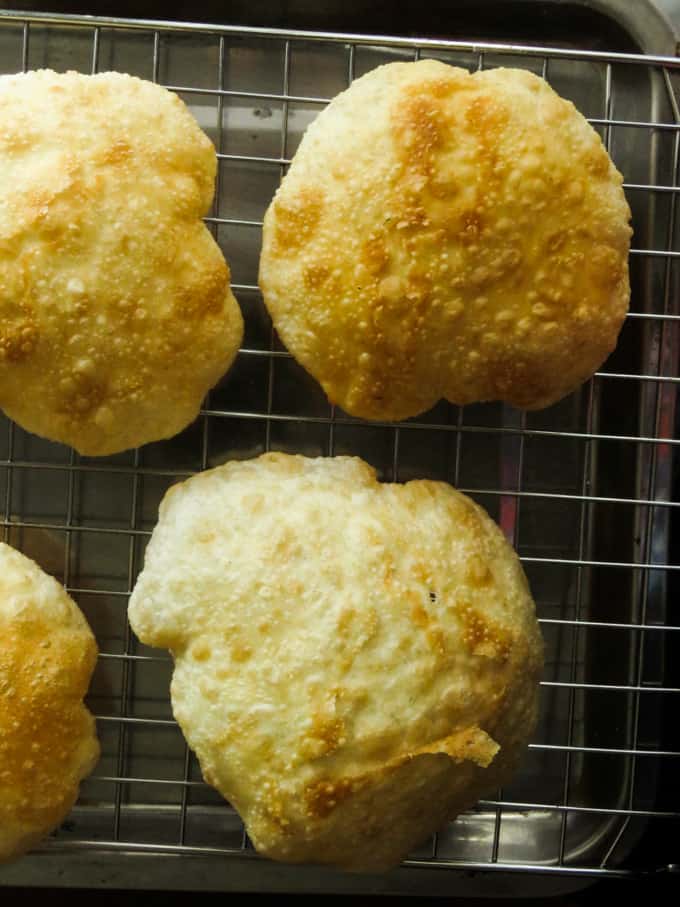





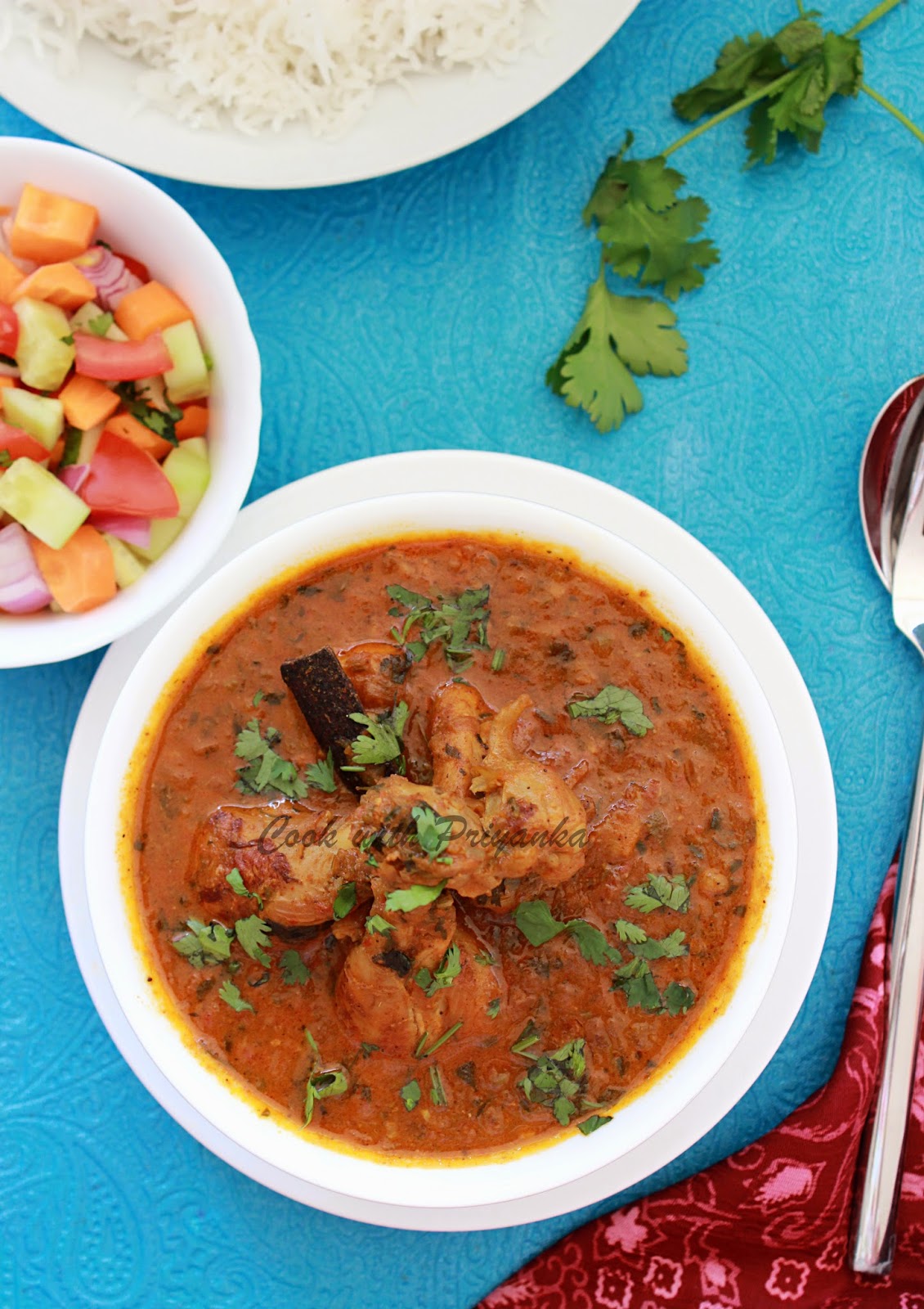
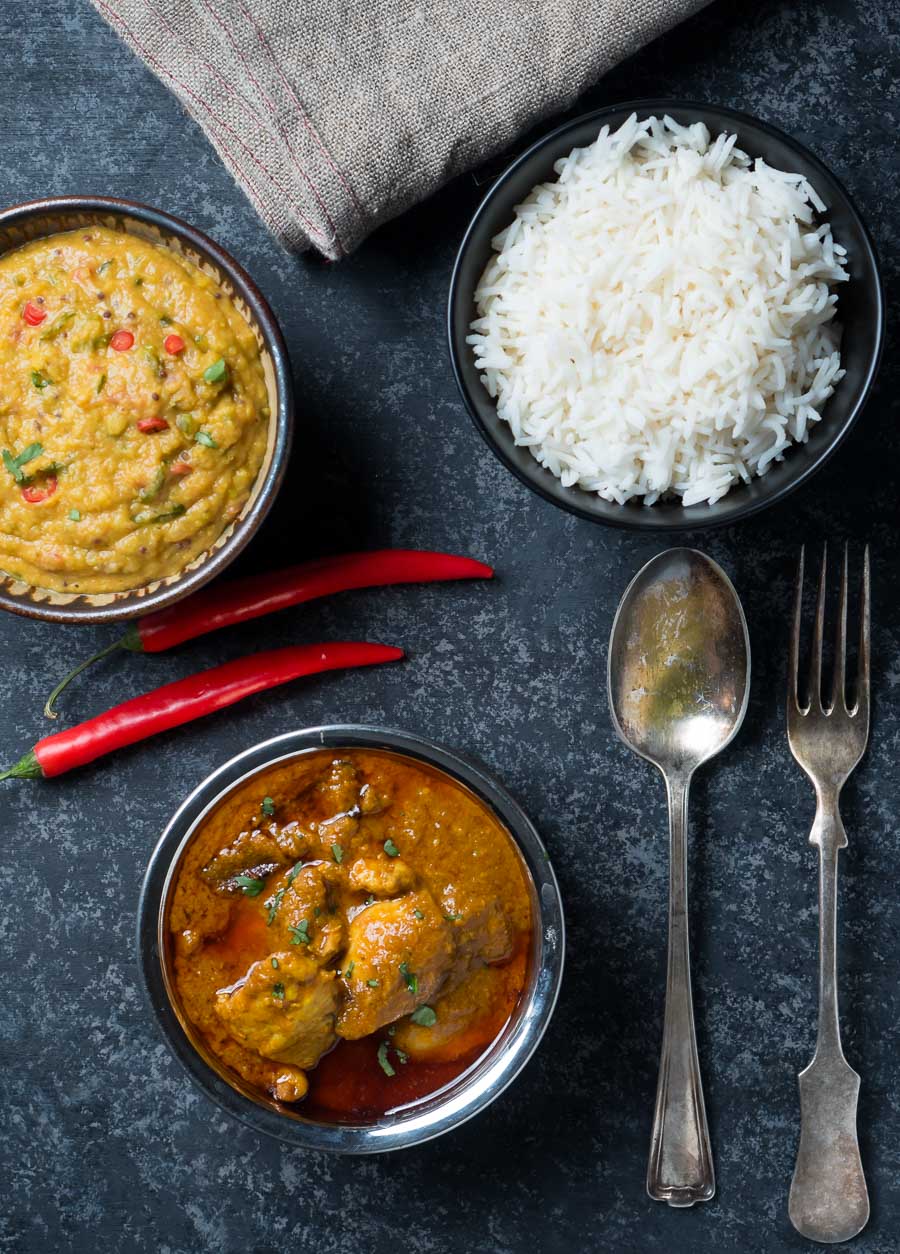

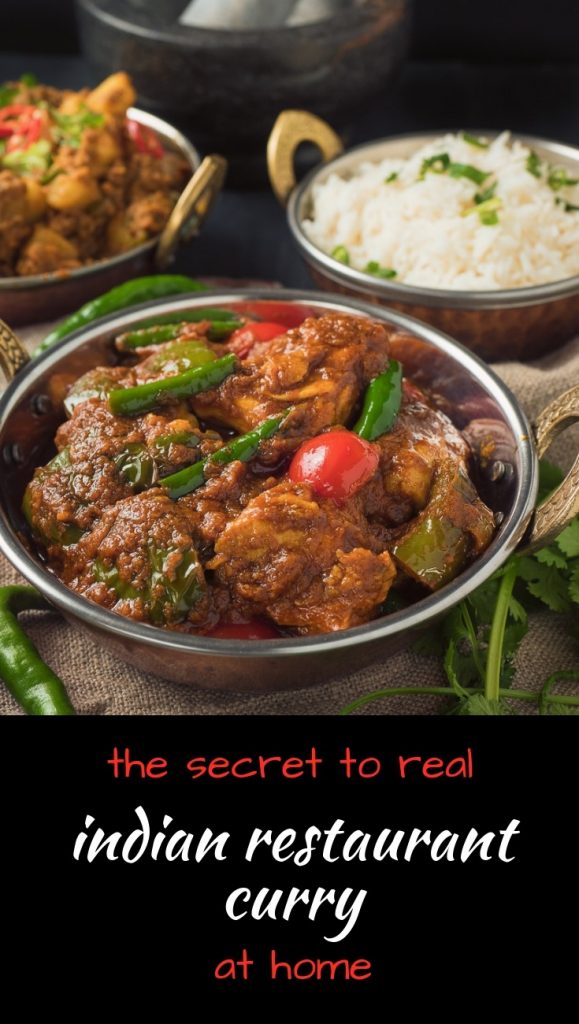


![[Homemade] Pav Bhaji (Indian street food - Sliced and toasted buttery ...](https://i.pinimg.com/originals/c2/f8/be/c2f8be40d98df58b5860cd46c16b8115.jpg)





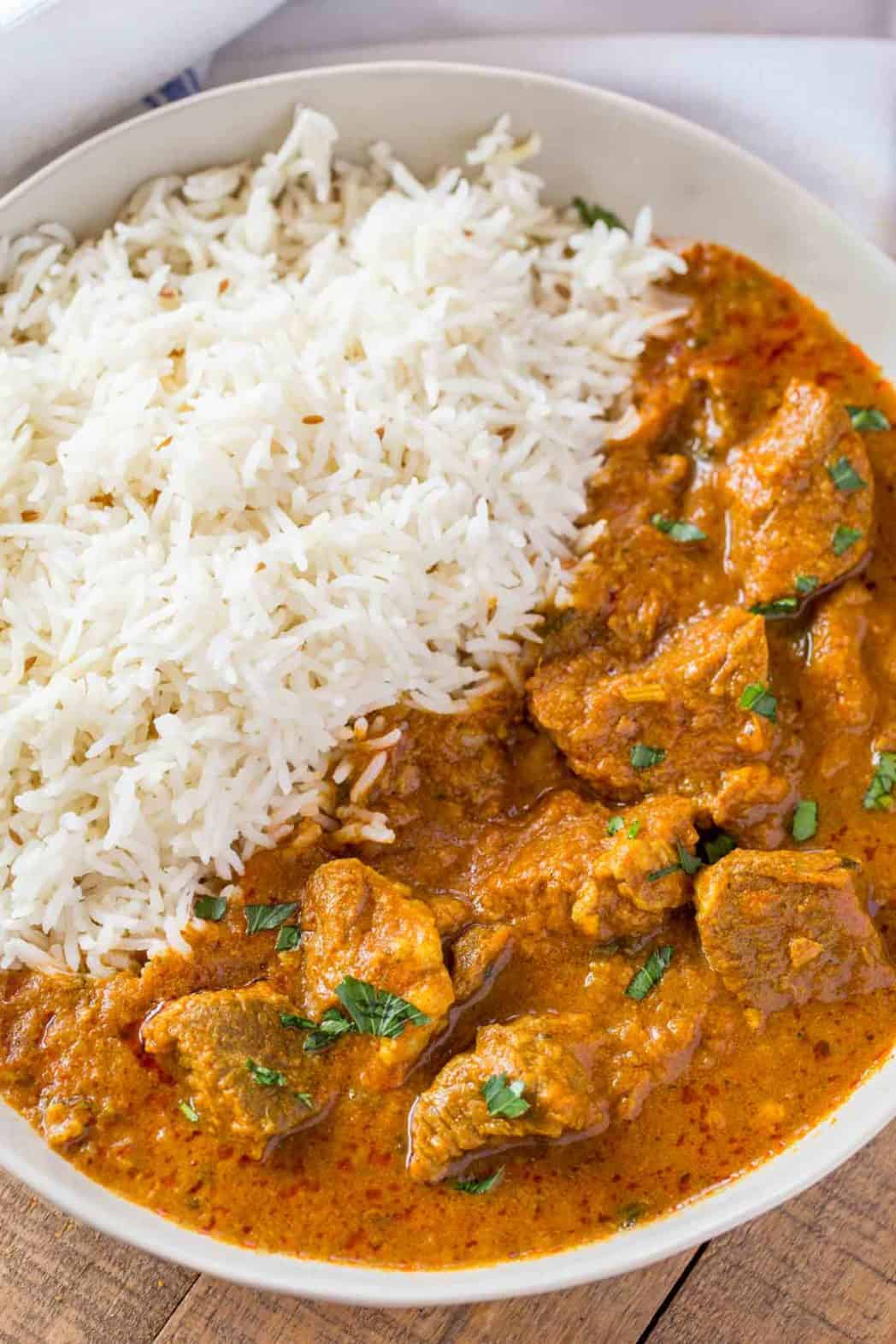
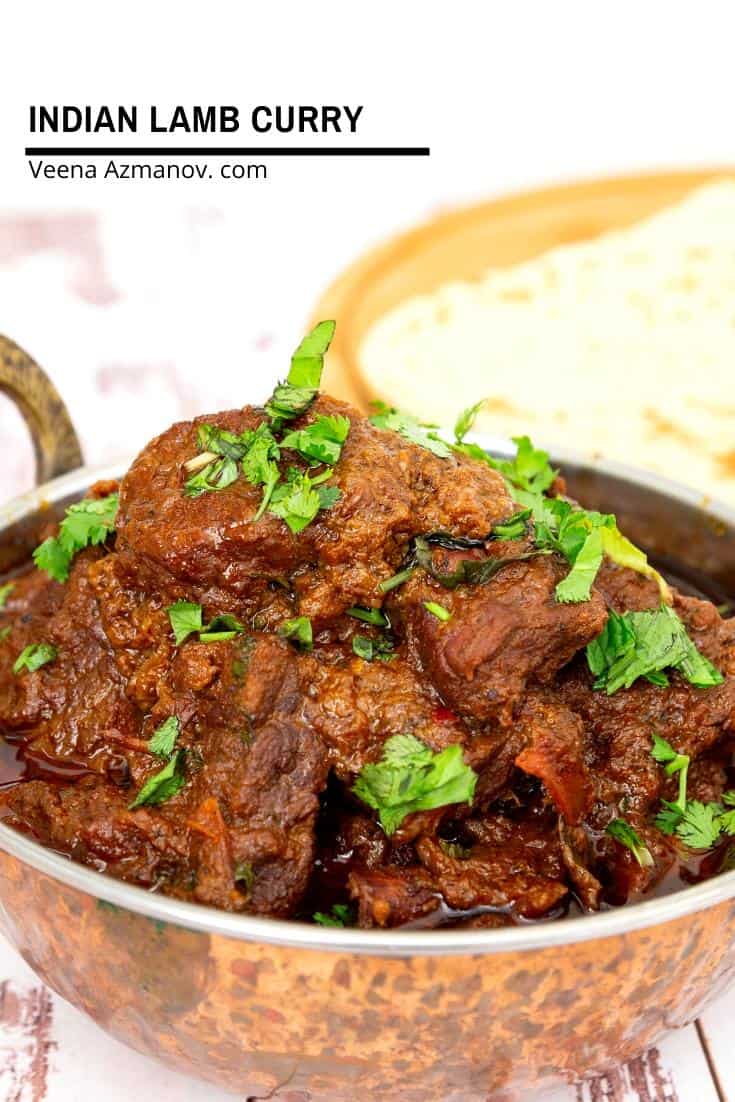
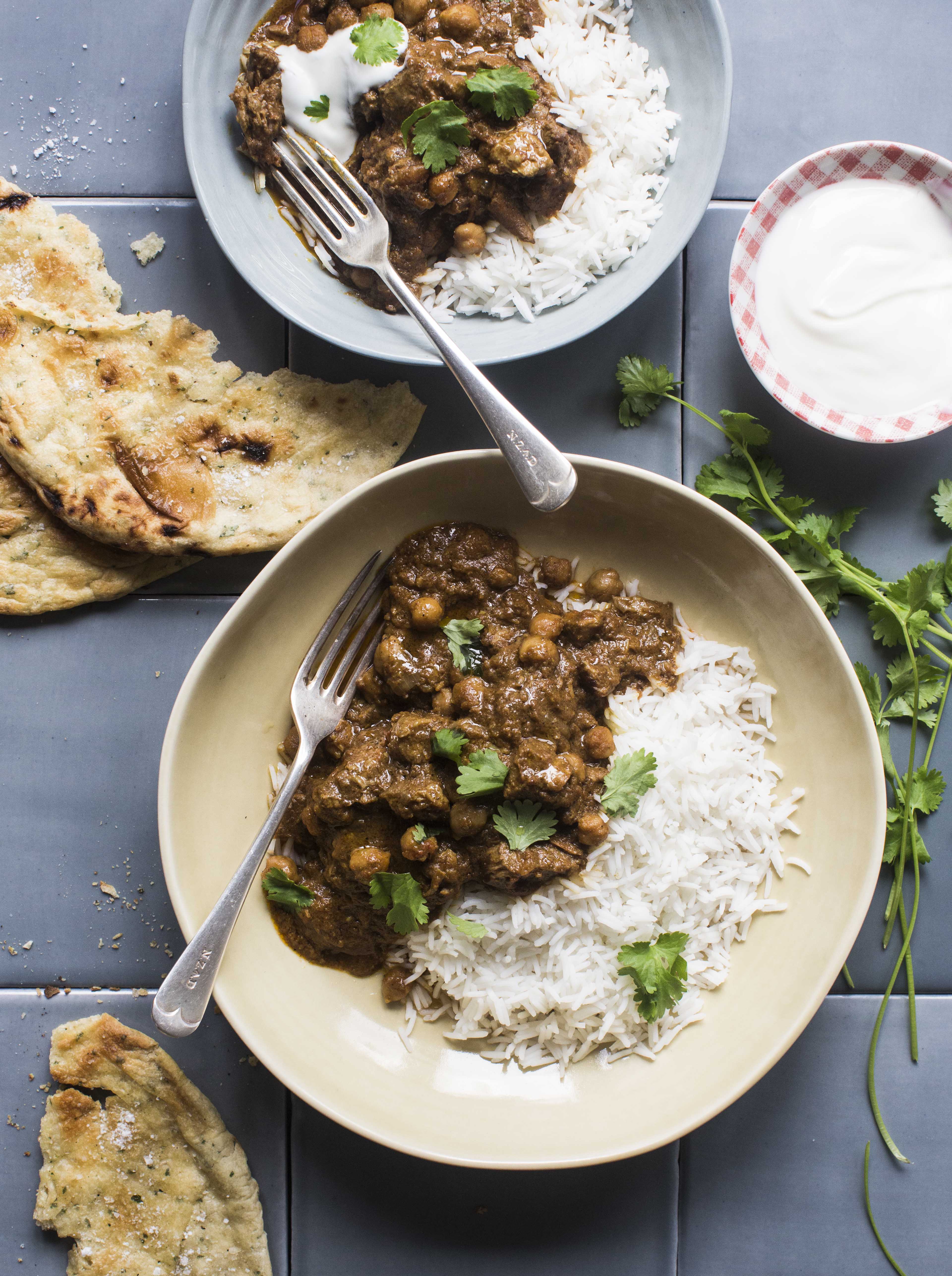
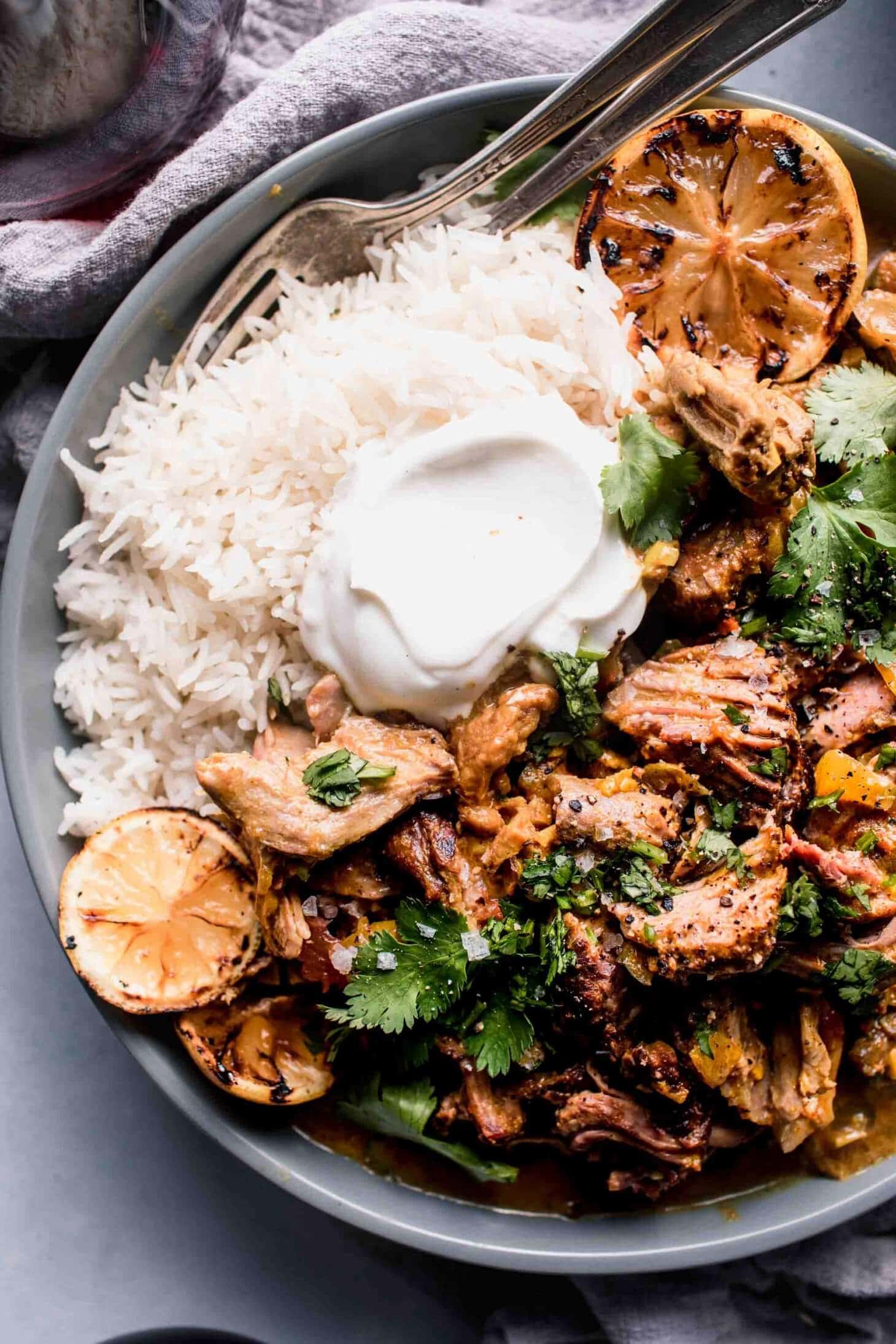
/red-lentil-dahl-109064157-5a6679f8ebb9e100372532b6.jpg)



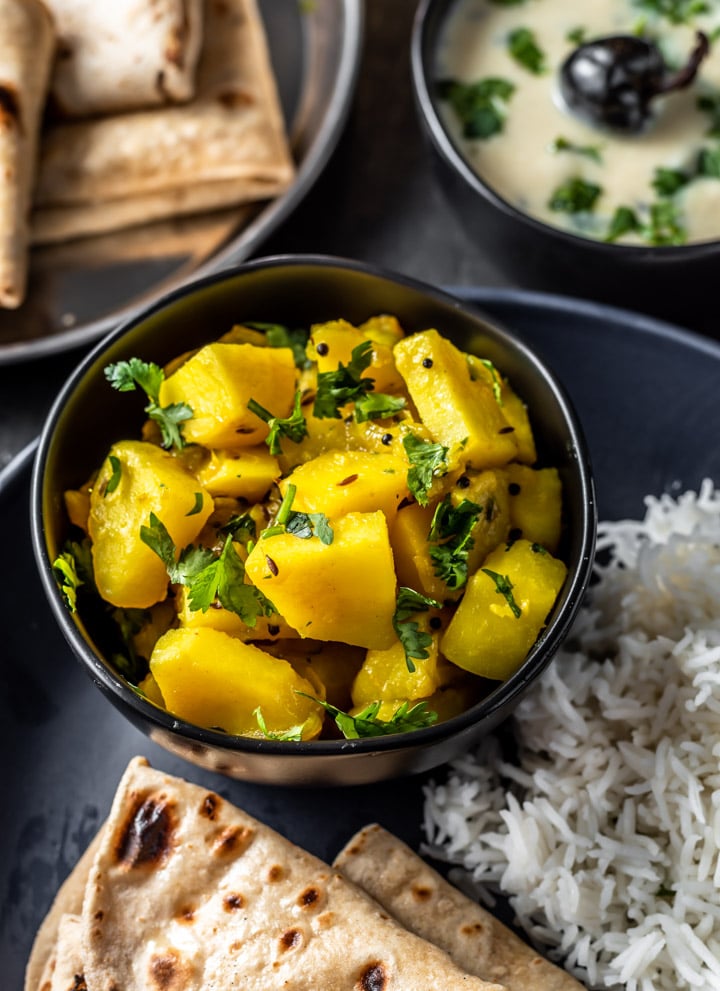
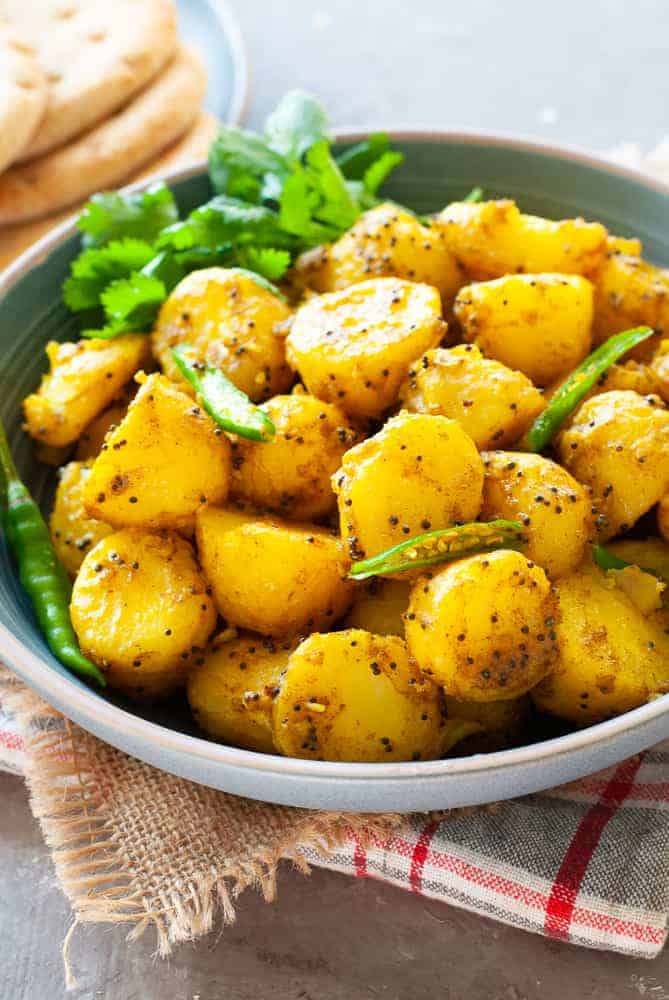


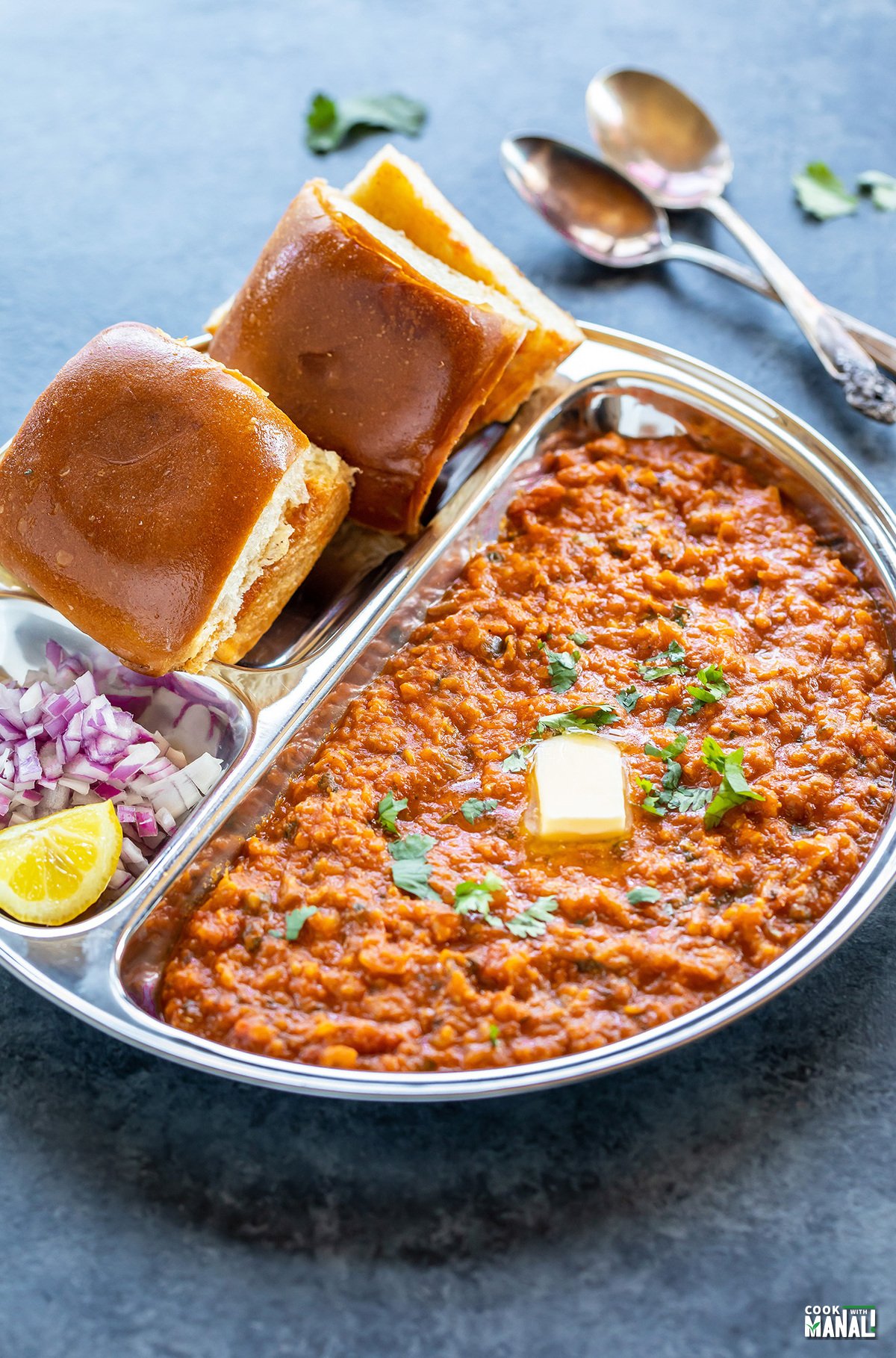


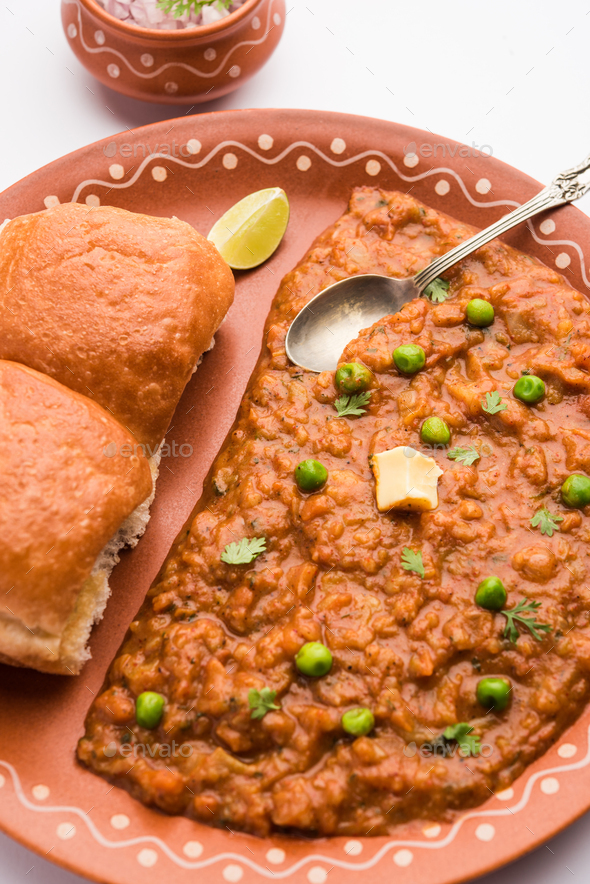
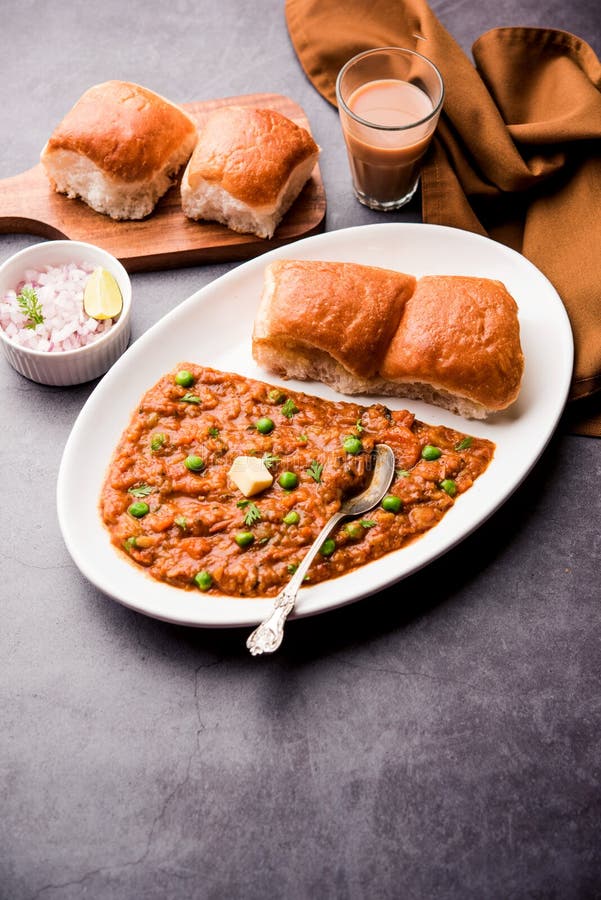
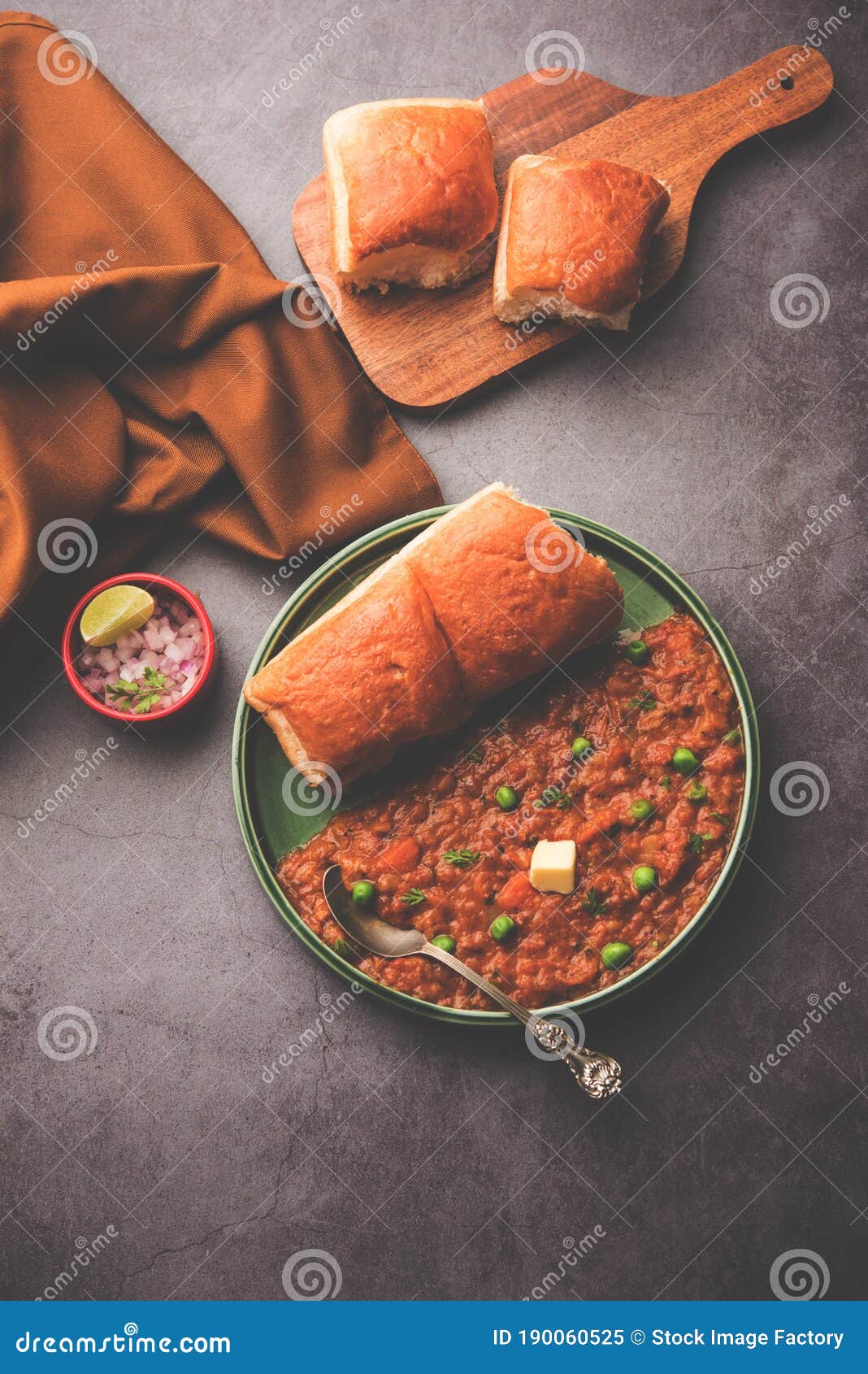

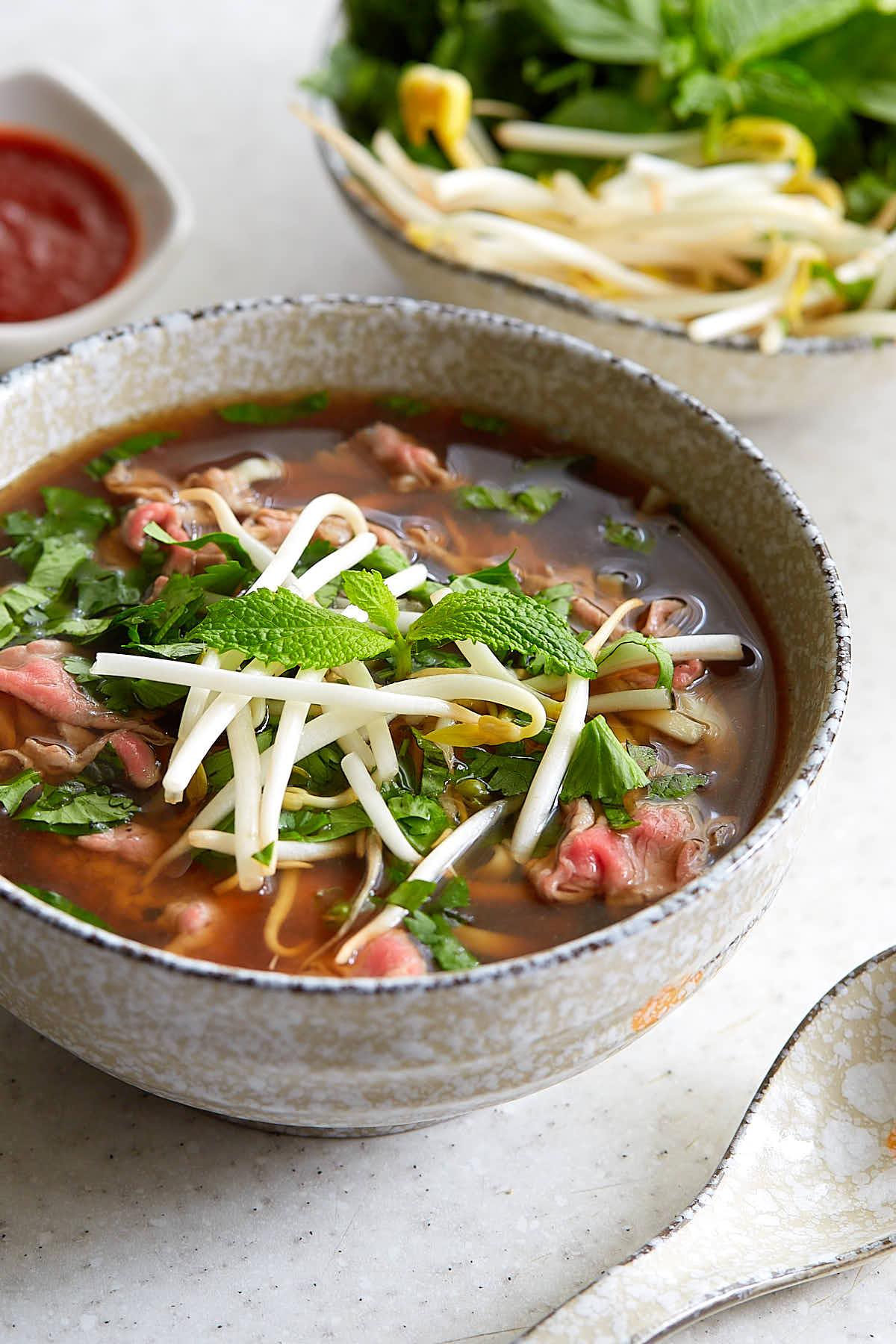

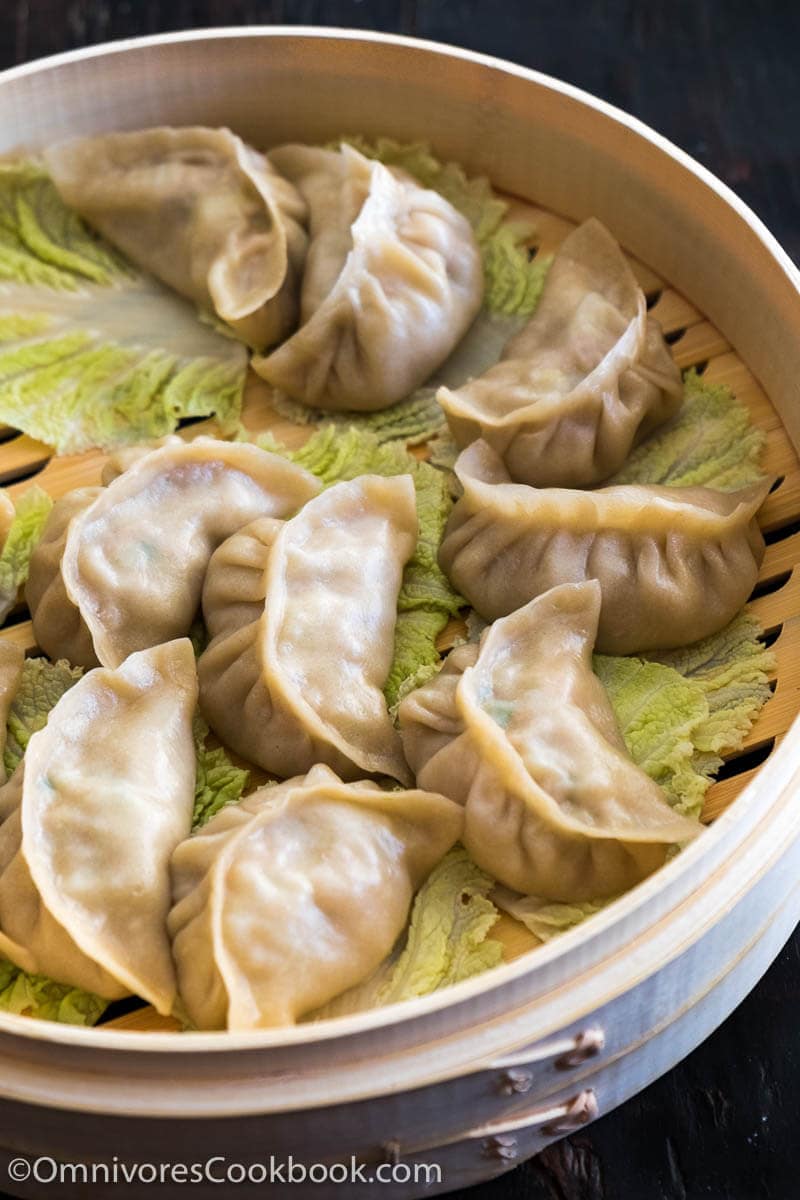


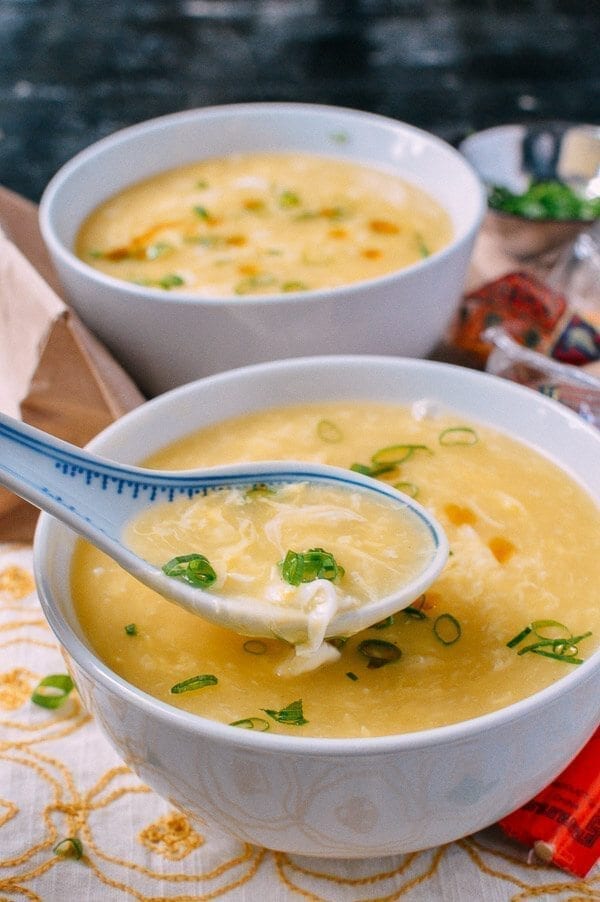
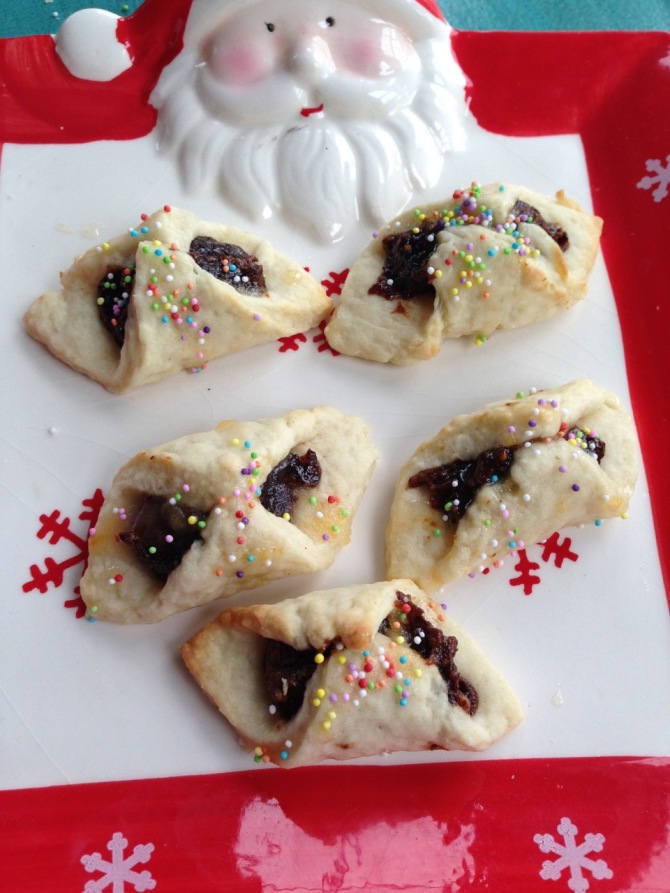
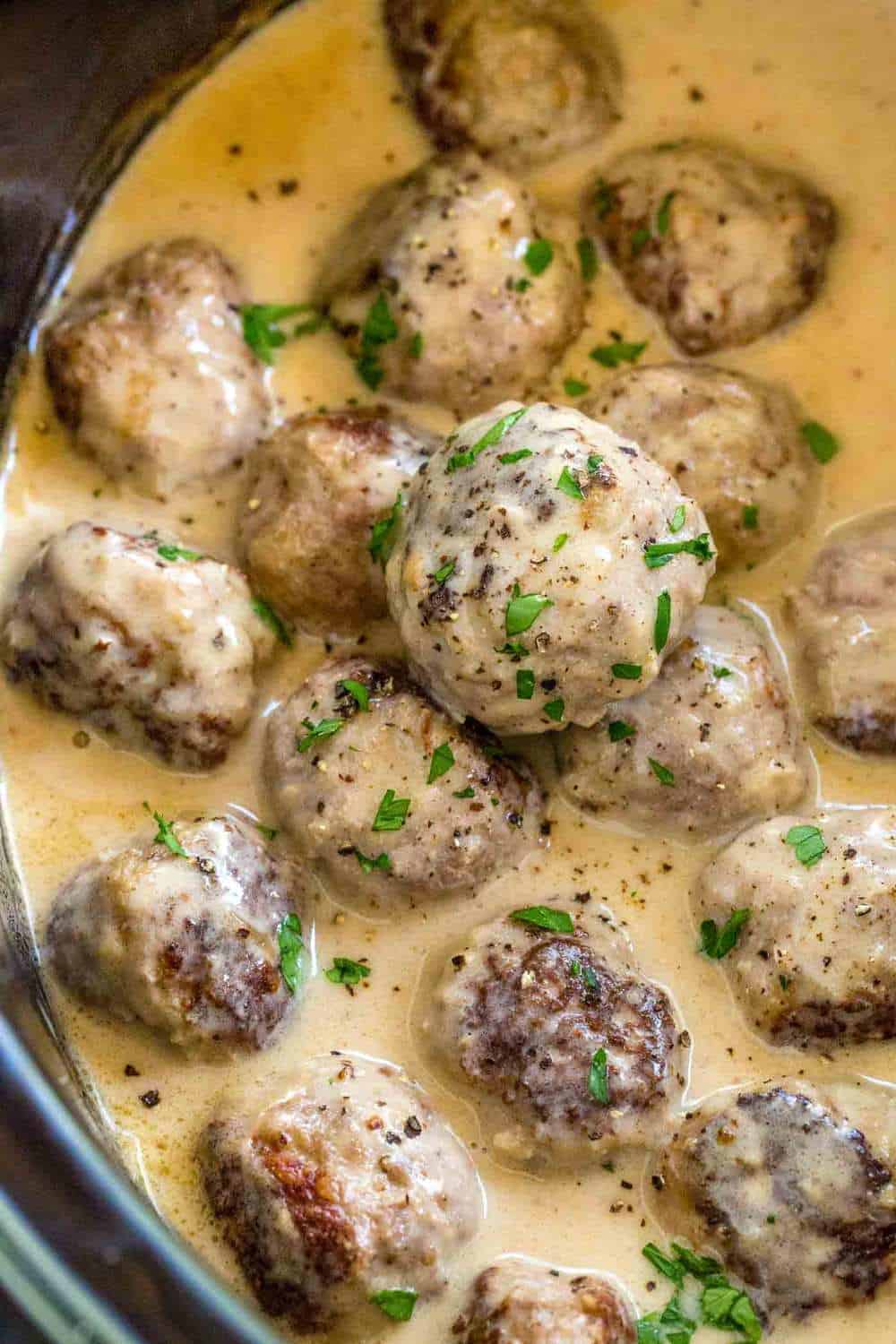
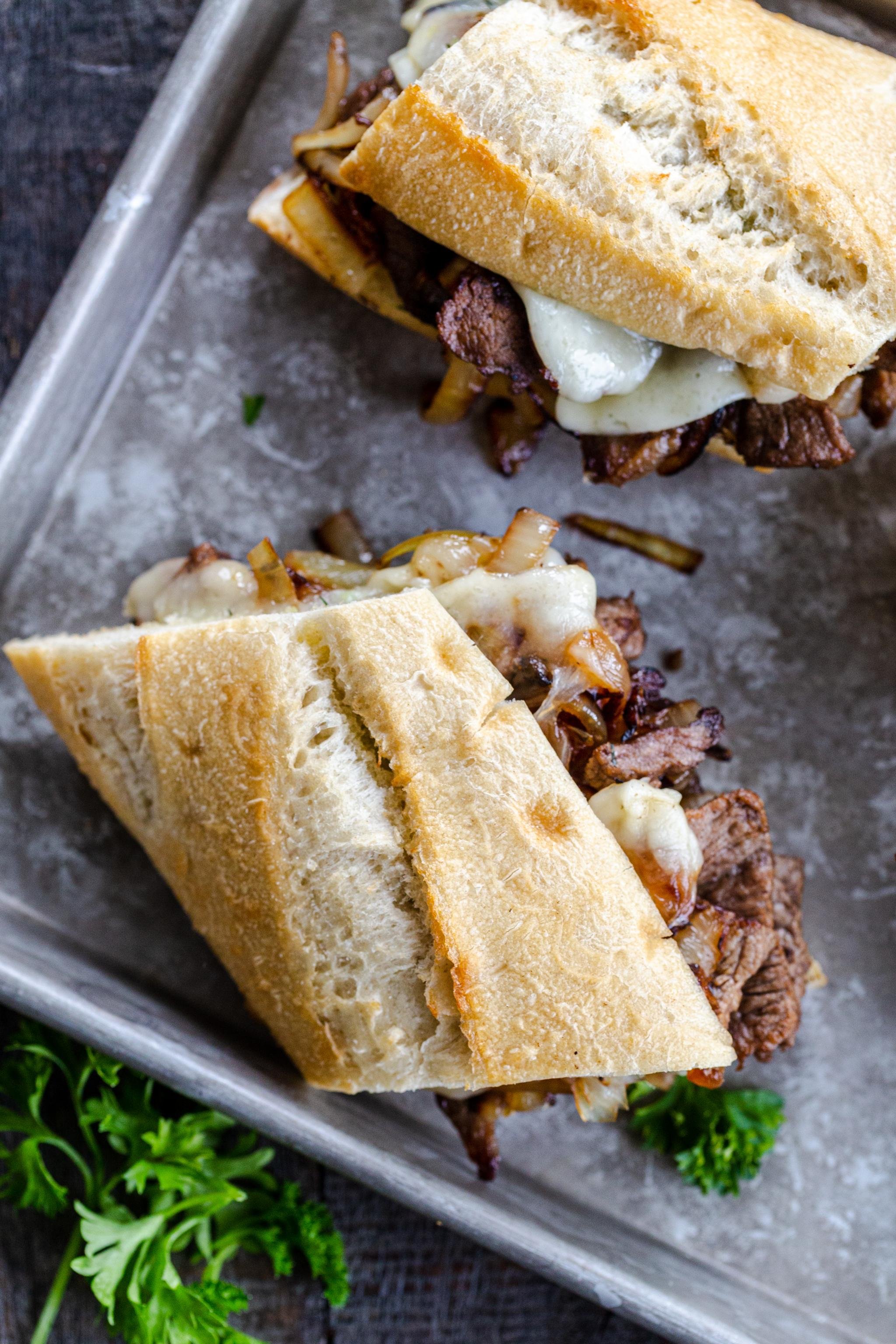
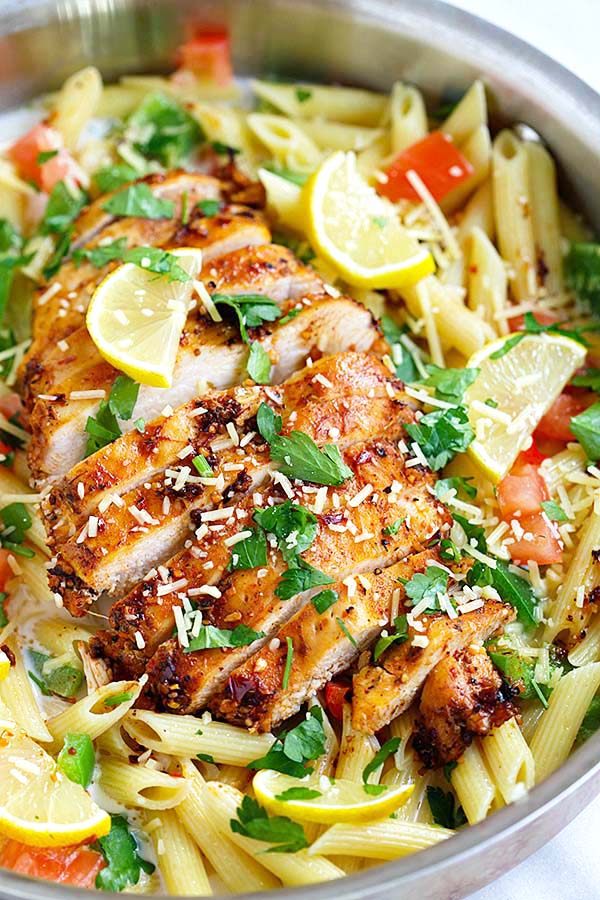

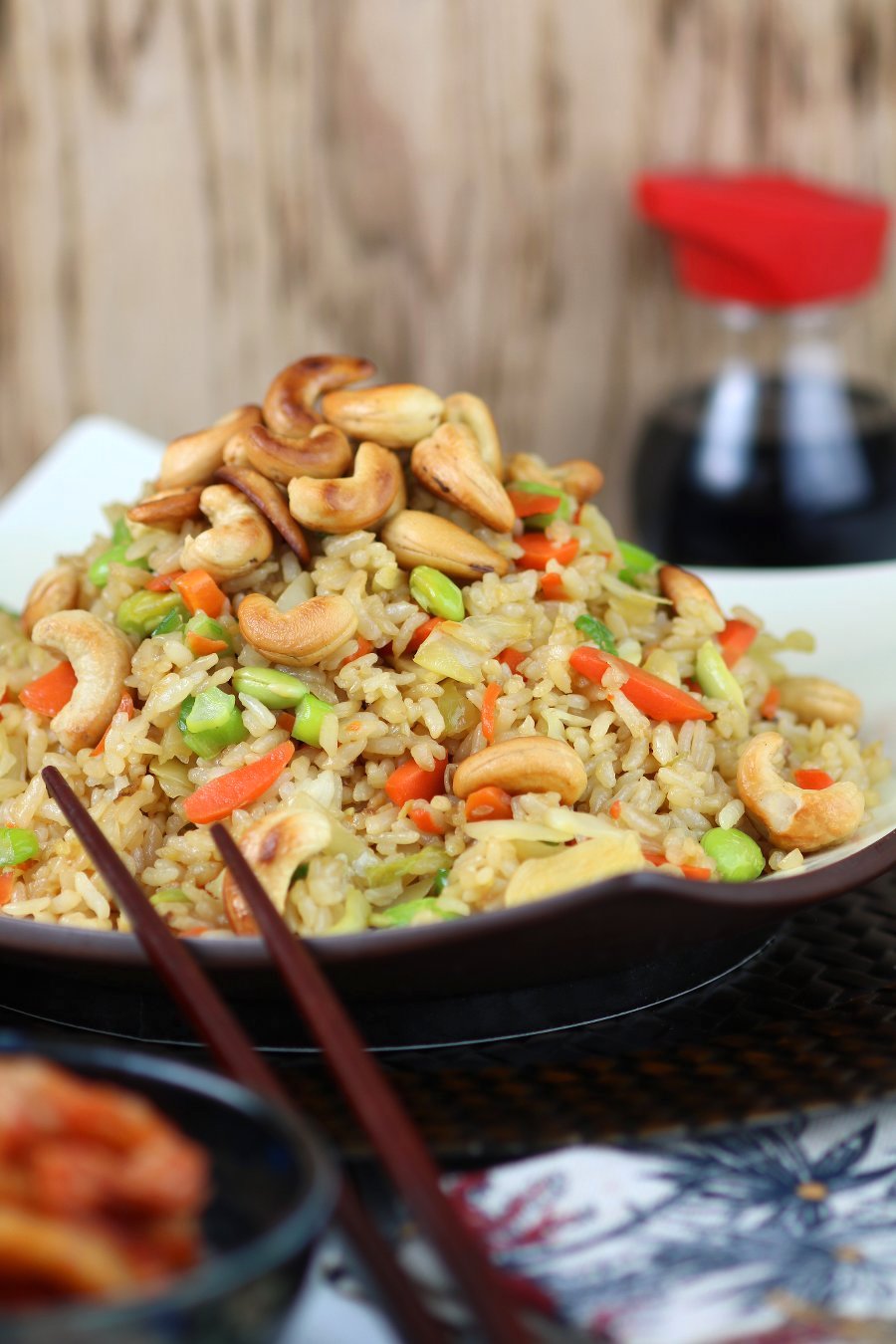
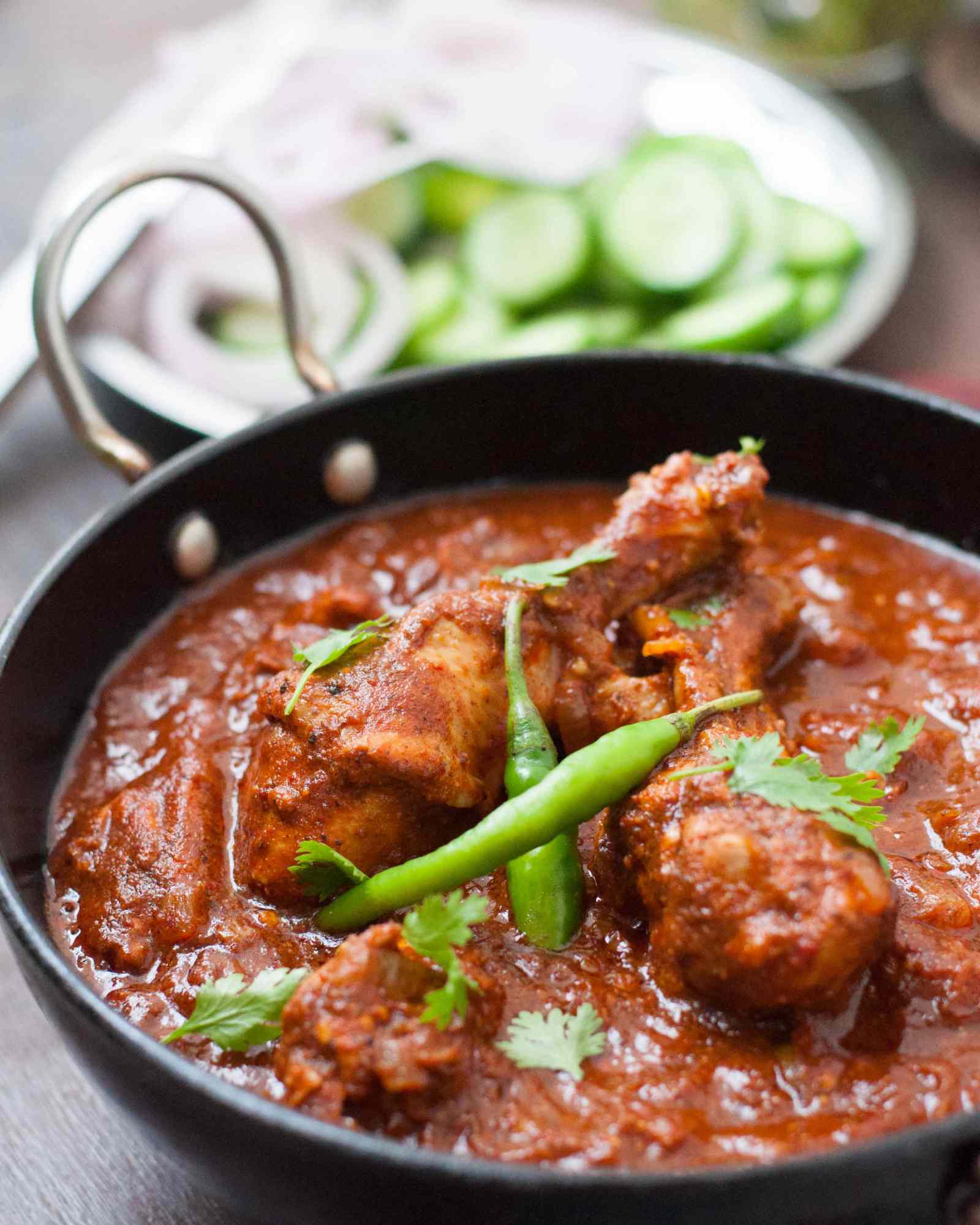
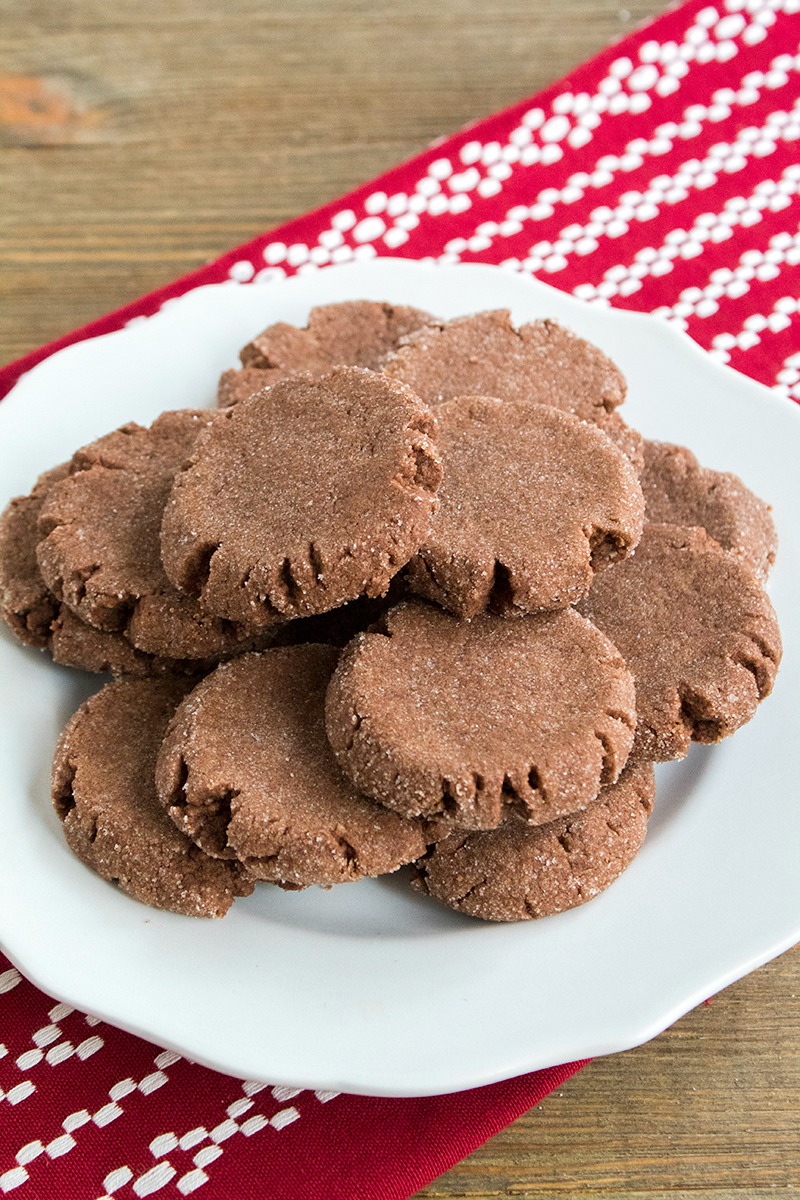
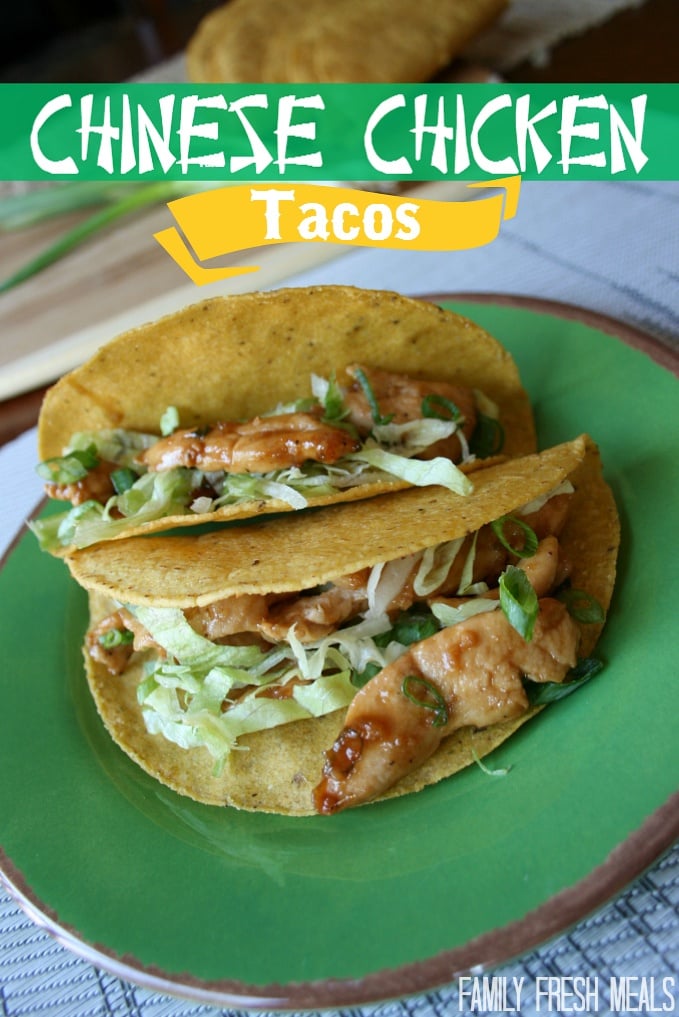
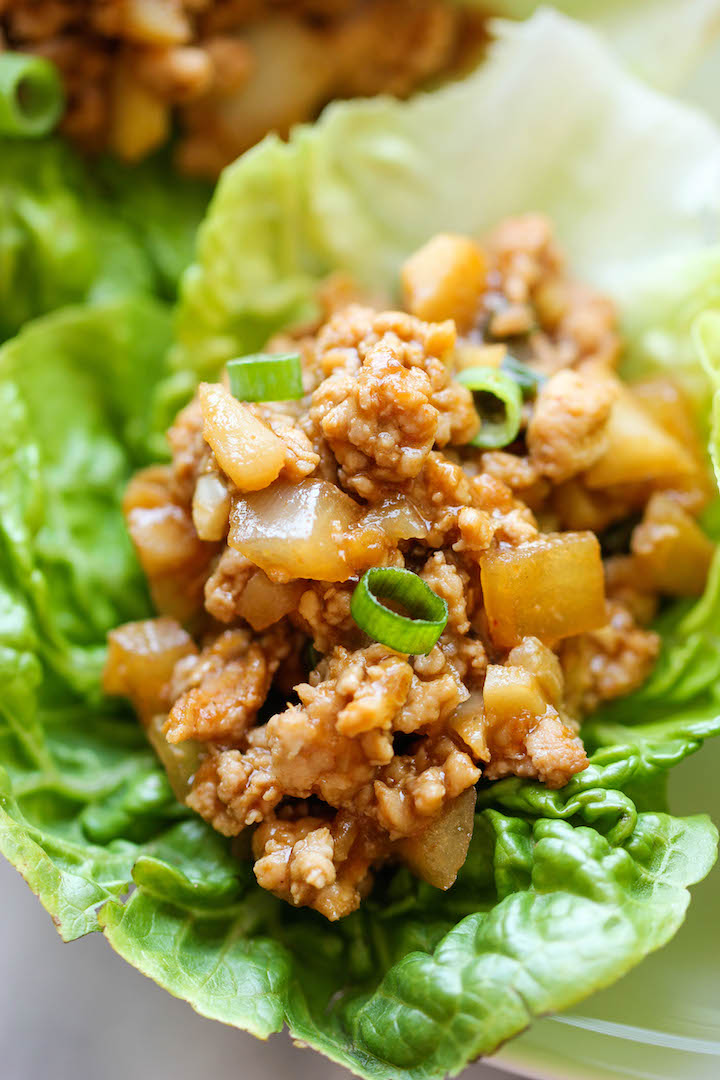
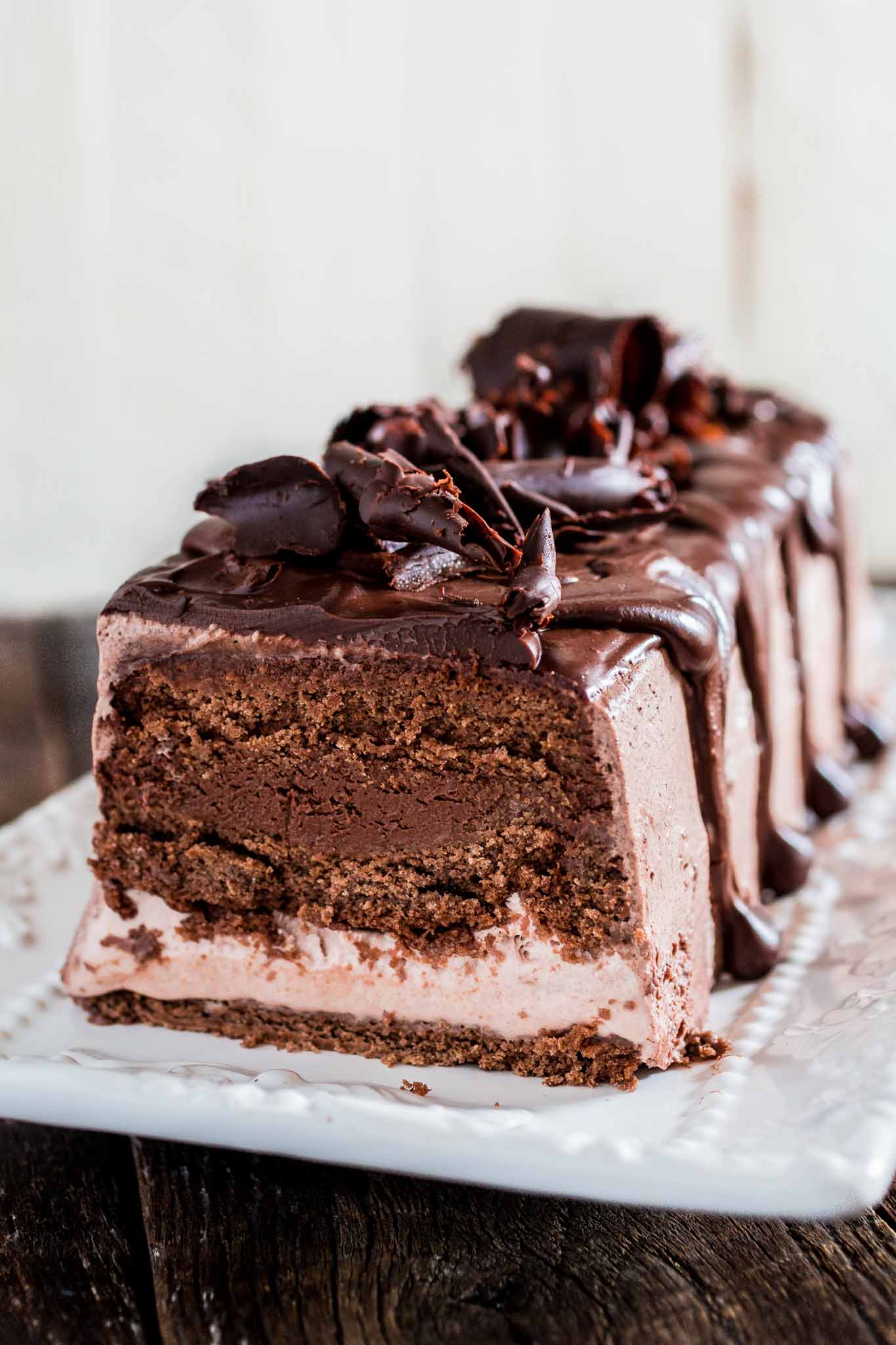
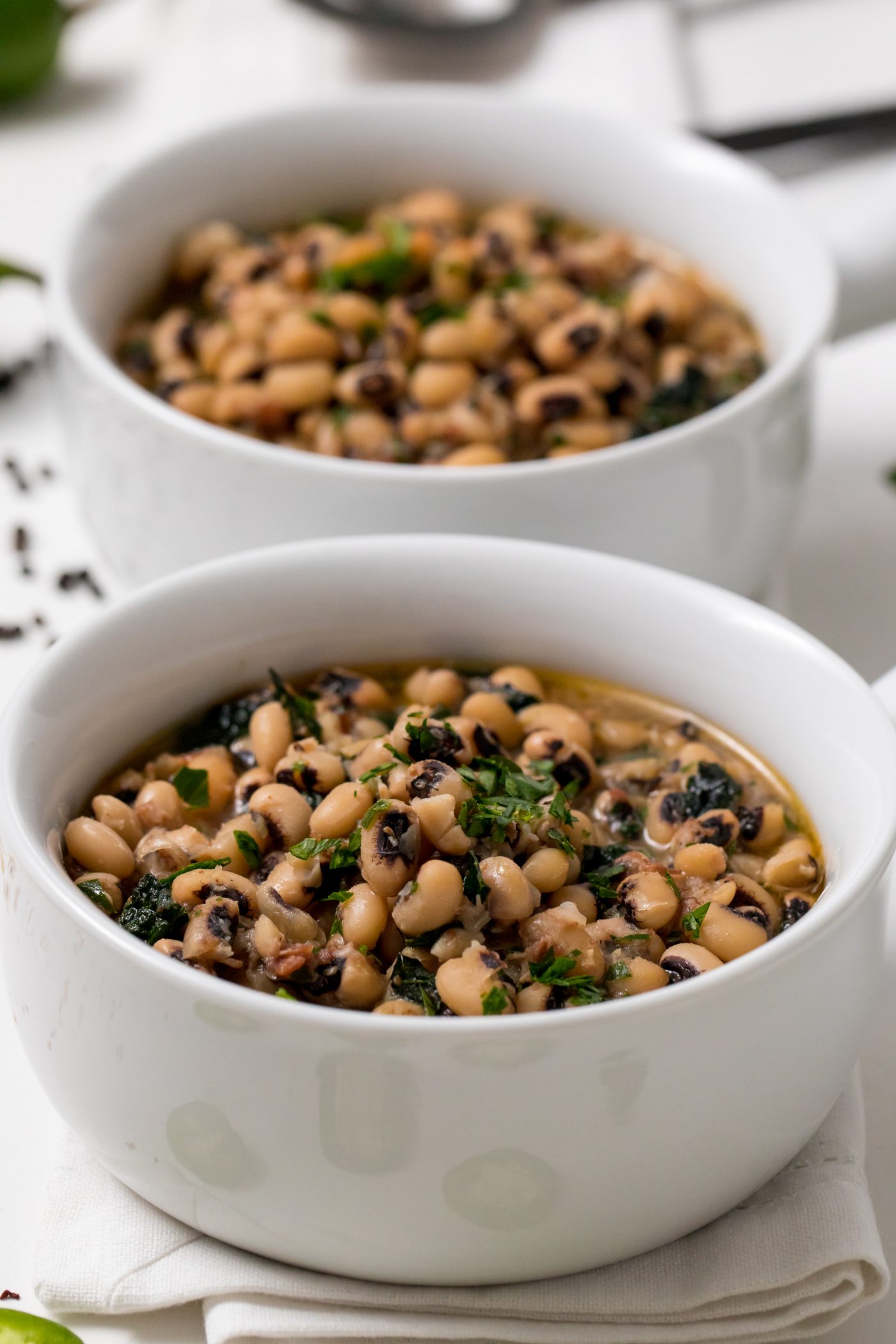


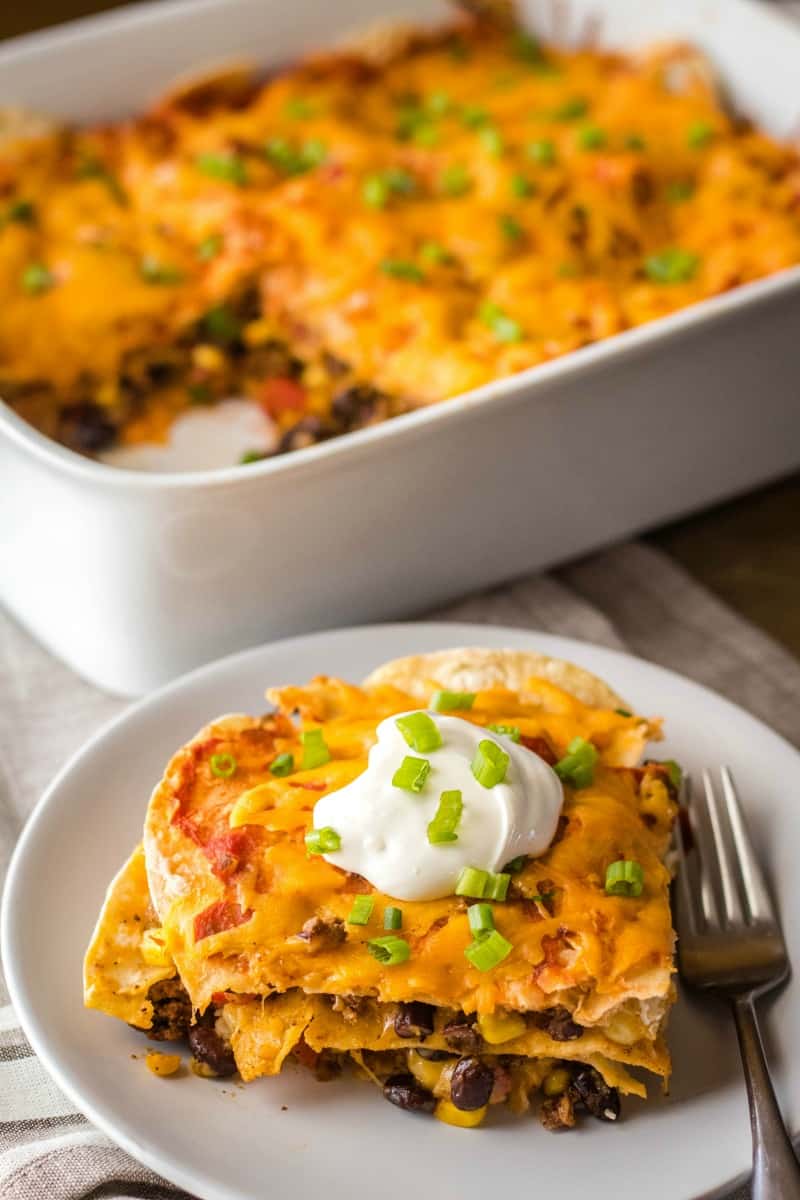

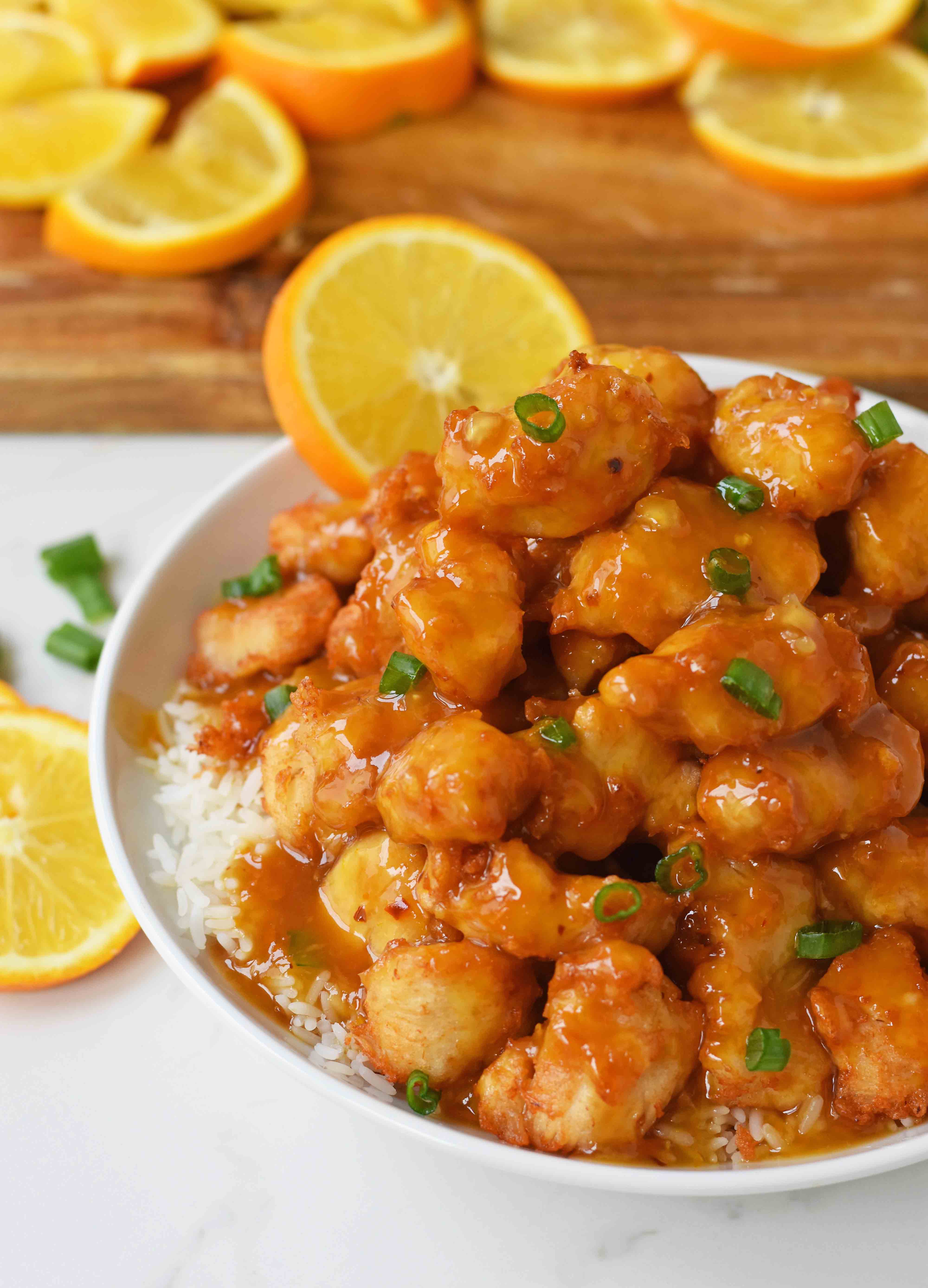




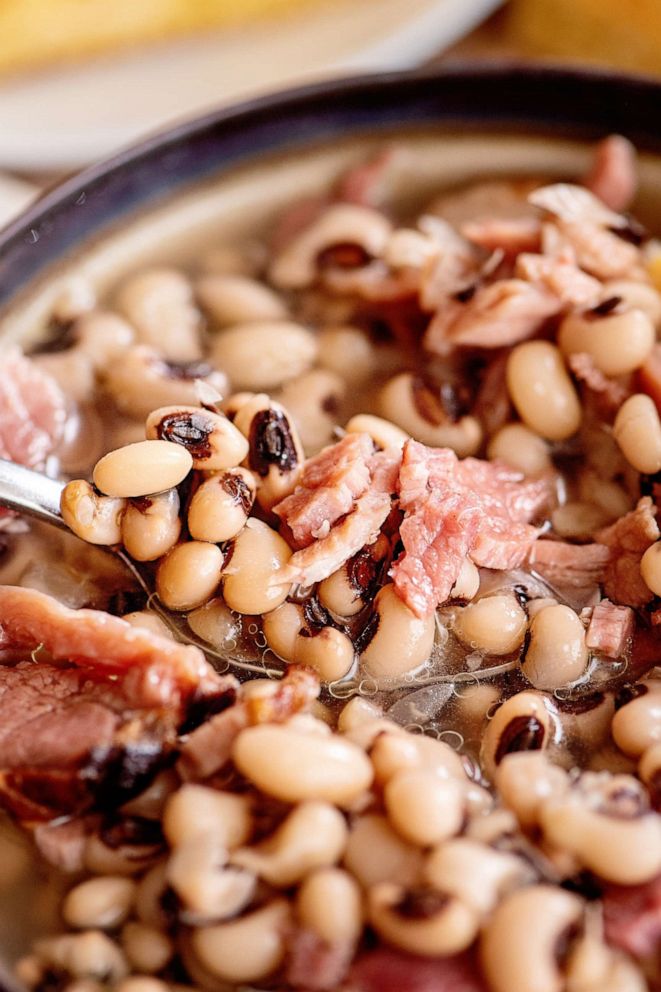
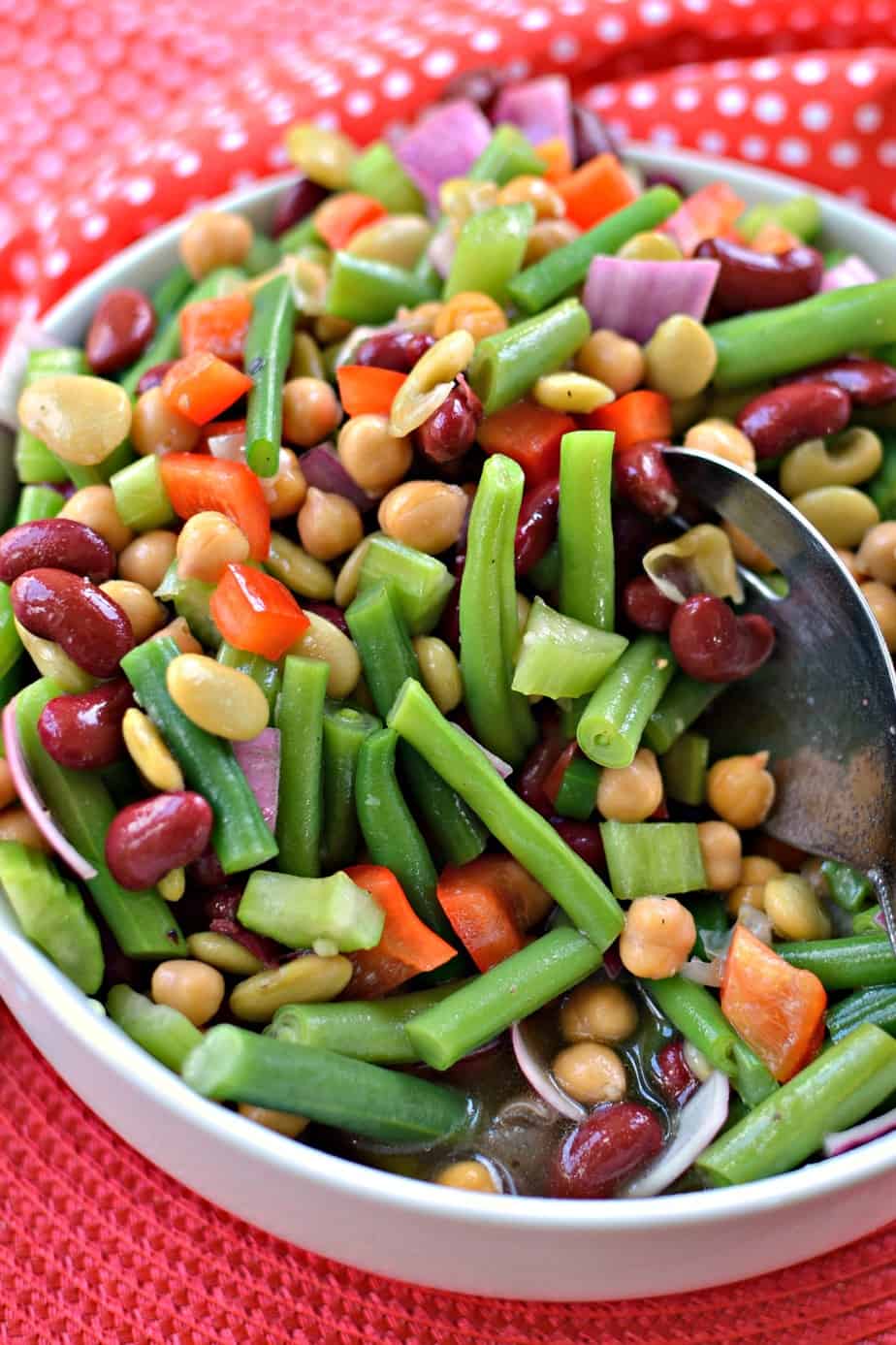
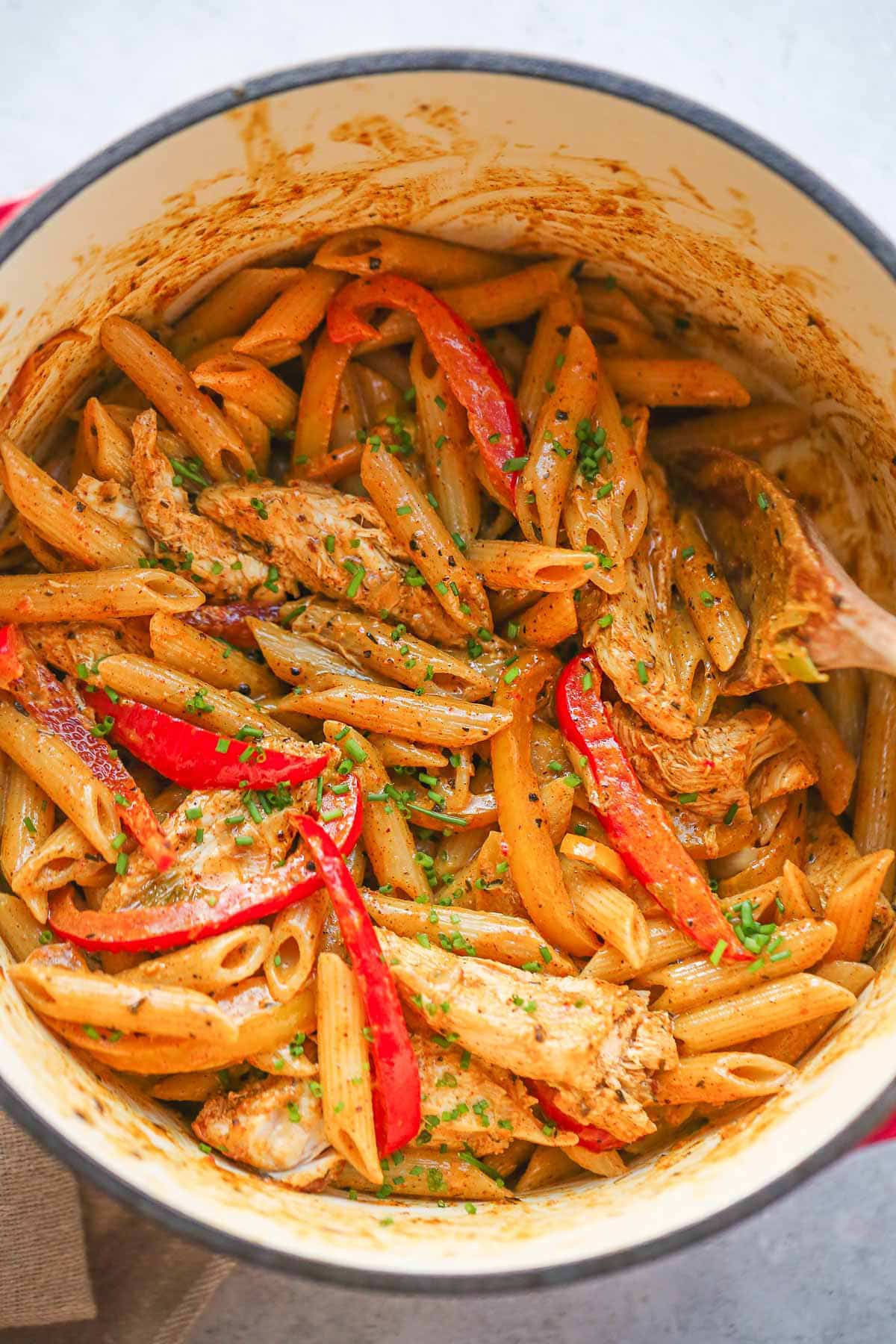
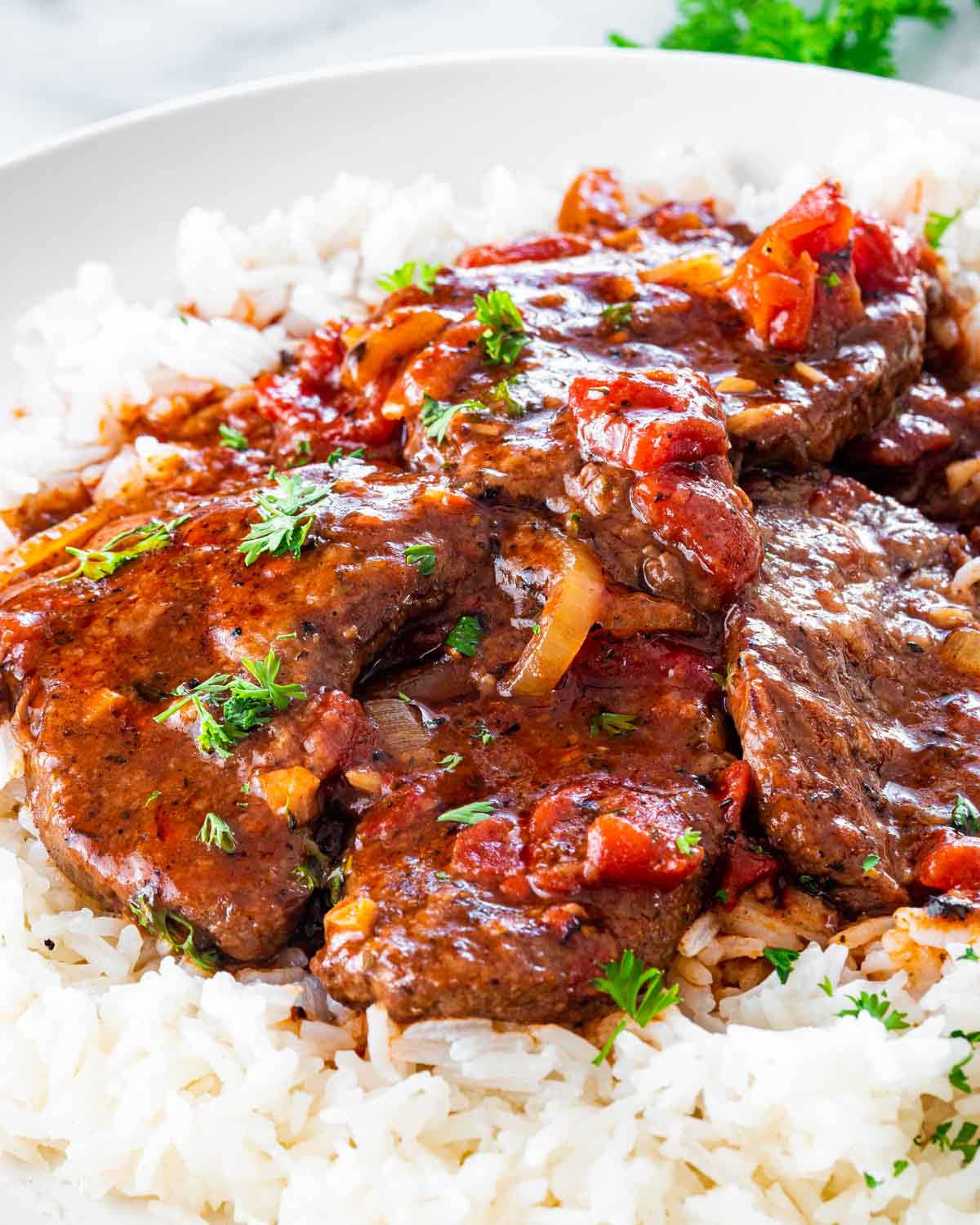

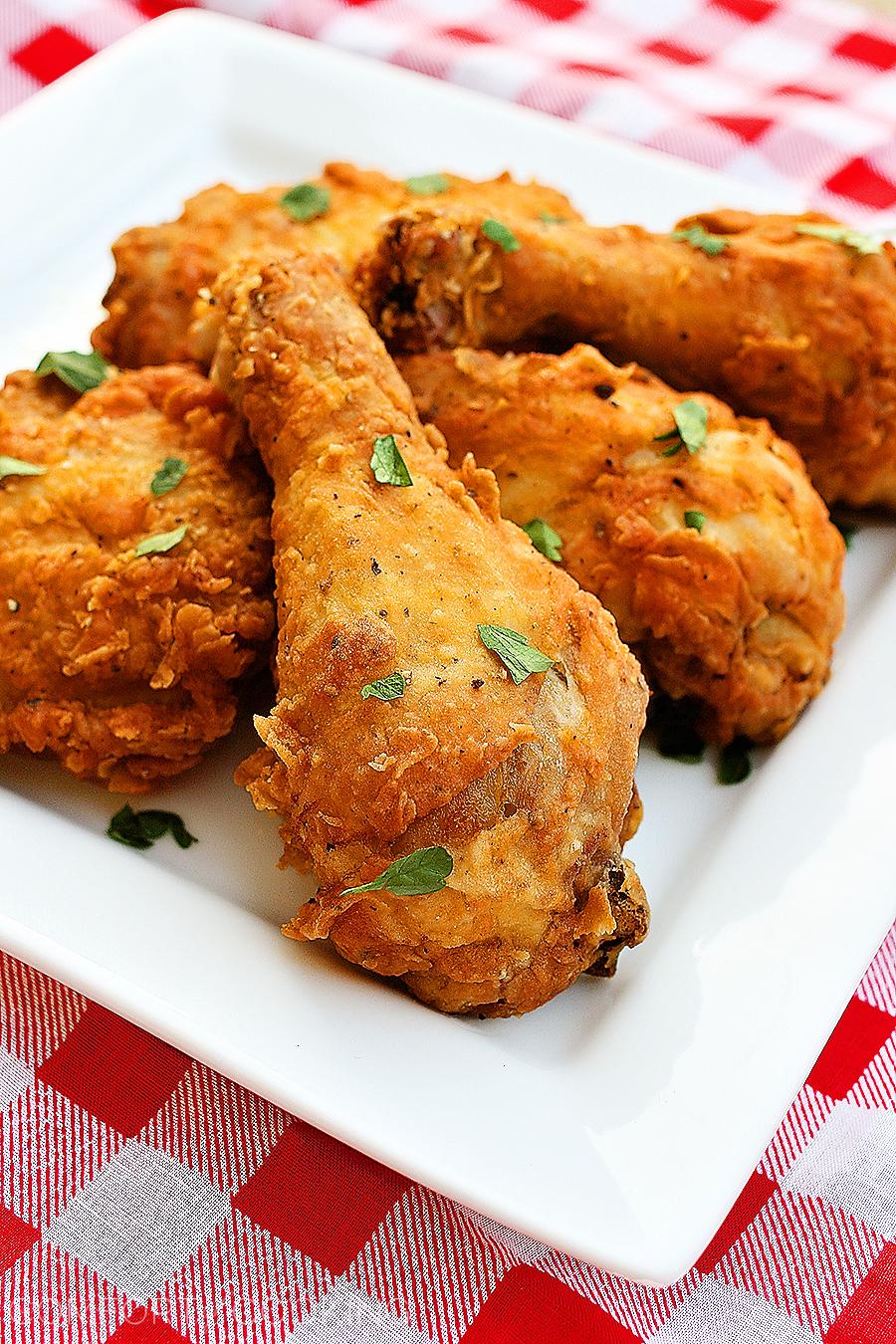



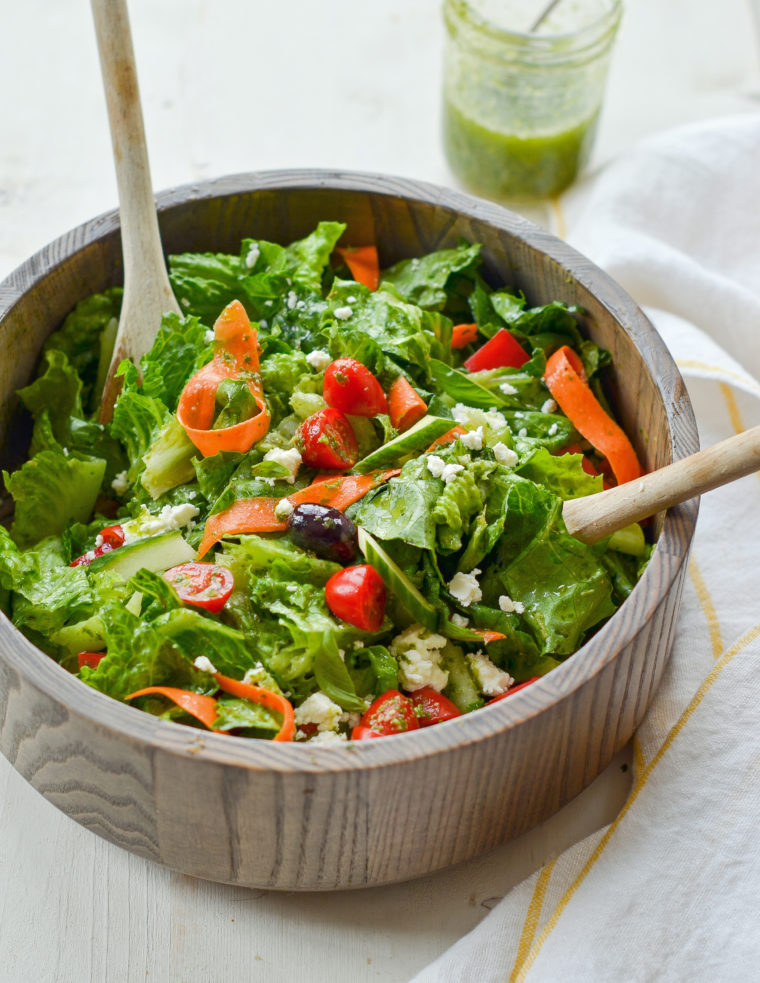

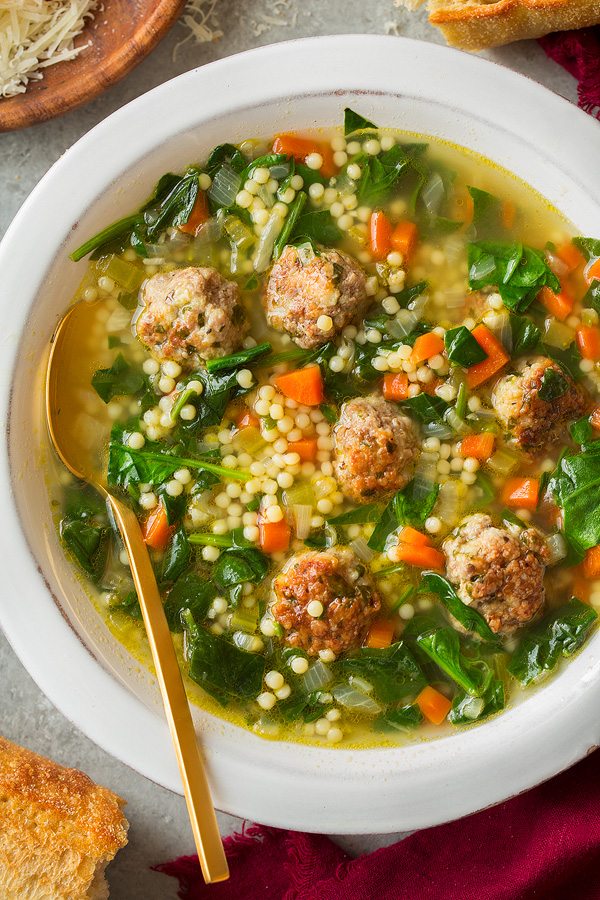
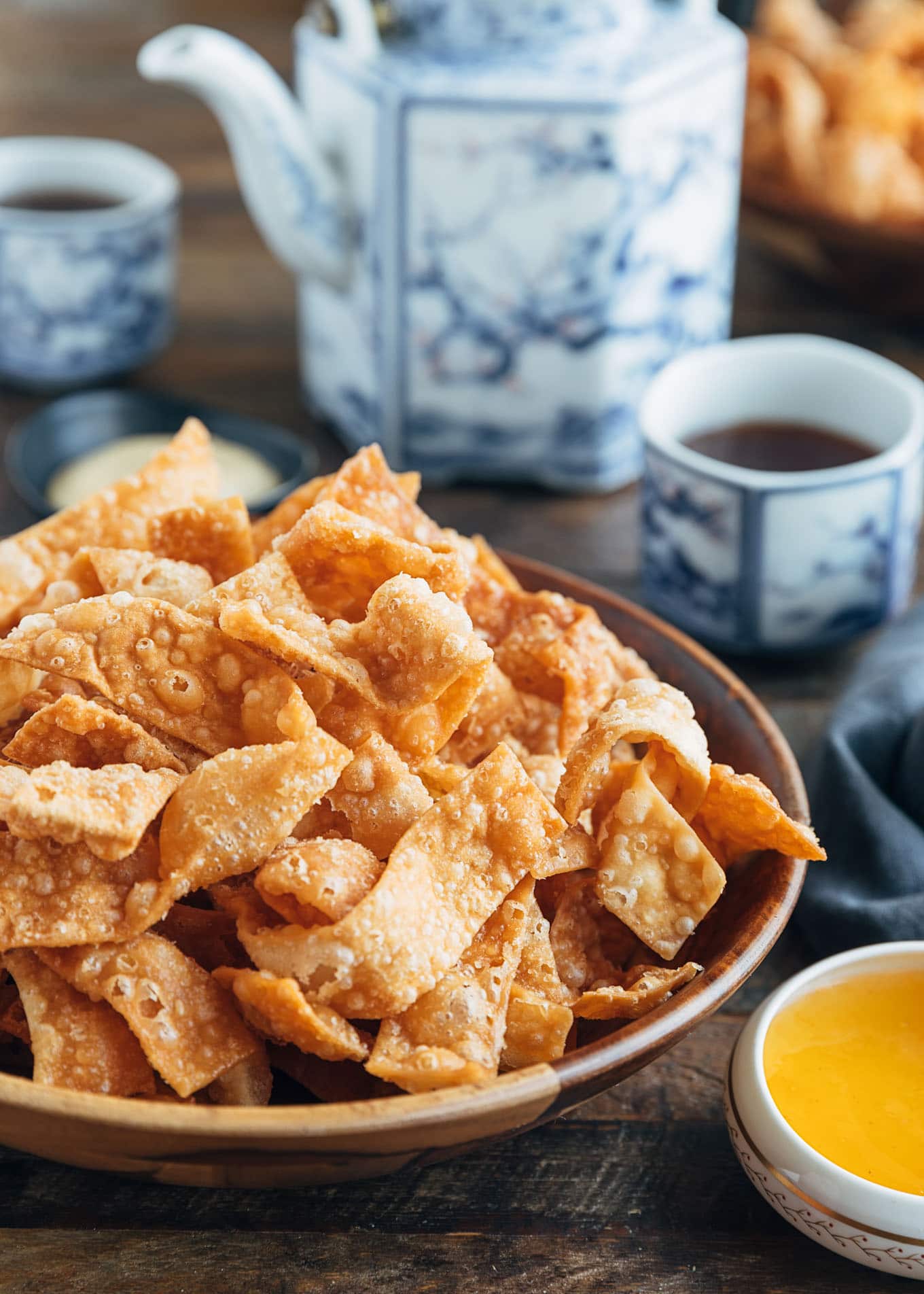
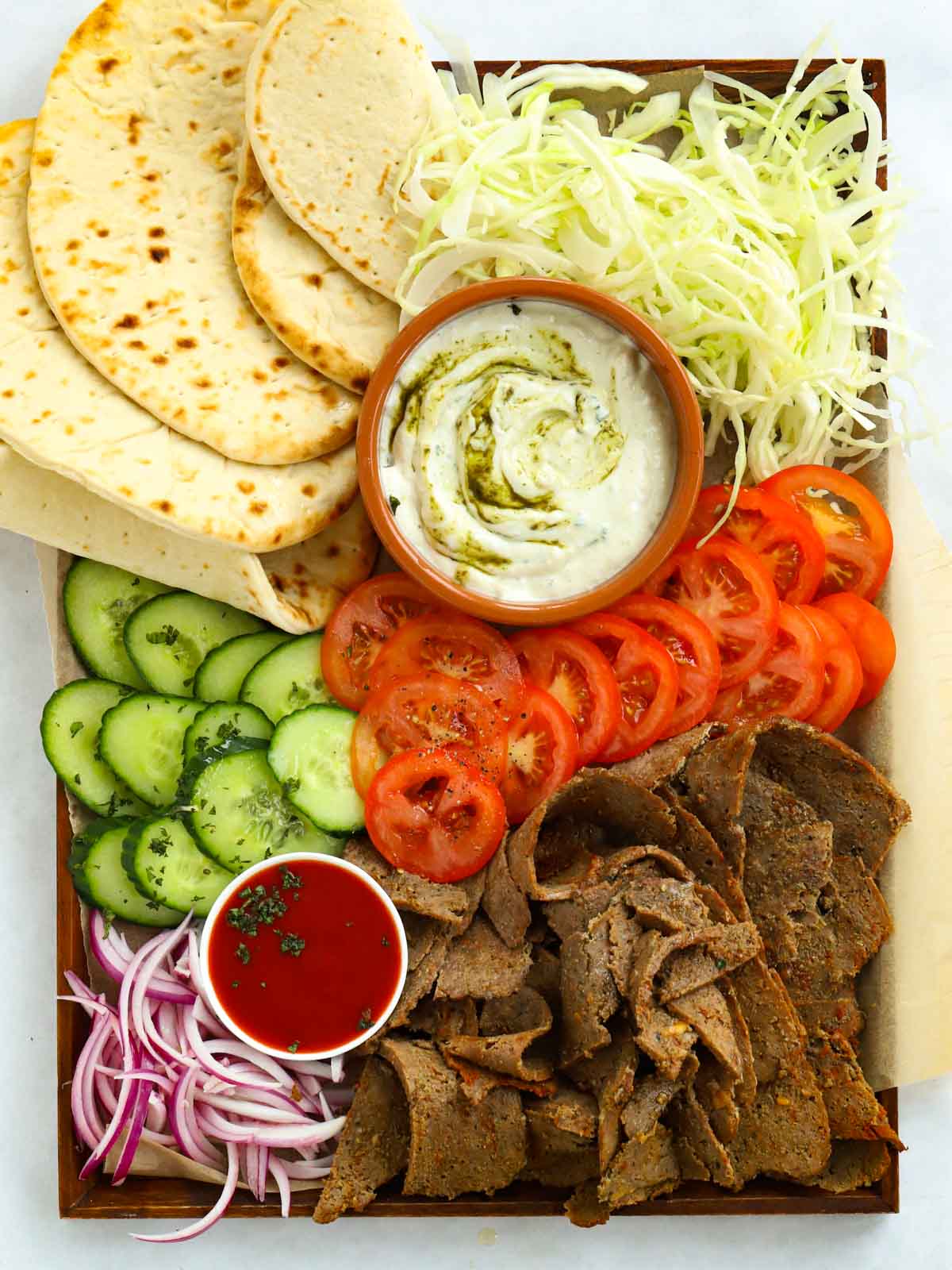
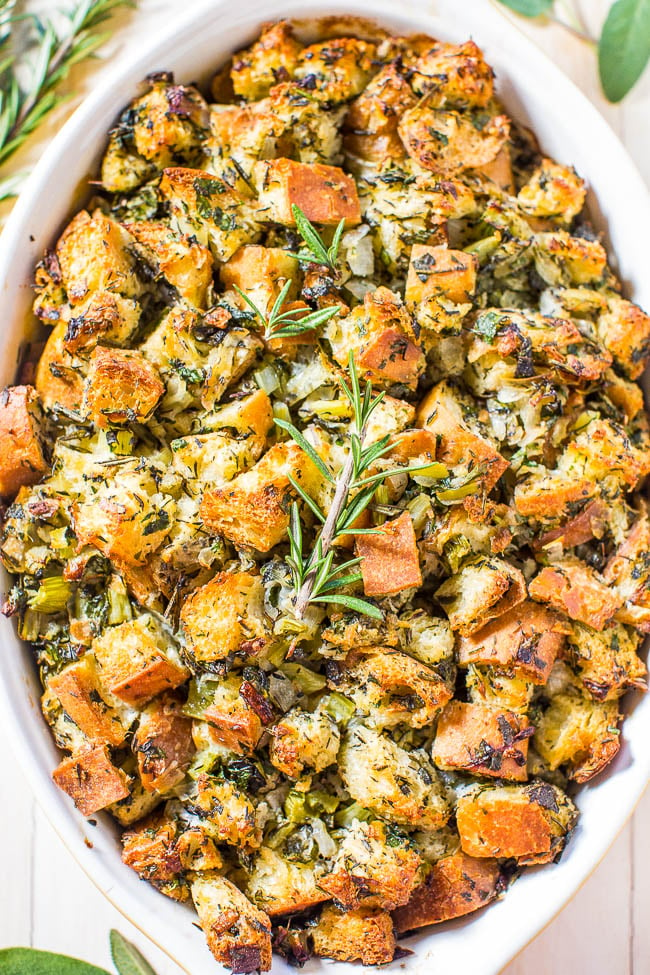
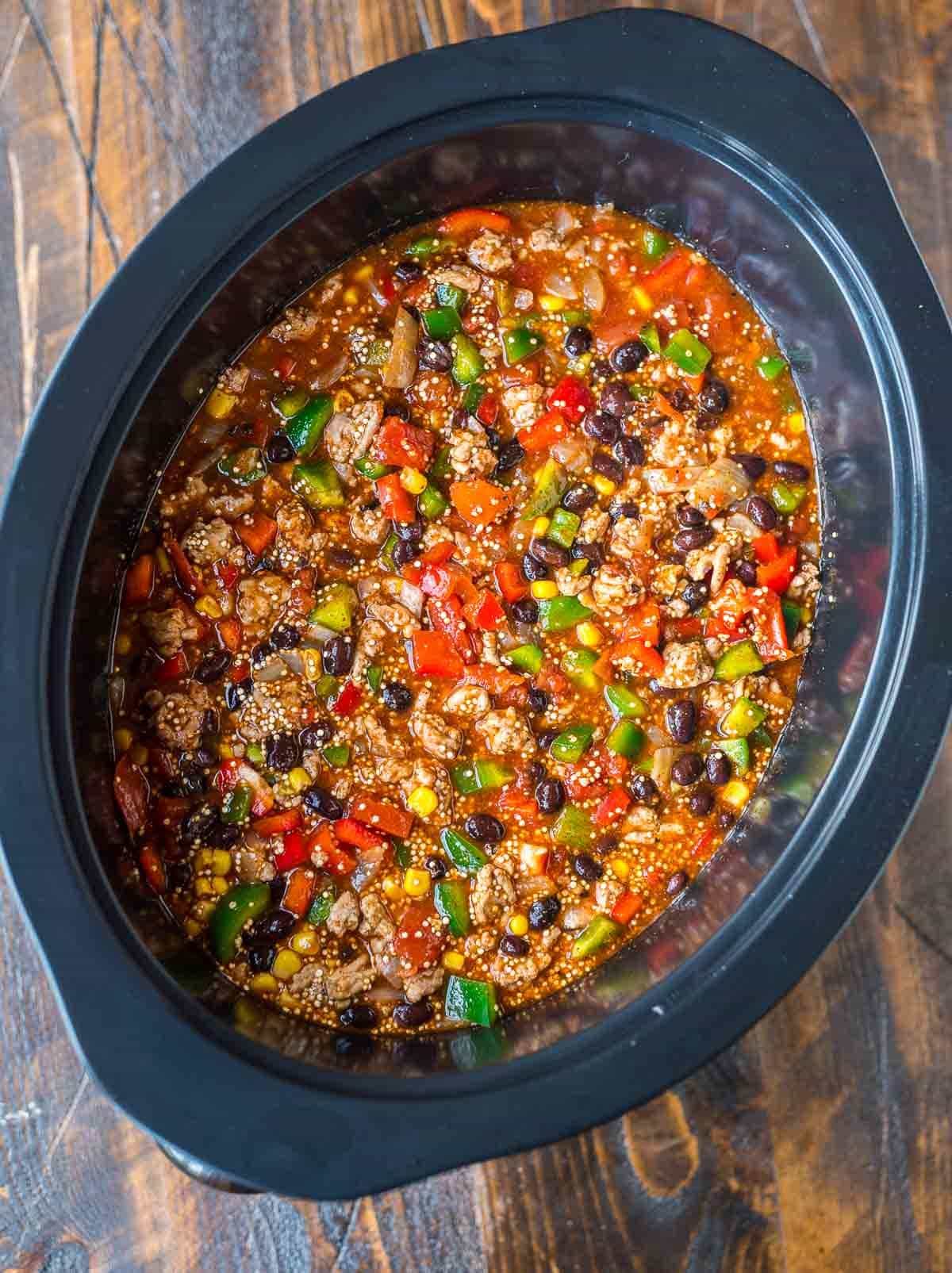

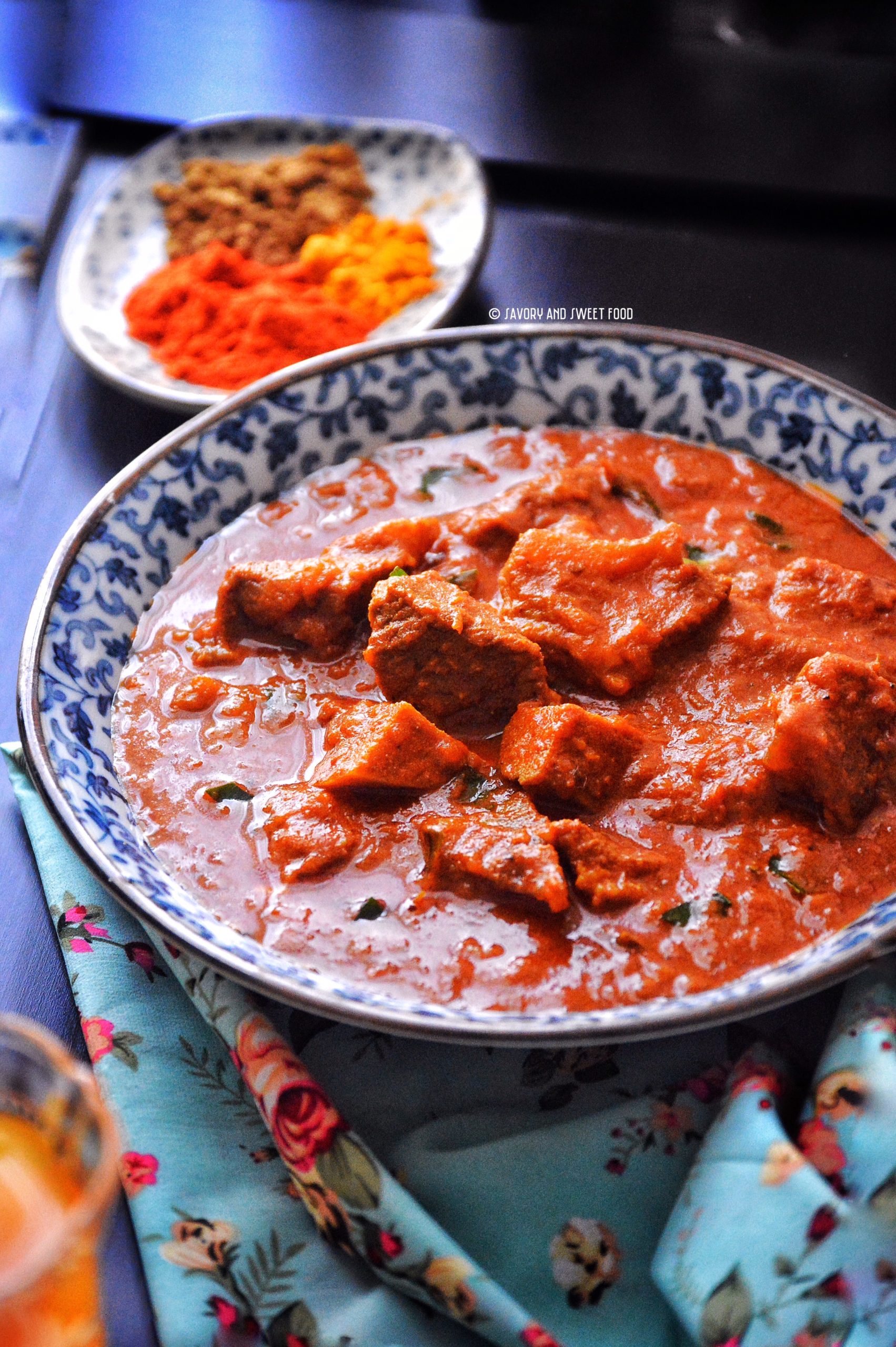



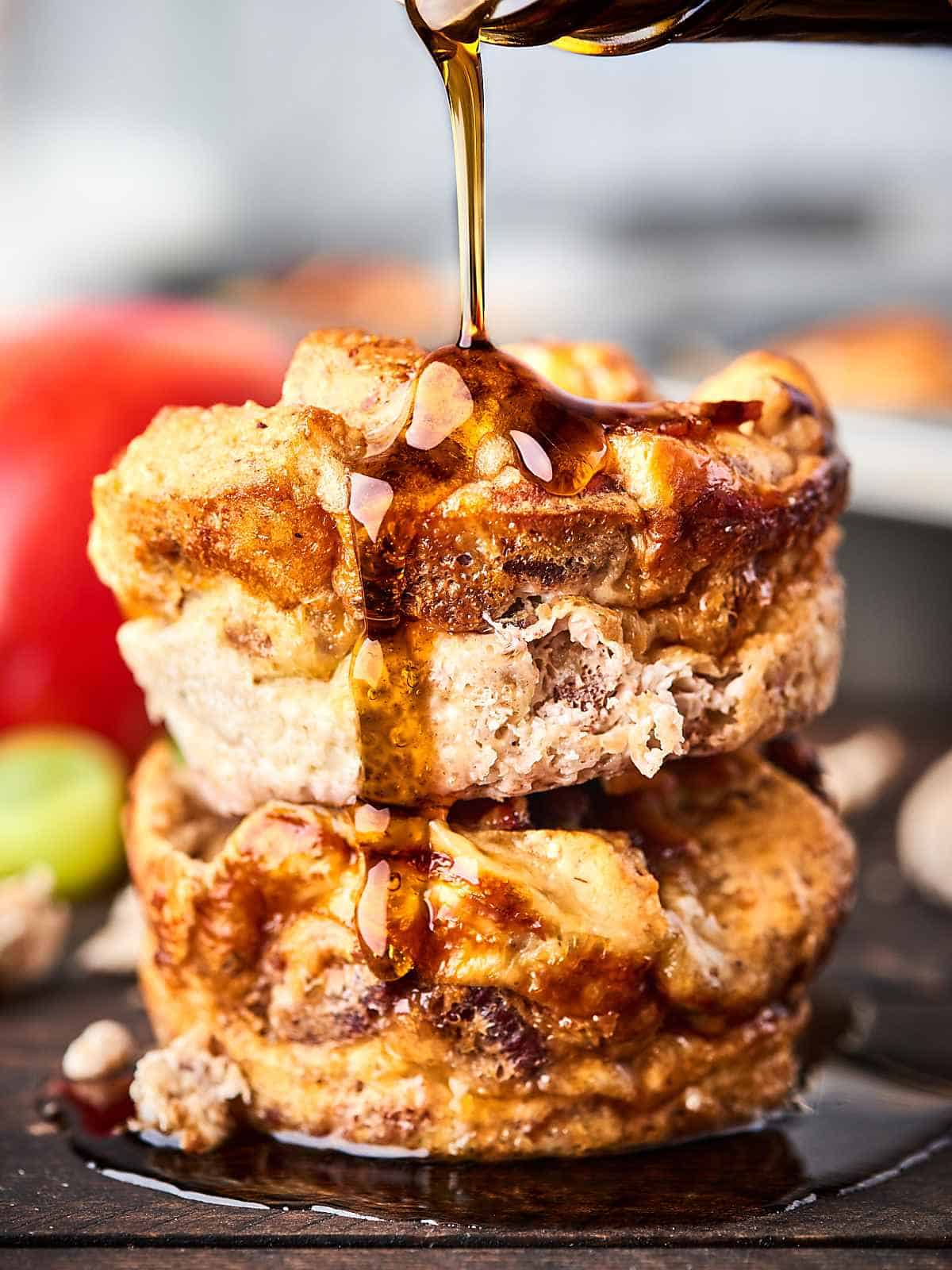

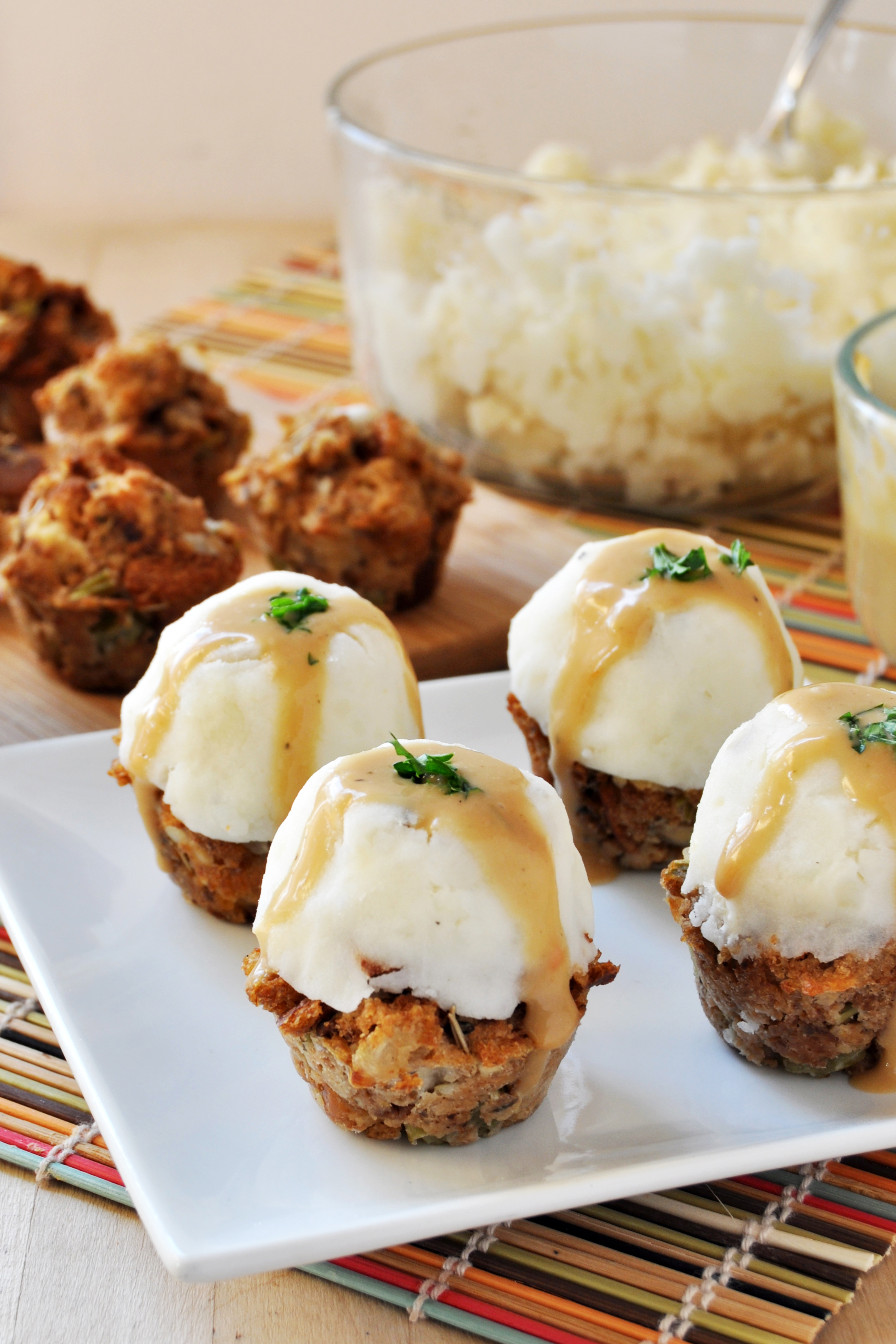


:format(jpeg):mode_rgb():quality(90)/discogs-images/R-1313884-1473737299-8445.jpeg.jpg)
